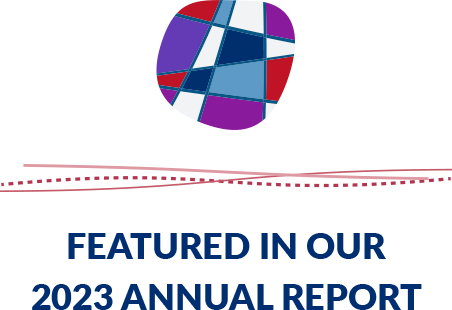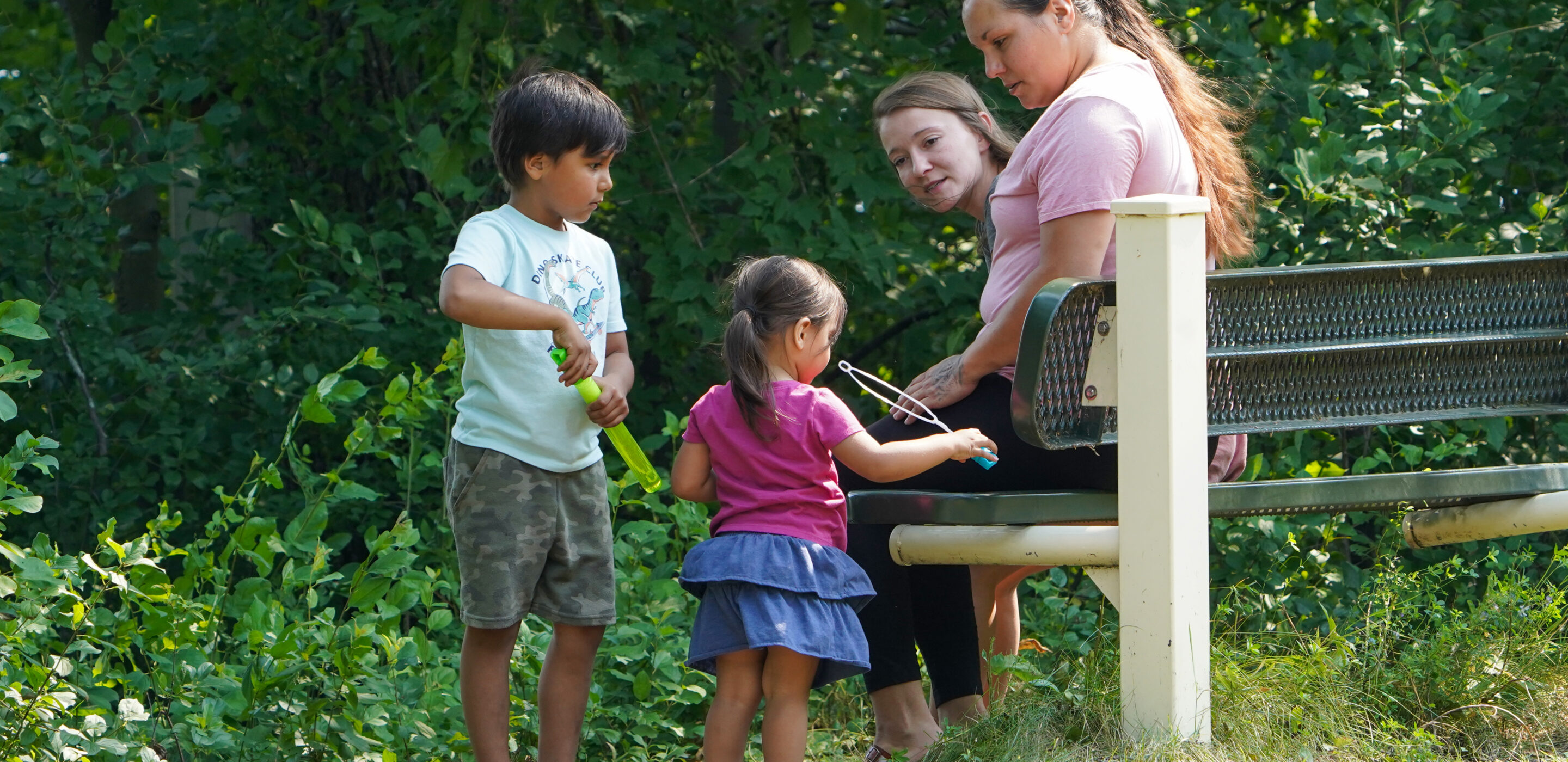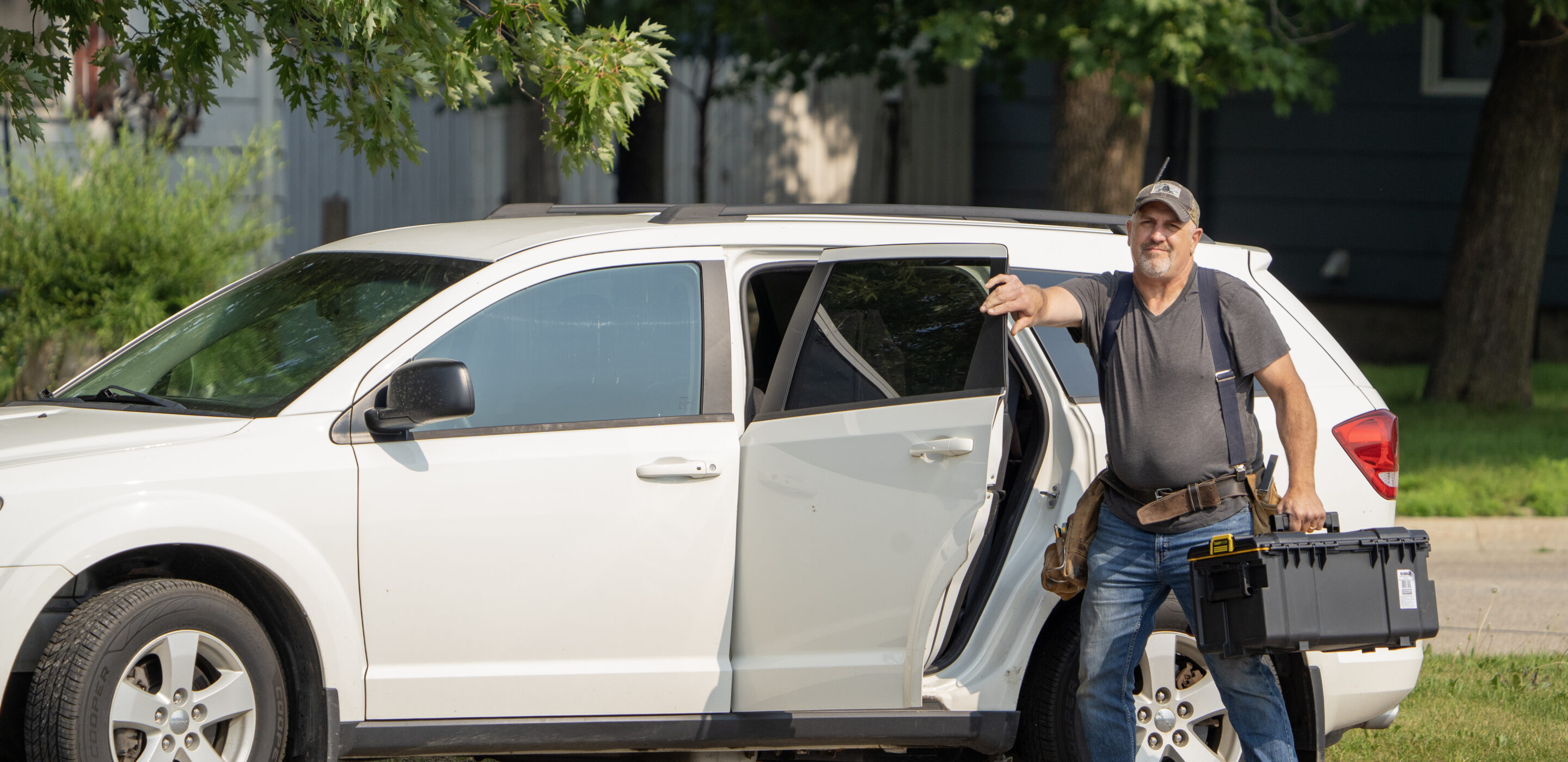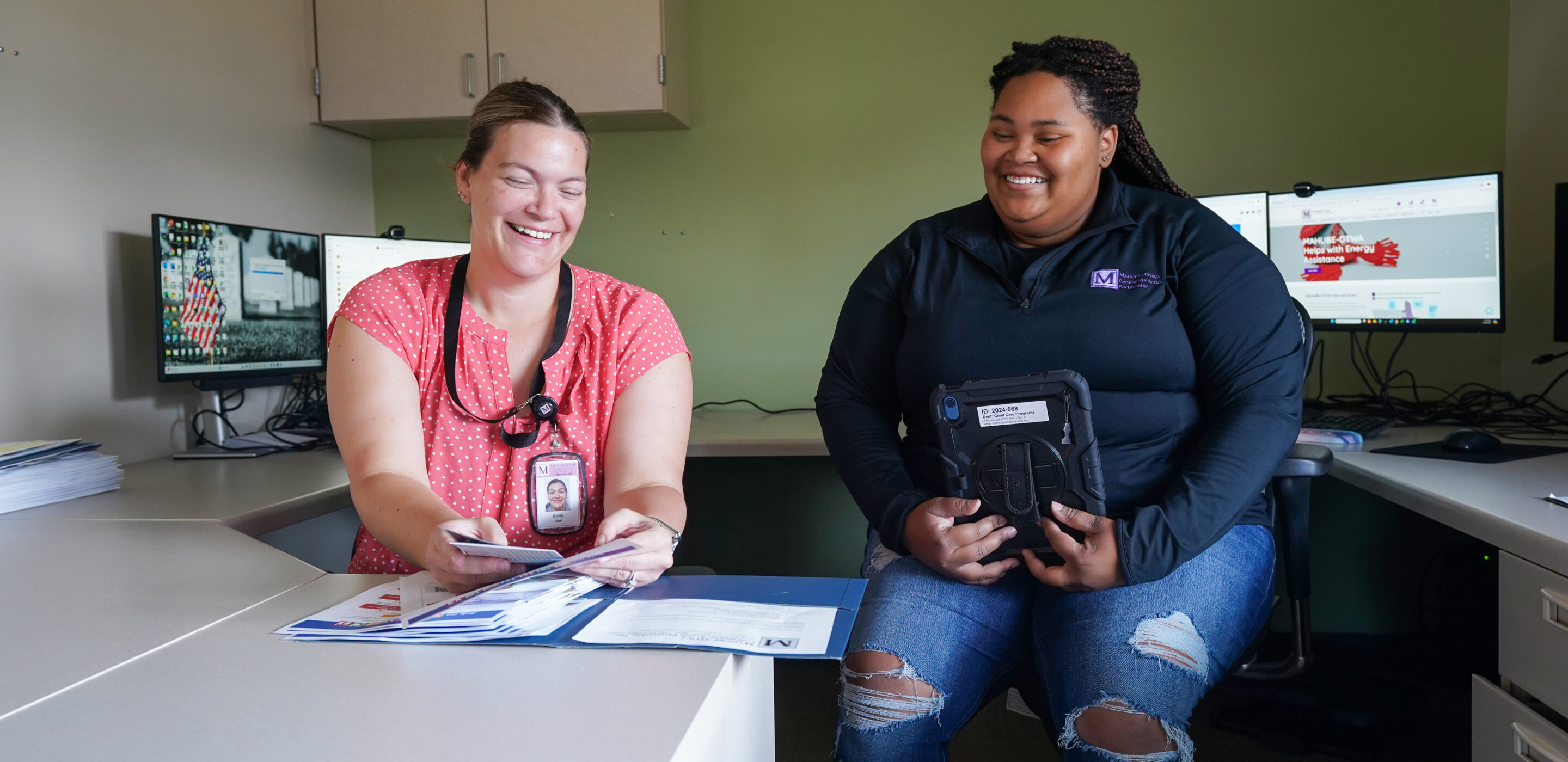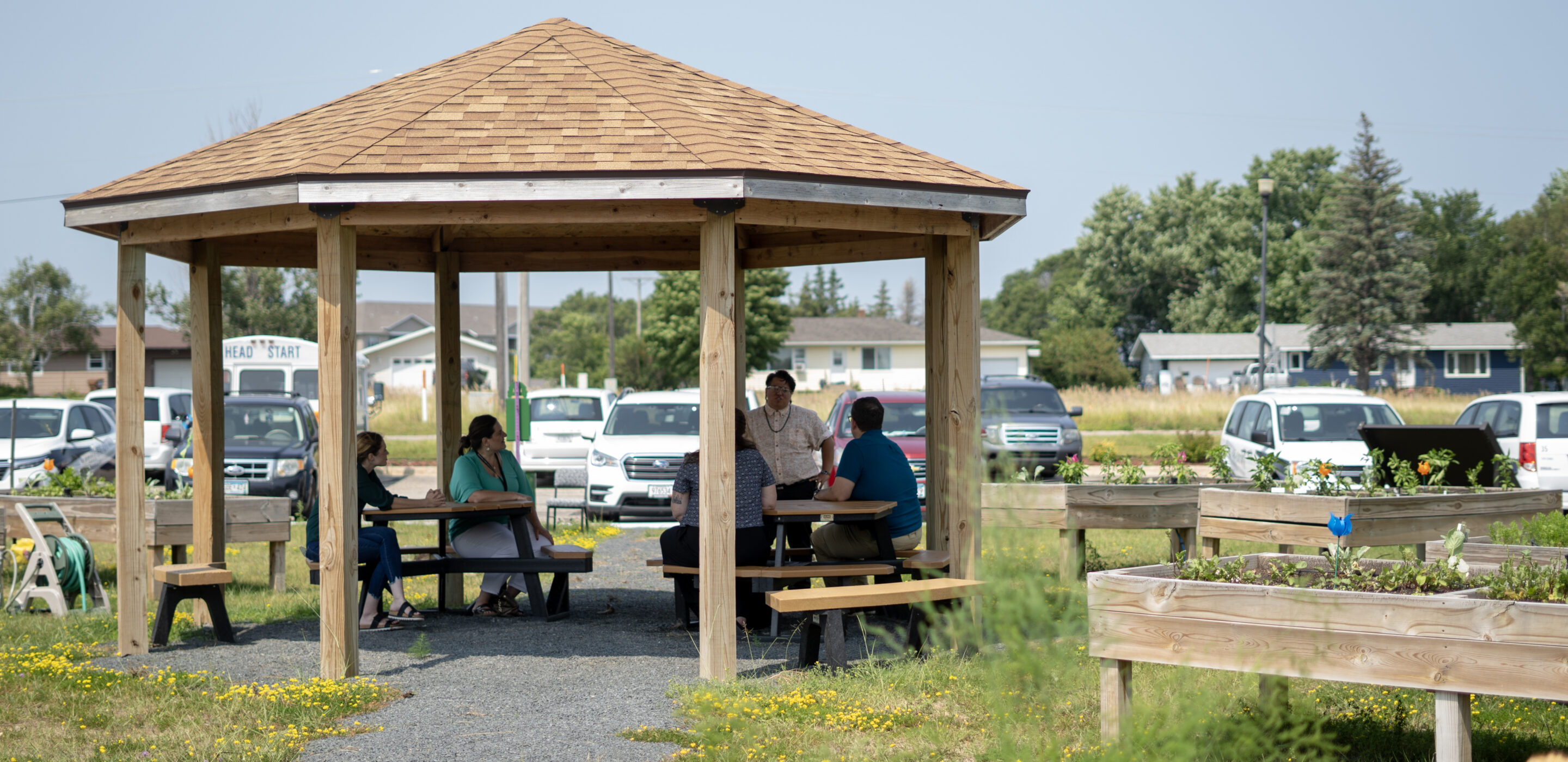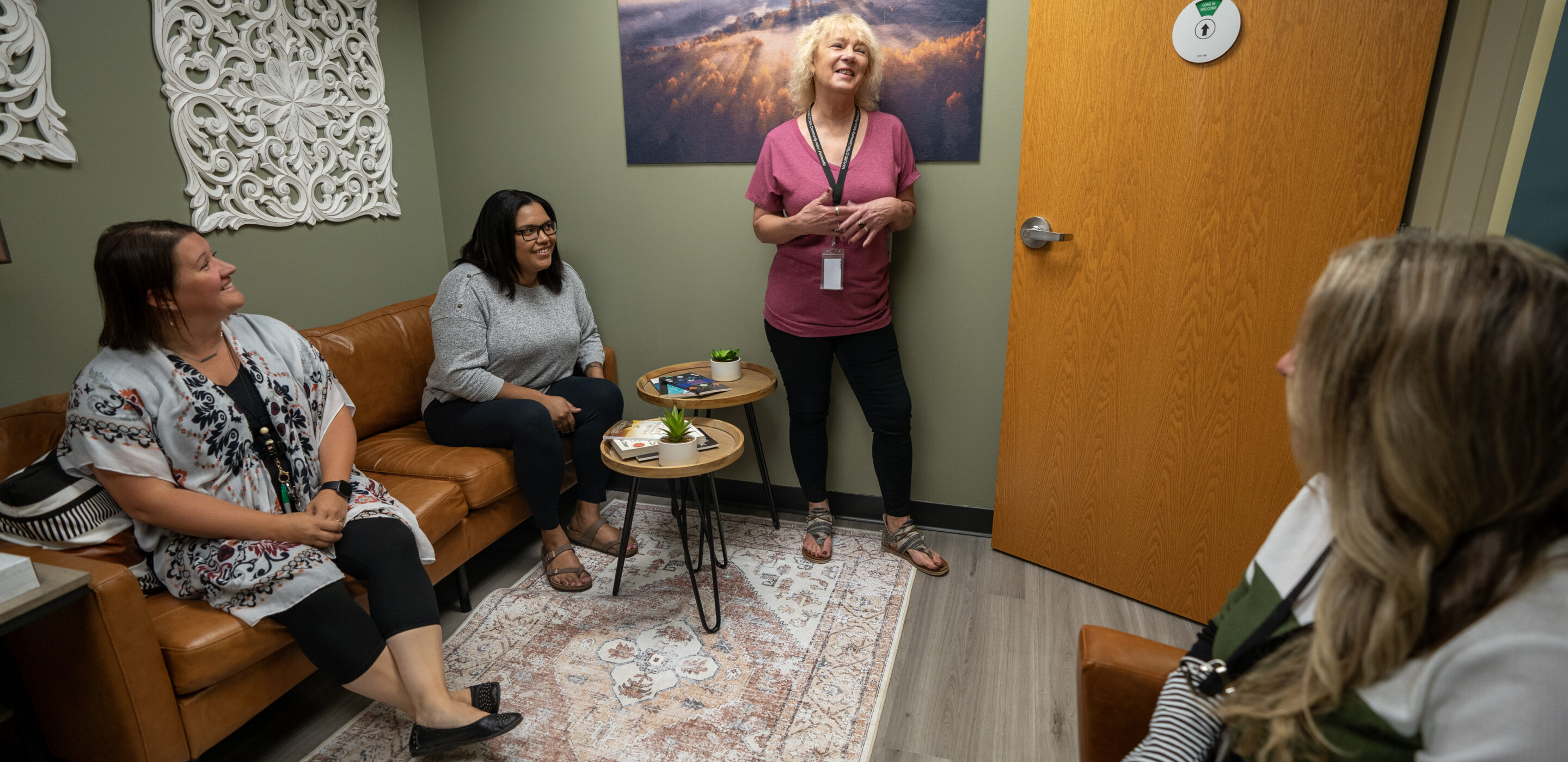Power of
Connection
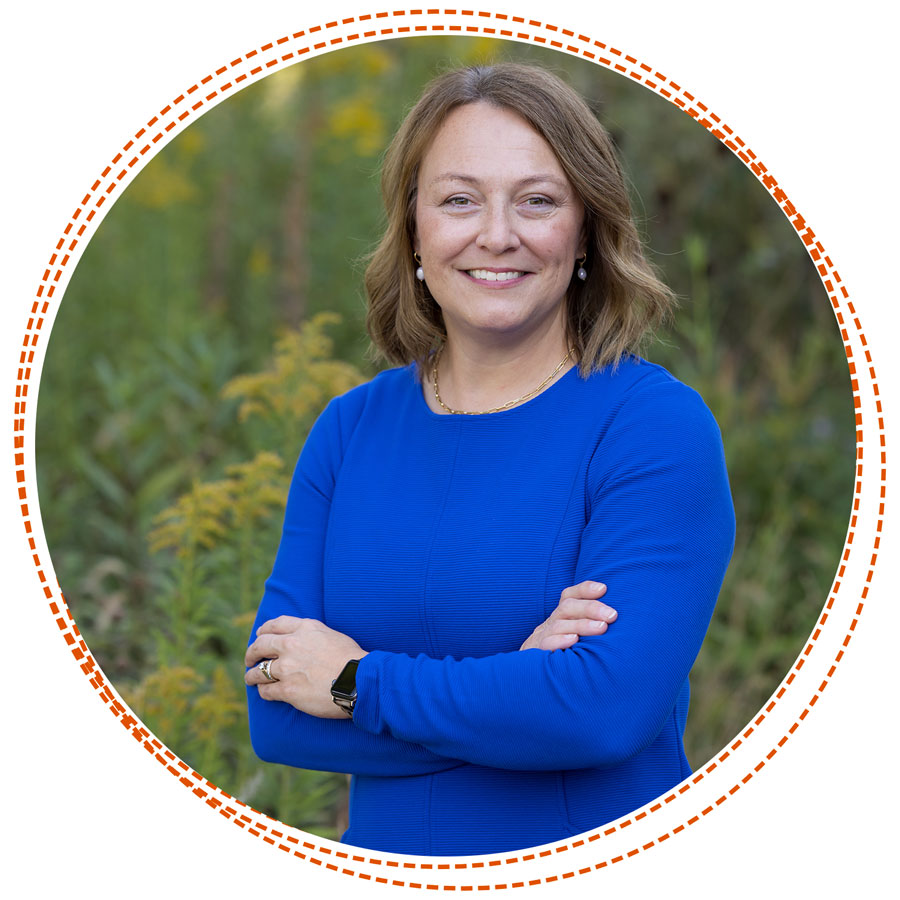
Power of Connection
While 2023 saw MACP navigate transition, and the world around us inevitably shifted and changed, engaged relationships with our grantee partners remained essential, and the work of those partners continued to address critical needs in communities around the globe, across the country, and in our home state of Minnesota.
In this report, you’ll read stories of that work, from disaster preparedness in El Salvador, and community-based conservation in Southern Africa, to organizations stateside that are caring for older adults in rural communities and injured wildlife in the Northern U.S. In Minnesota, we funded efforts ranging from food shelves in rural and Twin Cities communities, to culturally-centered wellness approaches and support for immigrant and refugee communities, to work in rural and tribal communities centered on multi-generational upward mobility.

Remaining steadfast through transition
It was my honor to become President of this organization in April 2023, following the retirement of Paul Busch as our President & CEO. I am deeply grateful to both Paul, who remains a Board Member, and to Christy Morse, our founding CEO and current Board Chair, whose leadership built a solid foundation for MACP rooted in the legacy of our founder Margaret Cargill. Their vision, perseverance, and humility set the direction for our work together, and I look forward to stewarding that vision into the future.
Members of our senior leadership team took on expanded roles in 2023 with the promotions of Liz Borer to General Counsel and Secretary of the Boards; Ted Chen to Vice President, Equity, Culture, and Learning; Kim Christianson to Vice President, Human Resources and Administration; and Amber Rudell to Vice President, Strategic Planning. Each leads initiatives vital to our future success, and we are grateful for their leadership and commitment to our teams.
In June, we marked a milestone, passing the $3 billion mark in cumulative grantmaking across our foundations. Also this year, Elizabeth Sullivan announced her retirement after ten years of leadership within our program teams, including six as Managing Director, Programs, and we gratefully welcomed Antonia Hernández to our Akaloa Program Committee.
Through ever-present growth and change, our strong partnerships and connections remain. The following stories reflect how our partners and their work truly make a difference for communities.
With Gratitude,
Heather

We paid 346 grants for a total of $330.53 million in 2023. Our connections with grantees continued to deepen, and we welcomed many new partnerships.

Paid in 2023
in 2023
MACP Assets
Activity in 2023
(in Months) of 2023 Grants
Renewals vs. New Grants

Our Domains
Our funding spans seven program areas, which we call domains. The domains are connected through common approaches and a broad network to achieve impact at the sector, organizational, community, and individual levels.
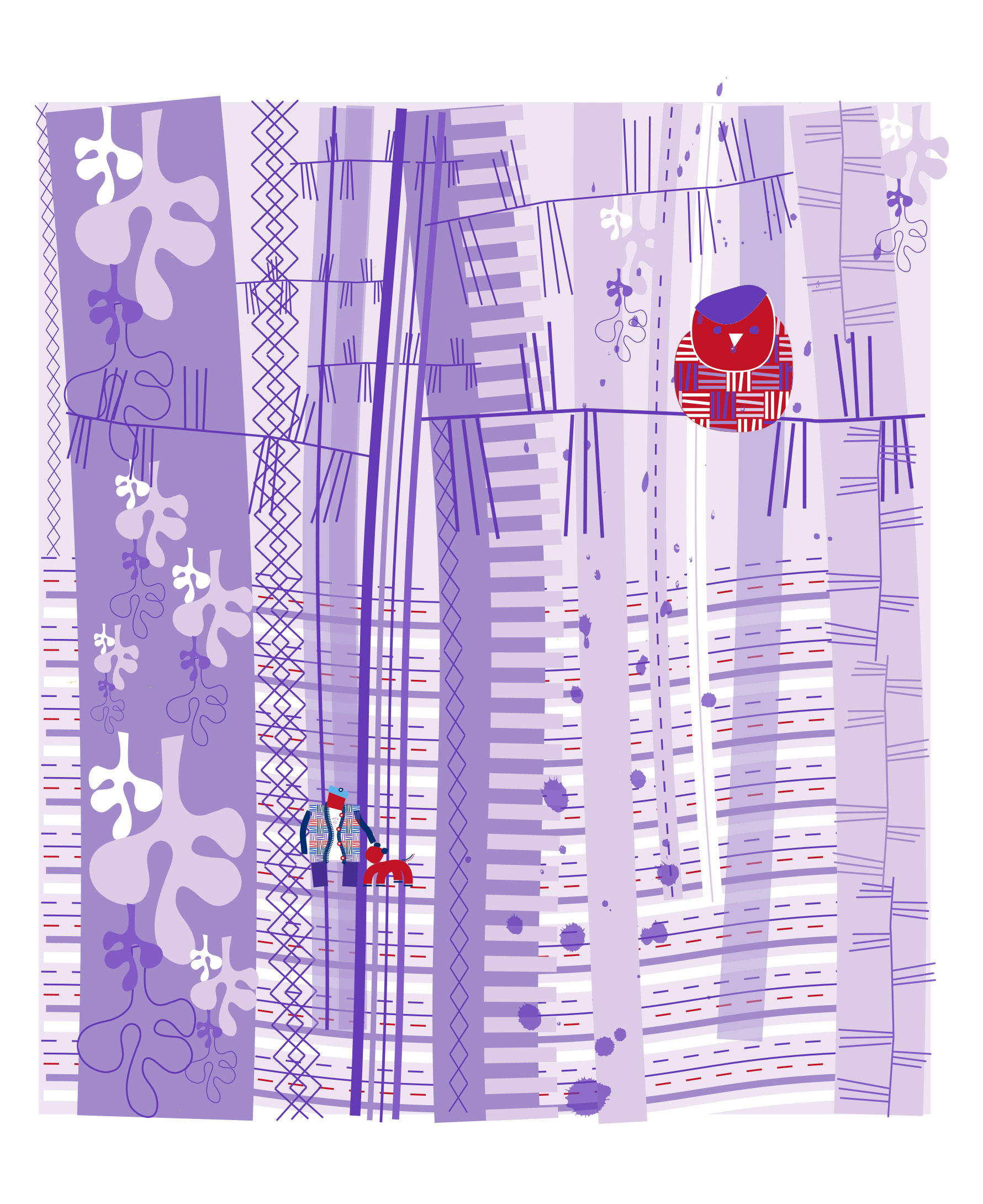
Animal Welfare
We focus on the wellbeing of domestic animals and injured wild animals, and ways to increase empathy toward animals among children and adults.
Programs:
- Care for Companion Animals
- Empathy & Compassion for Animals
- Wildlife Rehabilitation

Margaret Cargill dearly loved animals, including both companion animals and wildlife.
Partners for Wildlife at The Raptor Center connects wildlife rehabilitators to resources, providing mentorship and peer-to-peer learning.
A supportive and connected community goes a long way to ensure these rehabilitators can access resources and support to continue doing their best work in service of wildlife.

Paid in 2023
Payments in 2023
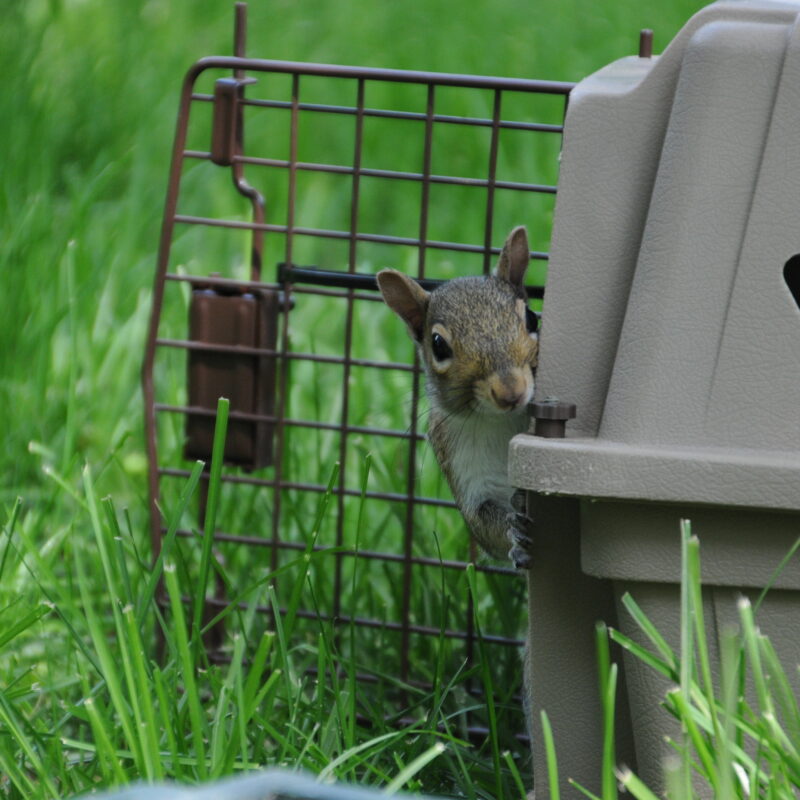
Building connections and community in support of wildlife
Caring and passionate wildlife rehabilitators often work in isolation and with little formal training or support as they help injured and orphaned wild animals. Partners for Wildlife connects rehabilitators to resources, providing mentorship and peer-to-peer learning.
By investing in the people caring for wildlife, Partners for Wildlife is contributing to better outcomes for wild animals across the United States.

Building connections and community in support of wildlife
Caring and passionate wildlife rehabilitators often work in isolation and with little formal training or support as they help injured and orphaned wild animals. Partners for Wildlife connects rehabilitators to resources, providing mentorship and peer-to-peer learning.
By investing in the people caring for wildlife, Partners for Wildlife is contributing to better outcomes for wild animals across the United States.
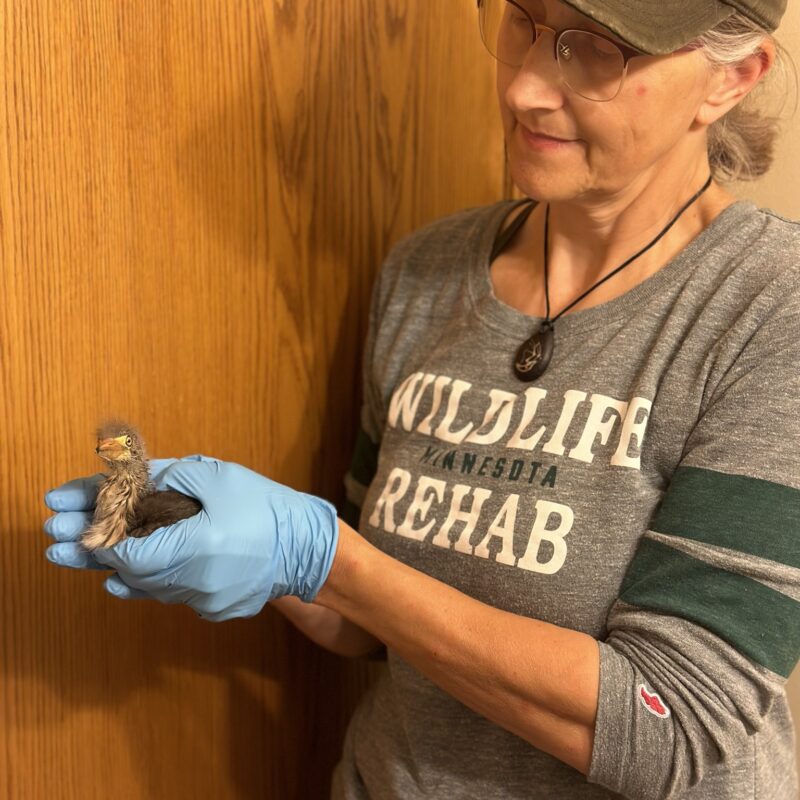
Courtesy of The Raptor Center
“I have been rehabilitating Minnesota wildlife out of my home since 2001. In my case, I found my way into this work on my own, and to this day I pay for almost all of my own supplies and activities. You’ll find stories like mine are very common in our field.”
– Gail Buhl, Partnership Coordinator at Partners for Wildlife
As a licensed rehabilitator herself, Gail Buhl knows how rewarding and challenging caring for wildlife can be. Since 2018, Gail has been the Partnership Coordinator for Partners for Wildlife, which is a program by The Raptor Center at the University of Minnesota.
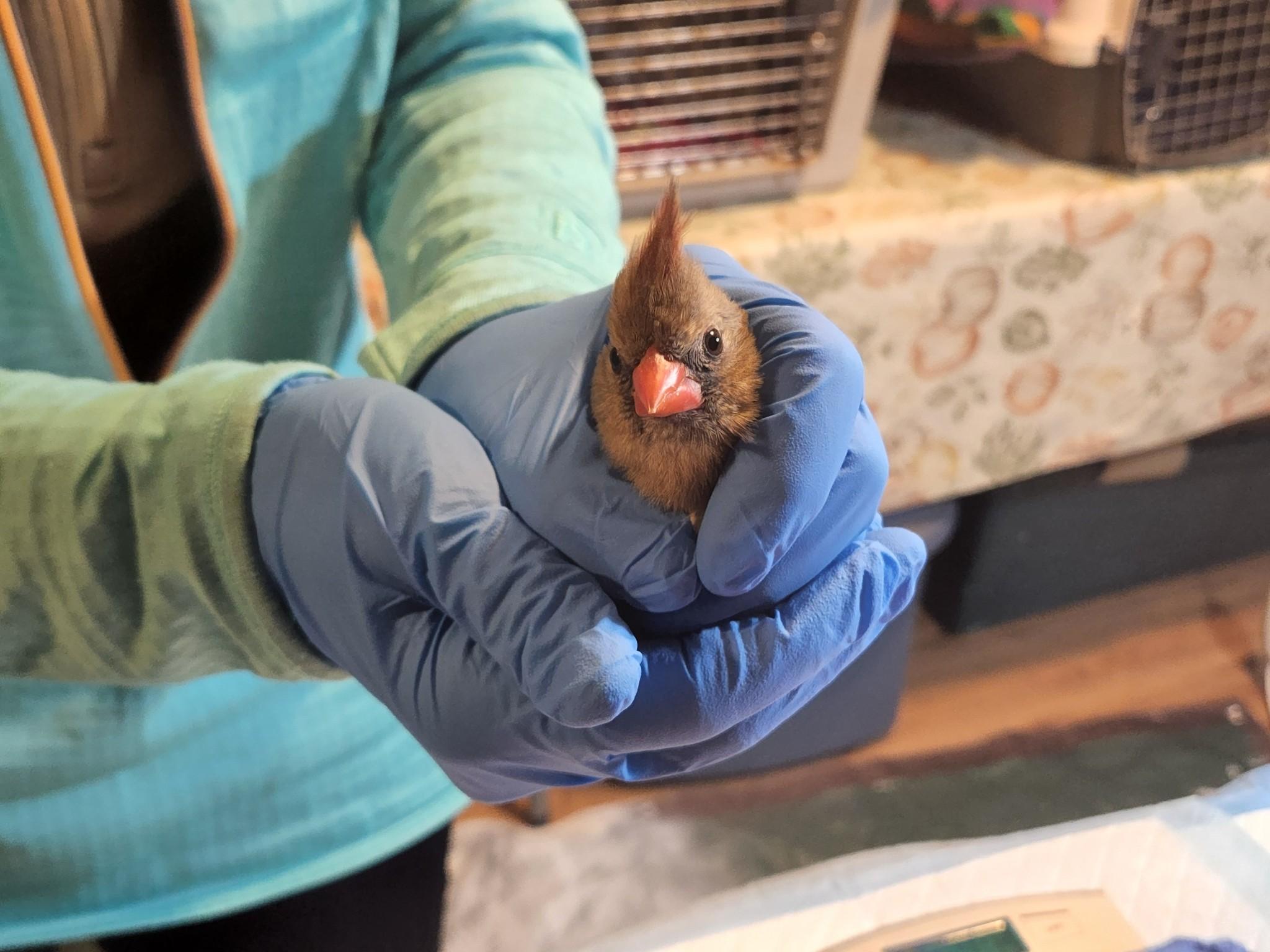
Courtesy of The Raptor Center
Partners for Wildlife (P4W), which launched in 2018, works with wildlife rehabilitators, veterinarians, and other wildlife care professionals to improve the welfare of ill, injured, and orphaned wildlife of all species. P4W aims to achieve the best and most humane outcomes for wild animals, including better case management, more effective treatments, and improved chances of survival and release back to the wild. P4W works across seven states: Wisconsin, Minnesota, North Dakota, Montana, Idaho, Washington, and Alaska.
P4W is supported with funding from the Animal Welfare domain of Margaret A. Cargill Philanthropies.
As partnership coordinator, Gail connects with wildlife rehabilitators across the region to share resources and offer peer support. Gail’s mentorship style is all about meeting people where they are and building a supportive and trusting relationship.
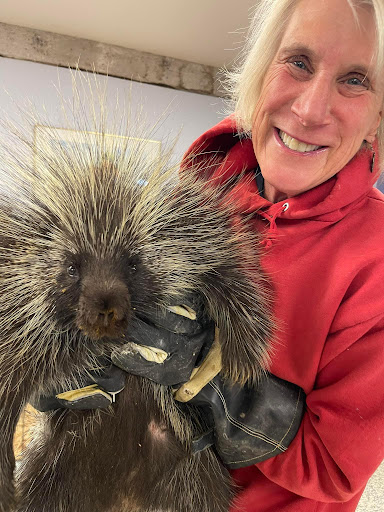
Courtesy of The Raptor Center
Ryan Law, a wildlife rehabilitator at Palouse Wildlife in Moscow, Idaho can testify to that approach. “I founded this organization, pretty much on my own. I hung up my shingle and said I’m going to give this a try . . . Gail came right alongside of me and said ‘I believe in you. I believe in what you’re doing.’ And helped me launch off of what I was, to what I am now.”
In addition to one-on-one support, Gail also connects wildlife rehabilitators to peers and a wider network of support and resources. As of 2023, 79 partners have received support from P4W, including mentoring, trainings and workshops, fellowships, and grant support.
Valerie Slocum, Director of Rehabilitation at Wildwoods in Duluth, MN, shared that the P4W network helped her team when they were working with a species they don’t often encounter.
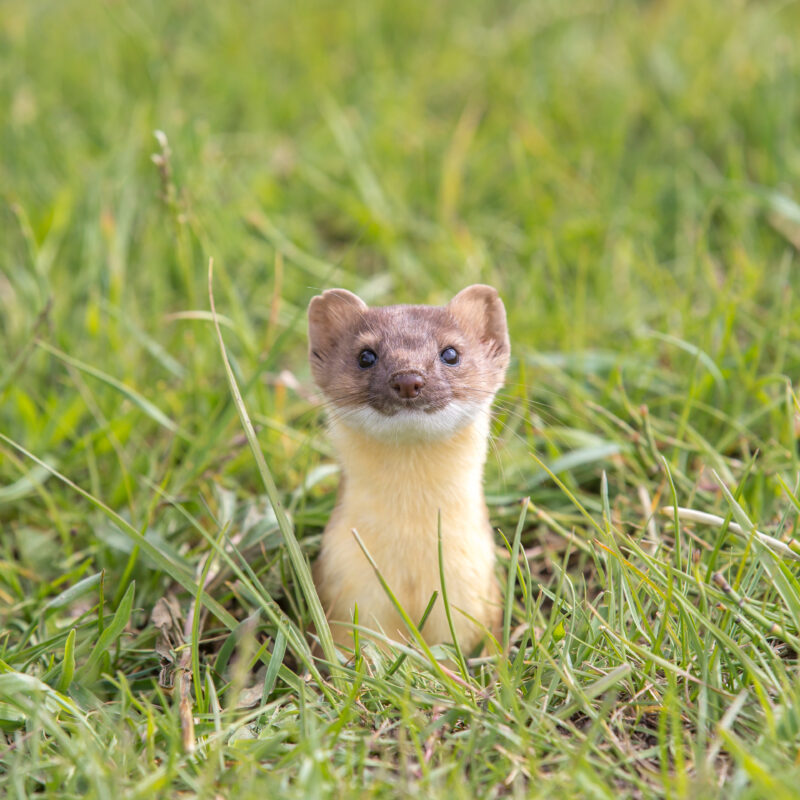
“This year we had short-tailed weasels come in and so we reached out to our mustelid expert nearby, Peggy Popp, also from Partners for Wildlife, she was very eager to share her knowledge and it was incredible. And all six survived to then be released back into the wild, which is pretty amazing.”
—Valerie Slocum, Director of Rehabilitation at Wildwoods
A virtual community and on-demand resource
Gail’s passion for supporting the community of wildlife rehabilitators also led her to start a podcast– Wildlife Rehabilitation: From Rescue to Release. This podcast, part of the P4W program, is dedicated to licensed rehabilitators and the veterinarians who support them.
The podcast provides practical information, deep dives on specific species and topics, and continues to build a virtual community of practitioners. Each episode features an expert in the field, bringing unique knowledge to the larger community of rehabilitators.
Now in its third season, the podcast has been hugely appreciated by rehabilitators across the country as a resource they can easily access on their phones, while they work, or on the go.
In a recent two-part episode, Gail interviewed Dr. John Huckabee on the art of wildlife rehabilitation. Having 38 years of experience in the field, Dr. Huckabee reflected on how the sector has grown during his lifetime.
“Back in the day, being a wildlife rehabilitation veterinarian just wasn’t a thing. I was determined to go in that direction . . . I love my wildlife rehabilitation family, because so many have been misunderstood much of their life as well. The understanding of wildlife rehabilitation and wildlife rehabilitators has grown greatly over the course of my career.”
– Dr. John Huckabee
Reflecting on the art of wildlife rehabilitation in conversation with Gail on the podcast, John commented, “A significant part of the art is simply the power of observation and recognizing things that are not typical for a species. Knowing when to back off and let natural healing take over – stop interfering by trying to fix something, when the animal is able to heal better on its own – is a big part of wildlife rehabilitation. It’s knowing when to not do anything beyond supportive care, appropriate caging, and captive management to allow that animal to heal.”
Wildlife Rehabilitation: From Rescue to Release has over 16,500 downloads, which demonstrates its relevance even in a niche subject area.
Career paths and cohorts
Another way that Partners for Wildlife is building the field of wildlife rehabilitation is through its Fellowship program, which is open to both wildlife rehabilitators and licensed veterinarians.
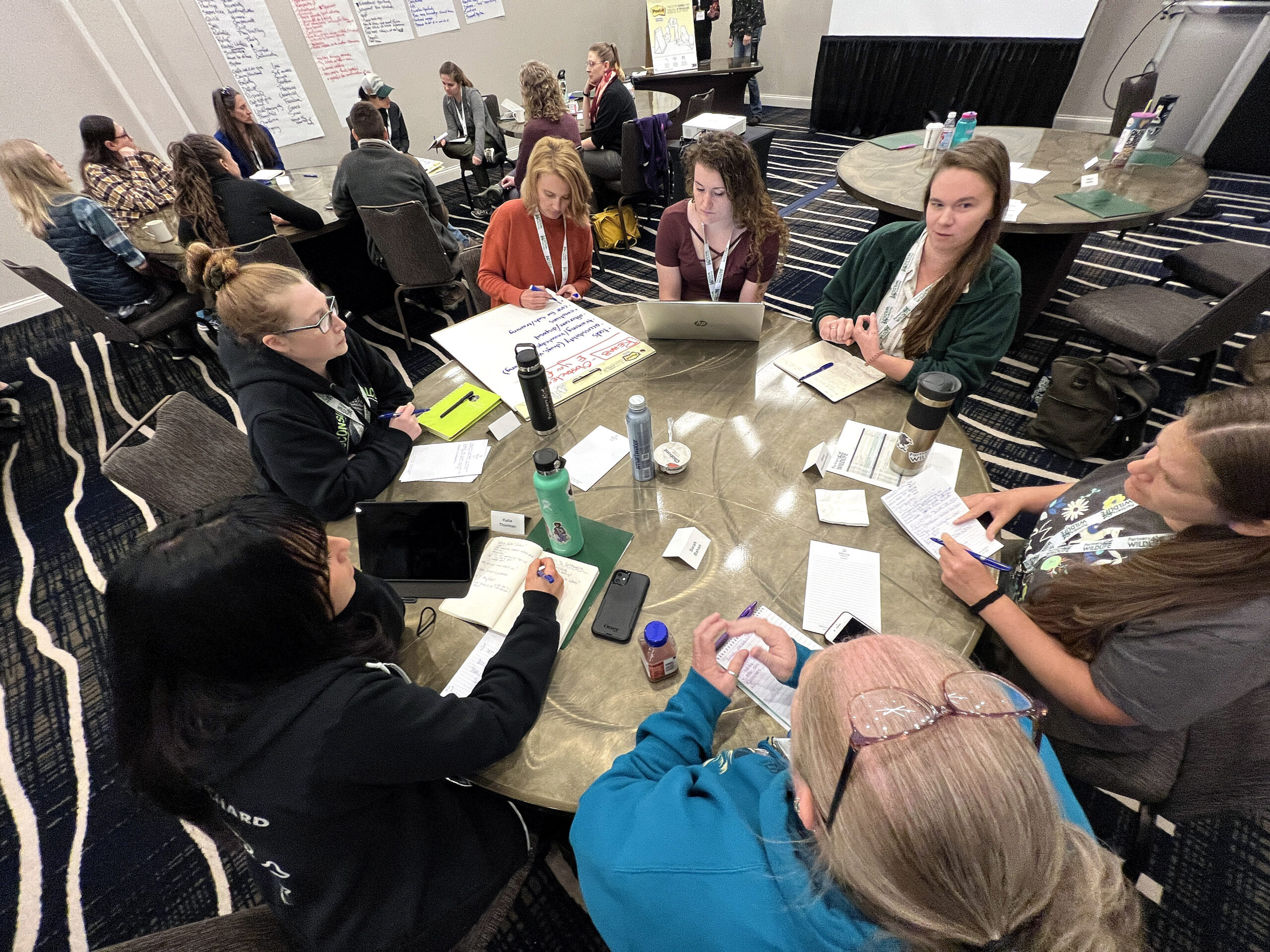
Courtesy of The Raptor Center
P4W supports eight fellows each academic year, providing opportunities for individuals to elevate their competency and knowledge across a broad range of wildlife rehabilitation topics. Through both virtual and in-person workshops and programming, fellows are connected to resources and a network of experts and practitioners.
“Everyone was so generous in sharing resources. I felt intellectually connected in a way that was both grounded in theory and practice—we would share sources like songbird feeding recipes, types of pain medications, or release protocols and then have discussions among the wildlife rehabilitators and veterinarians about why these practices worked in different situations or for different kinds of patients.” – Ash Harris, former P4W Fellow

Ash Harris, licensed wildlife rehabilitator at Mountain Top Wildlife, bottle feeds two orphaned black-tailed fawns. Wearing a ghillie suit to camouflage her human appearance prevents the fawns from associating humans with food and allows them to remain "wild" during their rehabilitation process. Courtesy of Ash Harris.
An added benefit is the network of the fellowship cohort—fellows often stay connected long after they complete the program.
Ash shared, “I still reach out to my cohort or fellows for advice and mentorship. Their experience is rich and varied, and I feel lucky to have a built-in group of rehabilitators and veterinarians to draw knowledge from.”
The work that Partners for Wildlife is doing to connect wildlife rehabilitators to resources and community is all in service of a larger goal: better outcomes for wildlife that come into human care.
“It is the most rewarding thing I have ever done in my life . . . my life has purpose because of the difference that I can make in the bigger picture of wildlife, of the environment, of the planet.”
— Ryan Law, Wildlife Rehabilitator, Palouse Wildlife
The community of wildlife rehabilitators–and that of animal welfare professionals more broadly–is a self-starting and highly motivated group. These individuals are willing to go above and beyond for the animals in their care.
However, they often need a reminder to care for themselves along the way. A supportive and connected community goes a long way to ensure these rehabilitators can access resources and support to continue doing their best work in service of wildlife.
Note: If you aren’t licensed for wildlife rehabilitation, do not attempt to capture, hold, or rehabilitate any wild animal. If you find an injured wild animal, a wildlife professional can recommend next steps. PAWS Wildlife Center has an online module to walk you through what to do when you find a specific animal.
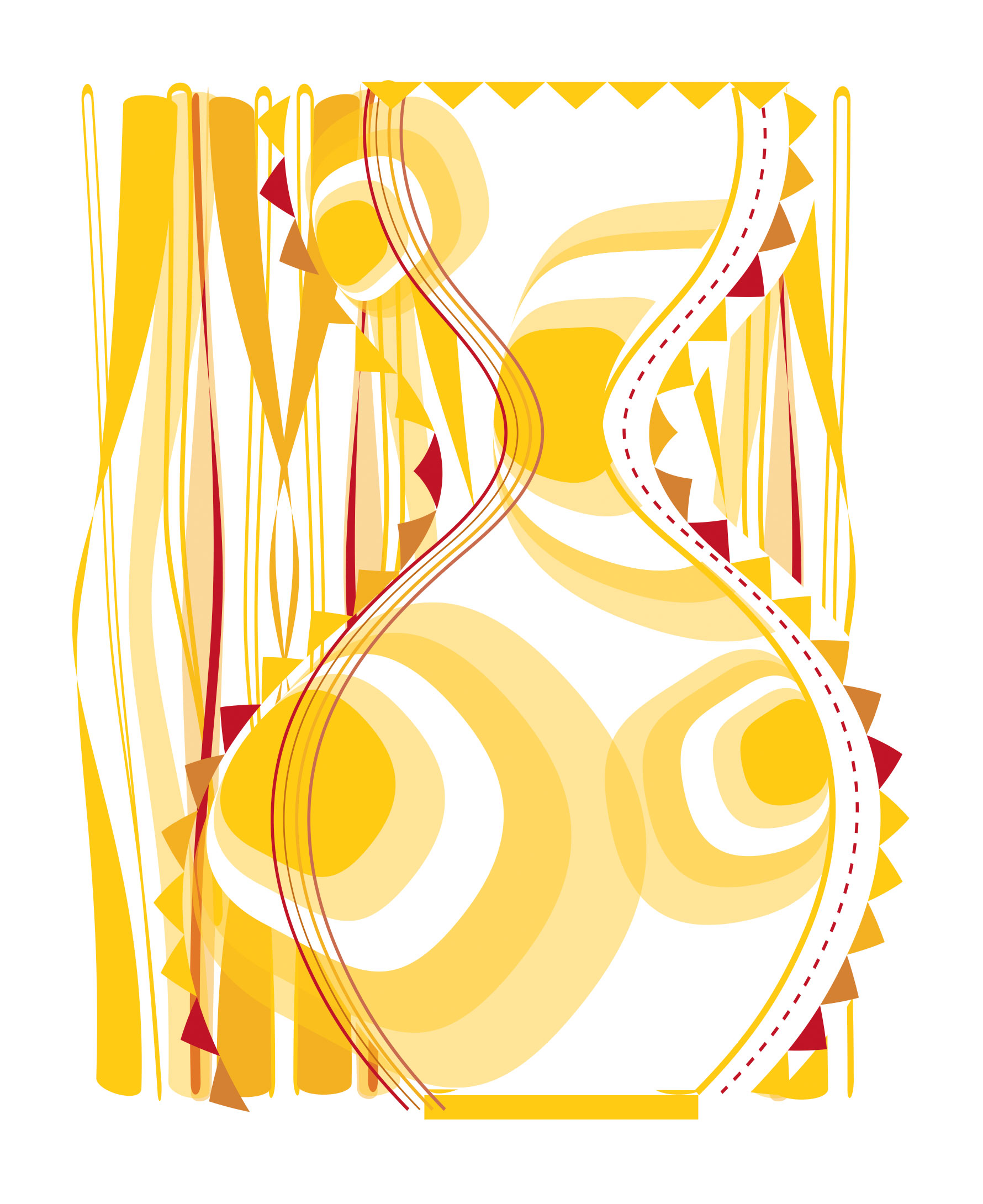
Arts & Cultures
We help support folk arts, Native American art, music, tactile art, and artistically significant crafts that foster human creativity.
Programs:
- Folk Arts & Cultures
- Native Arts & Cultures
- Music Education

Artists, elders, and culture bearers are key to continuing long lines of traditional arts and cultures.
Through their community loans program, the National Museum of the American Indian is reuniting items in the museum’s collections to their originating communities, like the pottery of the Tewa speaking peoples in the Pueblos of New Mexico in the exhibition at Poeh Cultural Center, Di Wae Powa, They Came Back.

Paid in 2023
Payments in 2023
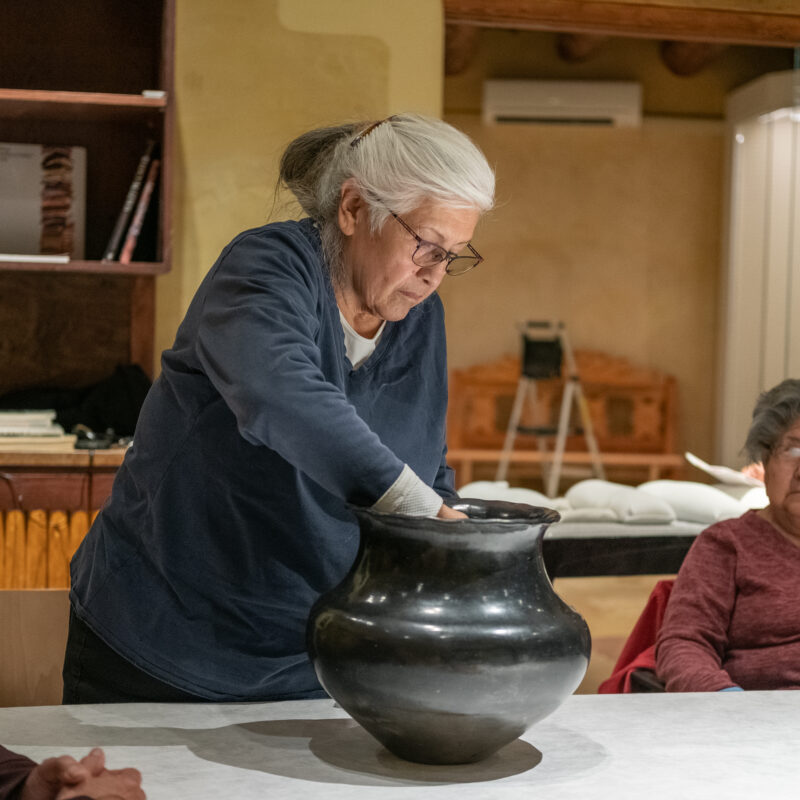
Special collections handled with care
The National Museum of the American Indian (NMAI) is a museum and cultural institution responsible for a collection of over 825,000 items from Native American cultures. The collection includes baskets, weavings, pottery, and more – both historical and contemporary. Caring for these cultural belongings requires knowledge not only of the items themselves and their conservation, and also engaging with their communities and cultures of origin.

Special collections handled with care
Photos courtesy of Poeh Cultural Center.
The National Museum of the American Indian (NMAI) is a museum and cultural institution responsible for a collection of over 825,000 items from Native American cultures. The collection includes baskets, weavings, pottery, and more – both historical and contemporary. Caring for these cultural belongings requires knowledge not only of the items themselves and their conservation, but also engaging with their communities and cultures of origin.
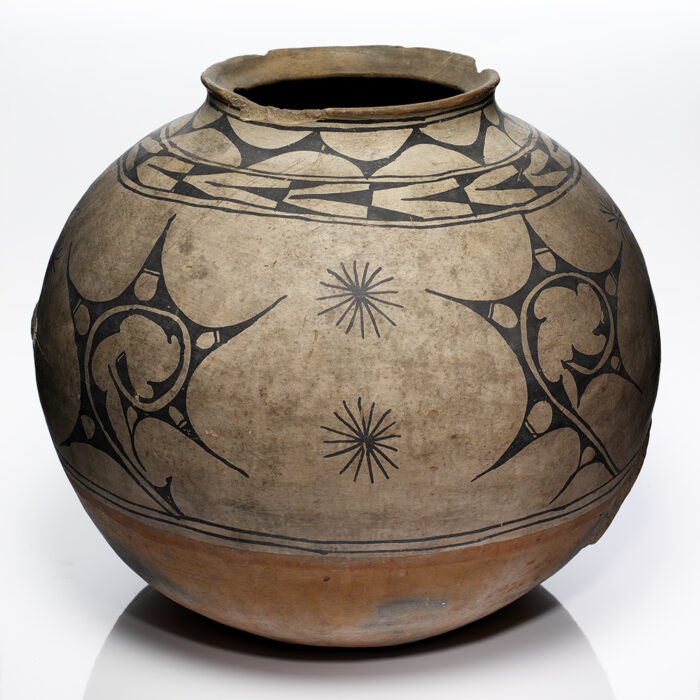
STORAGE JAR, C1850 (SAN ILDEFONSO PUEBLO) Courtesy of the National Museum of the American Indian, Smithsonian Institution
Relatives Reconnected
NMAI has a history of working with tribal museums and cultural centers like the Poeh Cultural Center, which represents and serves Tewa speaking peoples in the Pueblos of Pojoaque, Nambe, San Ildefonso, Santa Clara, Ohkay Owingeh, and Tesuque in New Mexico. One of the NMAI’s initiatives is community loans, which foster new relationships and restore historical connections between these communities and the items in NMAI’s collections.
Tewa Pueblo artists, elders, and community members consider the pots from their communities to be long lost relatives and made the request that they be returned. With that understanding, NMAI worked with Poeh Cultural Center to return the pots home to their loved ones. In 2019, this work resulted in Di Wae Powa, They Came Back, an exhibition of 100 Tewa pots from the NMAI collection which were returned to Poeh Cultural Center as a long-term loan and reunited with the descendants of their creators.
Each tribal museum and cultural center has unique circumstances, and loaned items are housed with specific distinctive complexities, requirements, and logistics for the care of each item. NMAI staff shared knowledge with Poeh Cultural Center in the form of a mount making workshop and a conservation workshop for repairing ceramics, photography for collections, and more. From Poeh staff, NMAI learned stewardship of the items, and culturally appropriate ways to handle and care for them.
Poeh Cultural Center received funds through a grant to NMAI from Margaret A. Cargill Philanthropies (MACP) to support an education staff member, Melvin Sarracino (Laguna Pueblo), to design education programming. As part of his work, Melvin developed a guide to handling pottery and coordinated the development of a pottery-making course that centered around the NMAI loaned items. San Ildefonso Pueblo artist Erik J. Fender (Than Tsideh, or Sunbird) was supported through additional funding to instruct the course and purchase materials. According to the course syllabus, “the interactive class is designed to inform interested individuals on traditional Tewa pottery making. The instructor will guide participants to better understand various pottery styles. The Di Wae Powa, They Came Back display will be used for research and inspiration.”
Classes began with reviewing the loaned objects in the Di Wae Powa exhibit. Then, participants selected one of the displayed pots to recreate, then handled them to learn from the pots themselves, and then they created similar pots throughout a ten-week course.
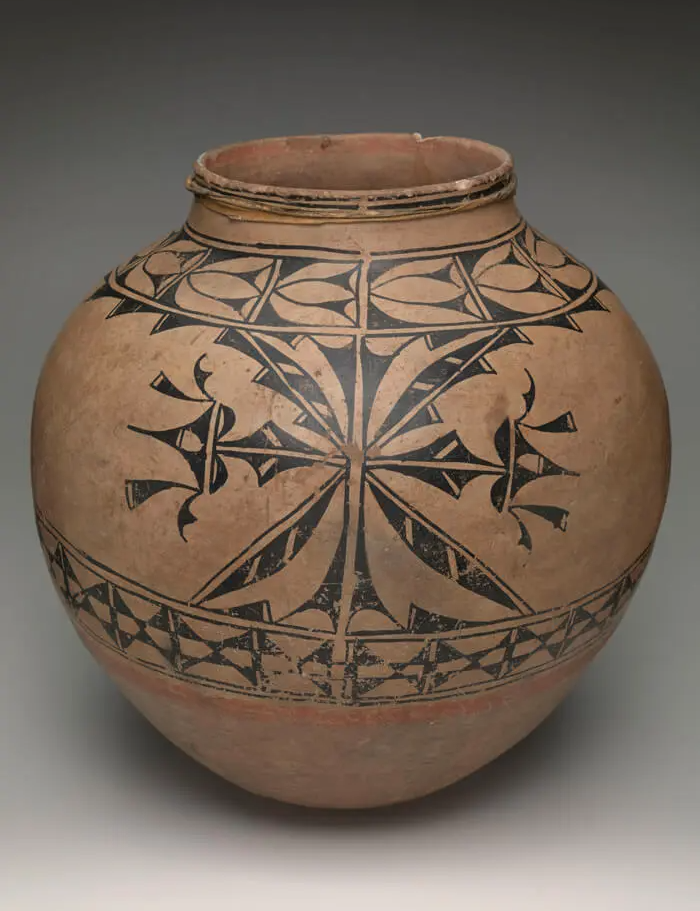
Jar (San Ildefonso Pueblo). Photo courtesy the Poeh Cultural Center.
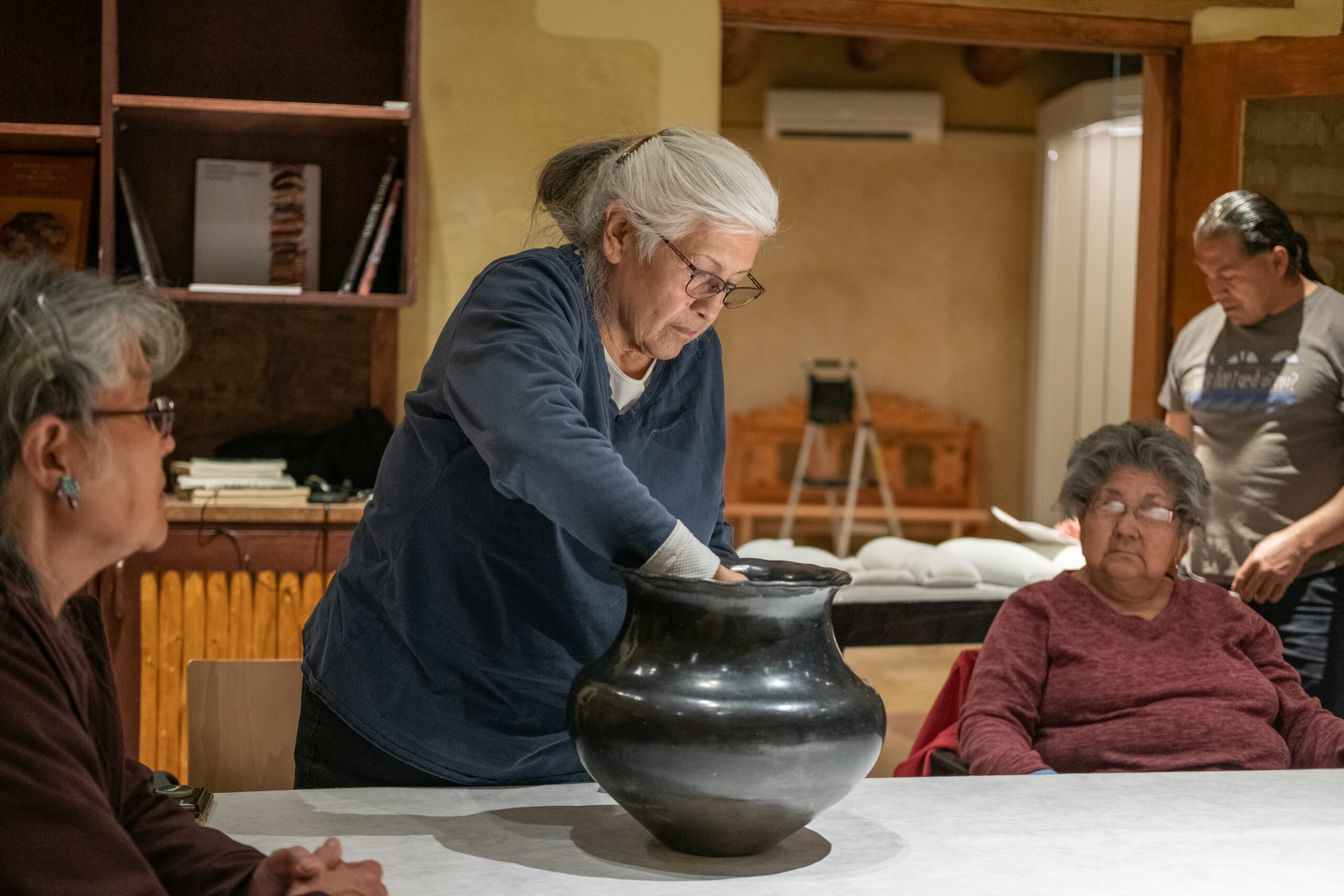
Photos courtesy of Poeh Cultural Center.
Making Pueblo Pottery
The students and instructor met twice each week. In week three, students learned to build a pot using the coil or slab method and to use a scraper and sandpaper to smooth the pot. In week four, they scraped and burnished the pot, and by week five they were using polishing stones to design the pot’s outer surface. In week six they used yucca to make a paintbrush and learned about Beeweed for paint. Week seven entailed designing pottery freehand or with a template, adding pencil following or inspired by Di Wae Powa pottery designs. In week eight, students applied paint to the pottery, and in week nine they finished painting and prepared the pots for firing. In week ten, they learned about firing pots and completed their projects.
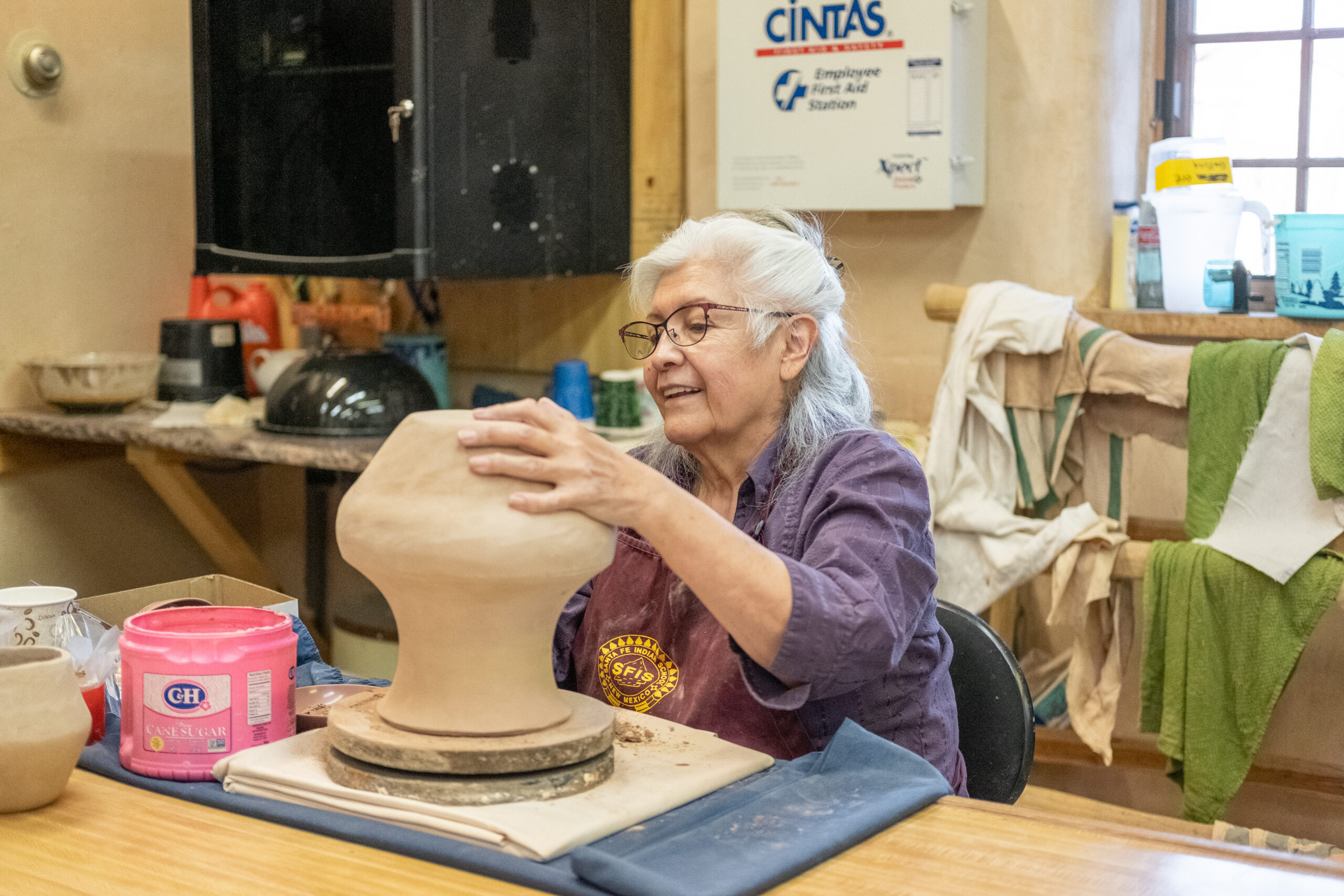
Photos courtesy of Poeh Cultural Center.
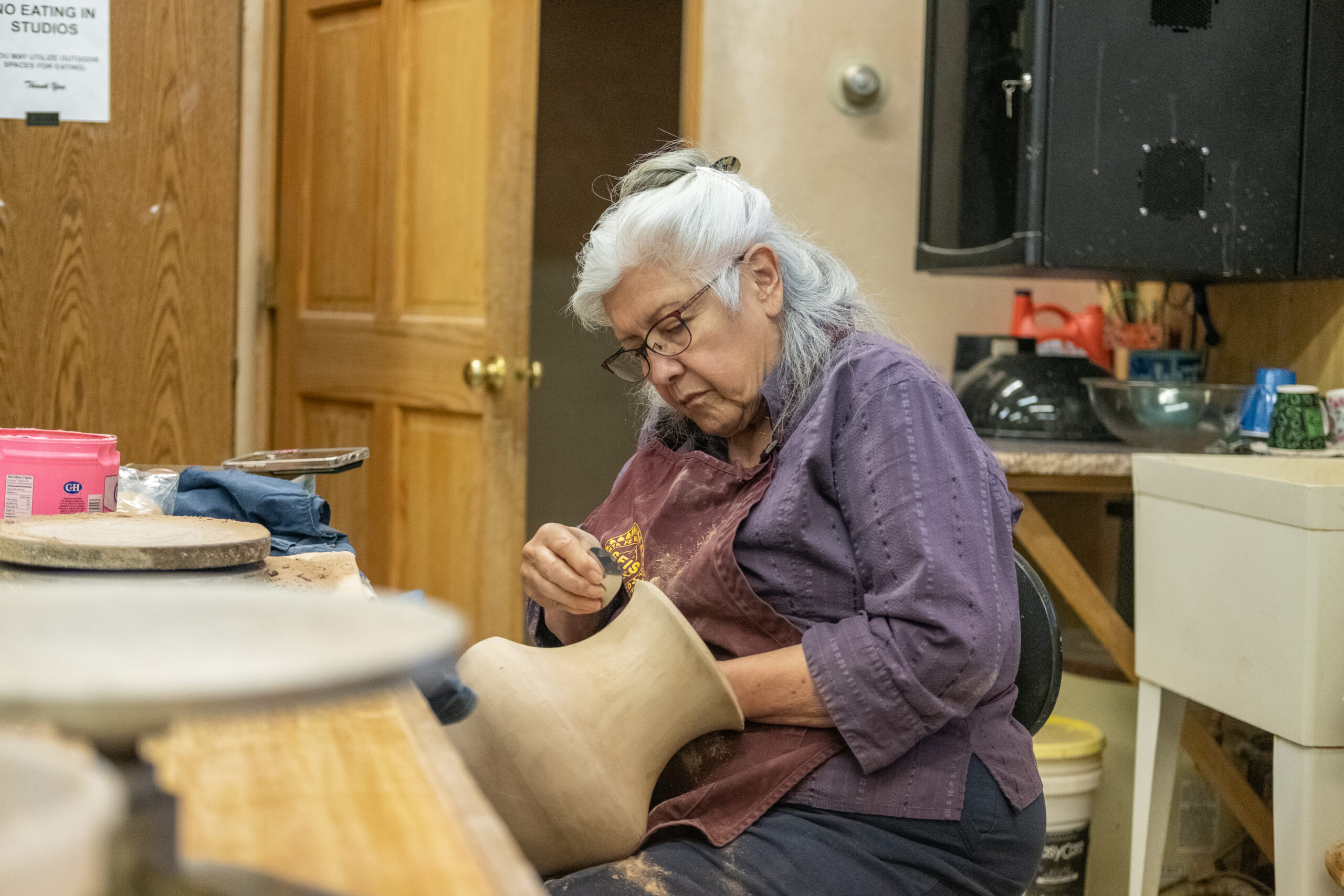
Photos courtesy of Poeh Cultural Center.
Re-Established Connections
In reviews of the course, each student included handling the Di Wae Powa pots as something that stood out for them during this experience. Responses included, “I realize that I’m on my way to becoming a better artist. The one thing that I really enjoyed was touching and examining the [Di Wae Powa exhibit] pots. I feel very lucky to have participated in class;” “Handling the old pots was a highlight of the class. This class is my favorite at the Poeh.” “[What stood out was] being able to reconnect with ancestral pots designs and styles;” and
"It’s really eye-opening to see how others make their clay. I think what stands out is we got to handle pots from long ago. How they felt up close was great!”
— Student, Poeh Cultural Center
The course ran in Spring 2023 and ran again in Fall 2023. An updated version of the class is being planned for Fall 2025.
Margaret studied pottery under artist Mary Stone McClendon, also known as Ataloa, a member of the Chickasaw Nation, and she learned to appreciate the artistry and beauty of clay brought to life. She cherished the time she spent learning with Ataloa and recognized the importance of art in cultural traditions. Now, future generations can benefit from the reunion of these objects and their communities, and the relationship Poeh Cultural Center and other tribal museums and cultural centers have with NMAI can bring about greater access for communities to their relatives, near and far.
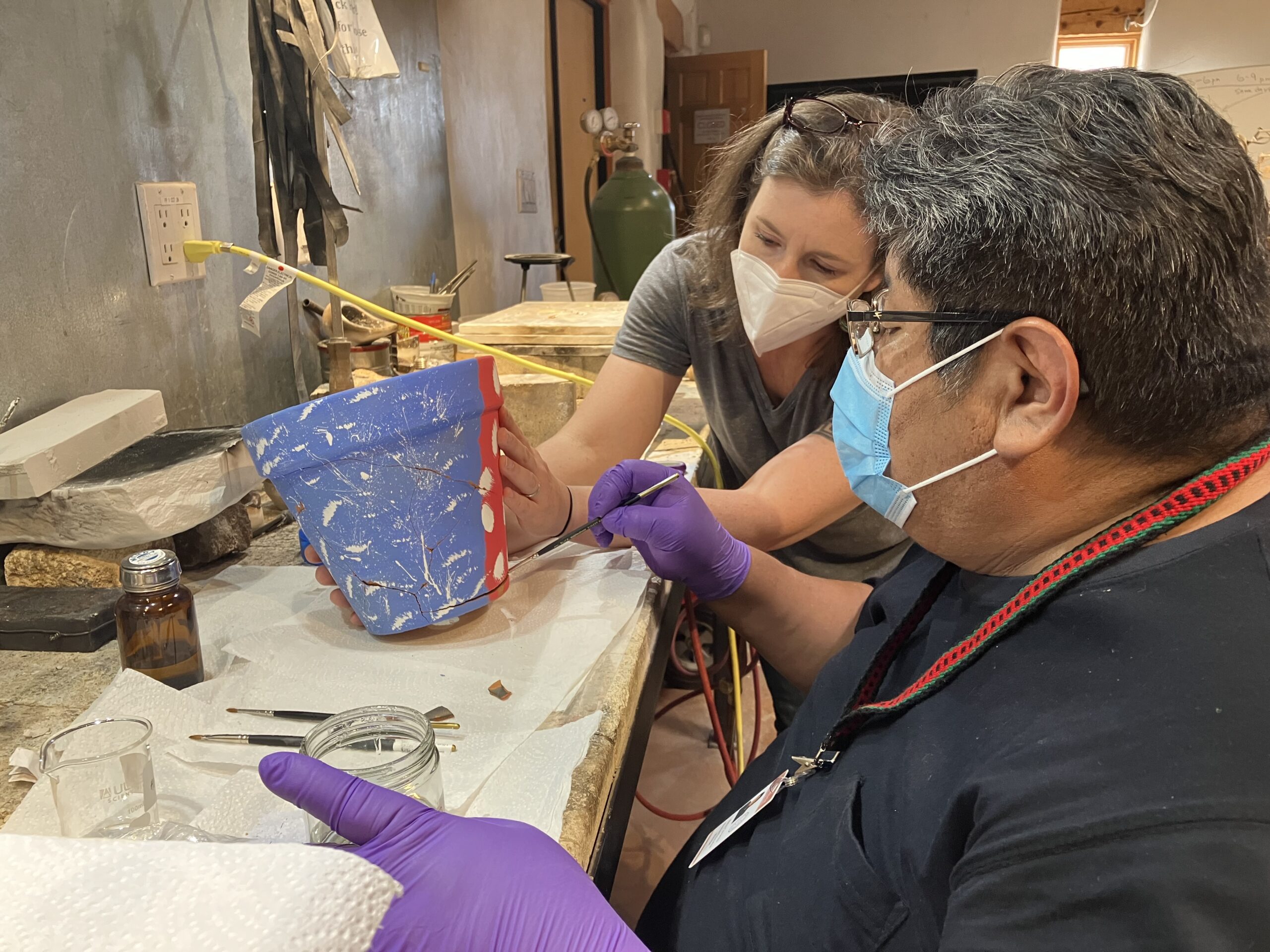
Courtesy of National Museum of American Indian.
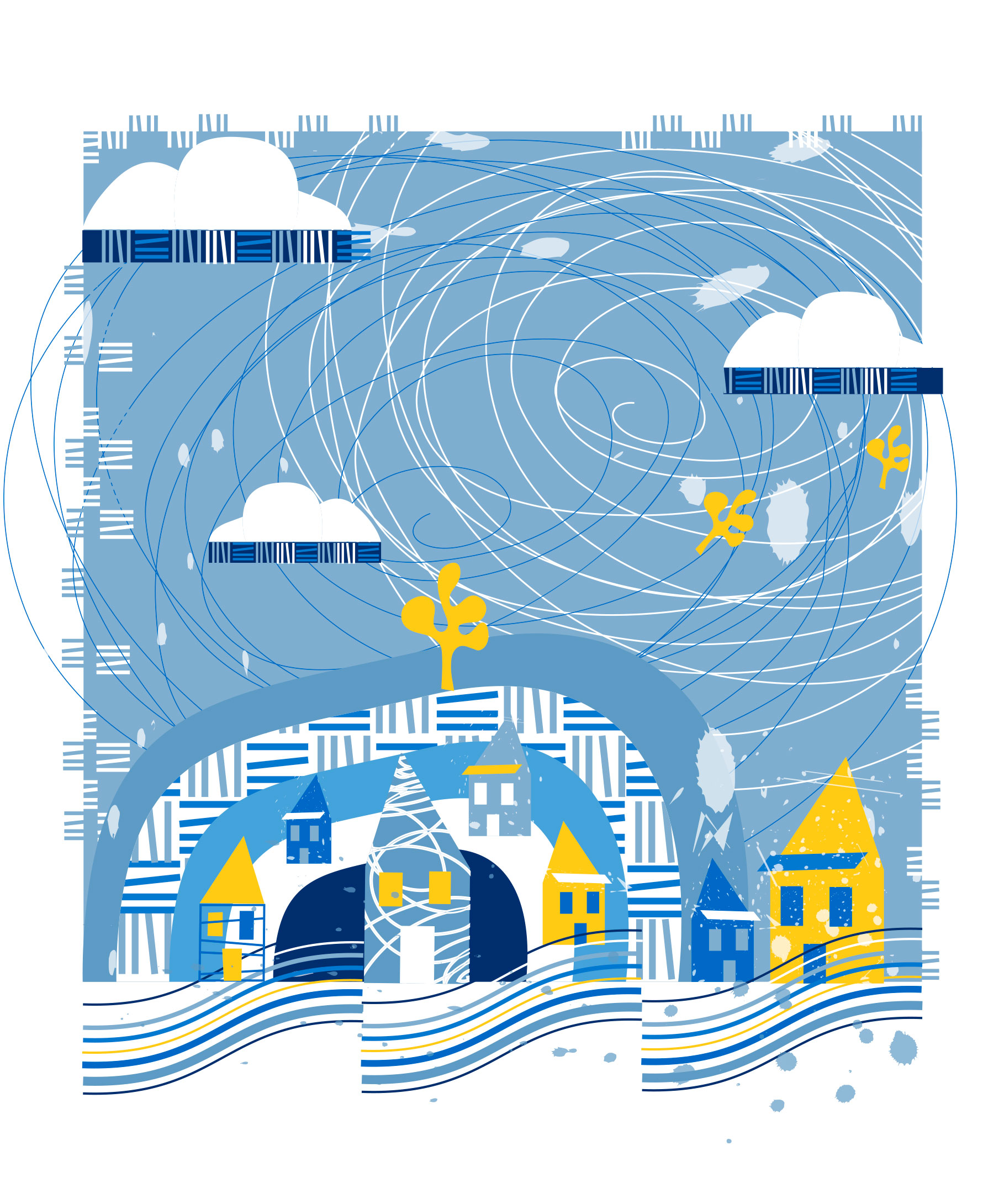
Disaster Relief & Recovery
We support work in natural disaster preparedness, relief, and recovery with emphasis on communities prone to low-attention disasters.
Programs:
- Relief & Recovery
- Midwest Preparedness
- International Preparedness

Oxfam America is partnering with local organizations in Central America to support communities exposed to extreme drought and rainfall in the Dry Corridor. Through true collaboration, Oxfam and partners and working and learning together.

Paid in 2023
Payments in 2023
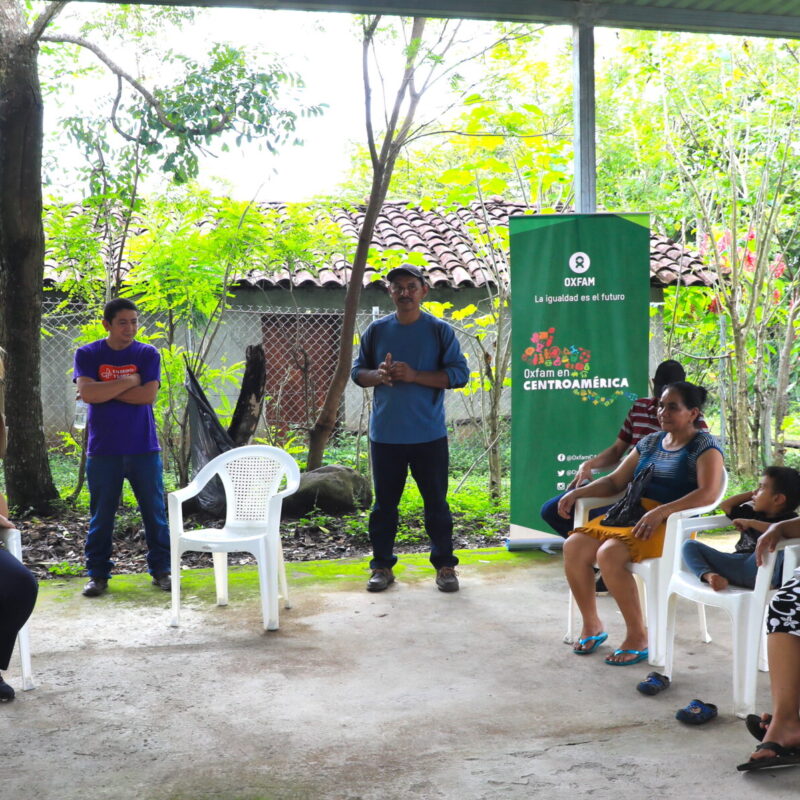
Working together to support communities in the Dry Corridor
The Dry Corridor is a region in Central America that extends across El Salvador, Guatemala, Honduras, and Nicaragua. This area experiences extreme climate events like long and irregular periods of drought and excessive rain—and these patterns are only increasing due to climate change.
Oxfam and their local partners are preparing communities to better handle these extreme natural hazards.

Working together to support communities in the Dry Corridor
Claudia Zaldaña
The Dry Corridor is a region in Central America that extends across El Salvador, Guatemala, Honduras, and Nicaragua. This area experiences extreme climate events like long and irregular periods of drought and excessive rain—and these patterns are only increasing due to climate change.
Oxfam and their local partners are preparing communities to better handle these extreme natural hazards.
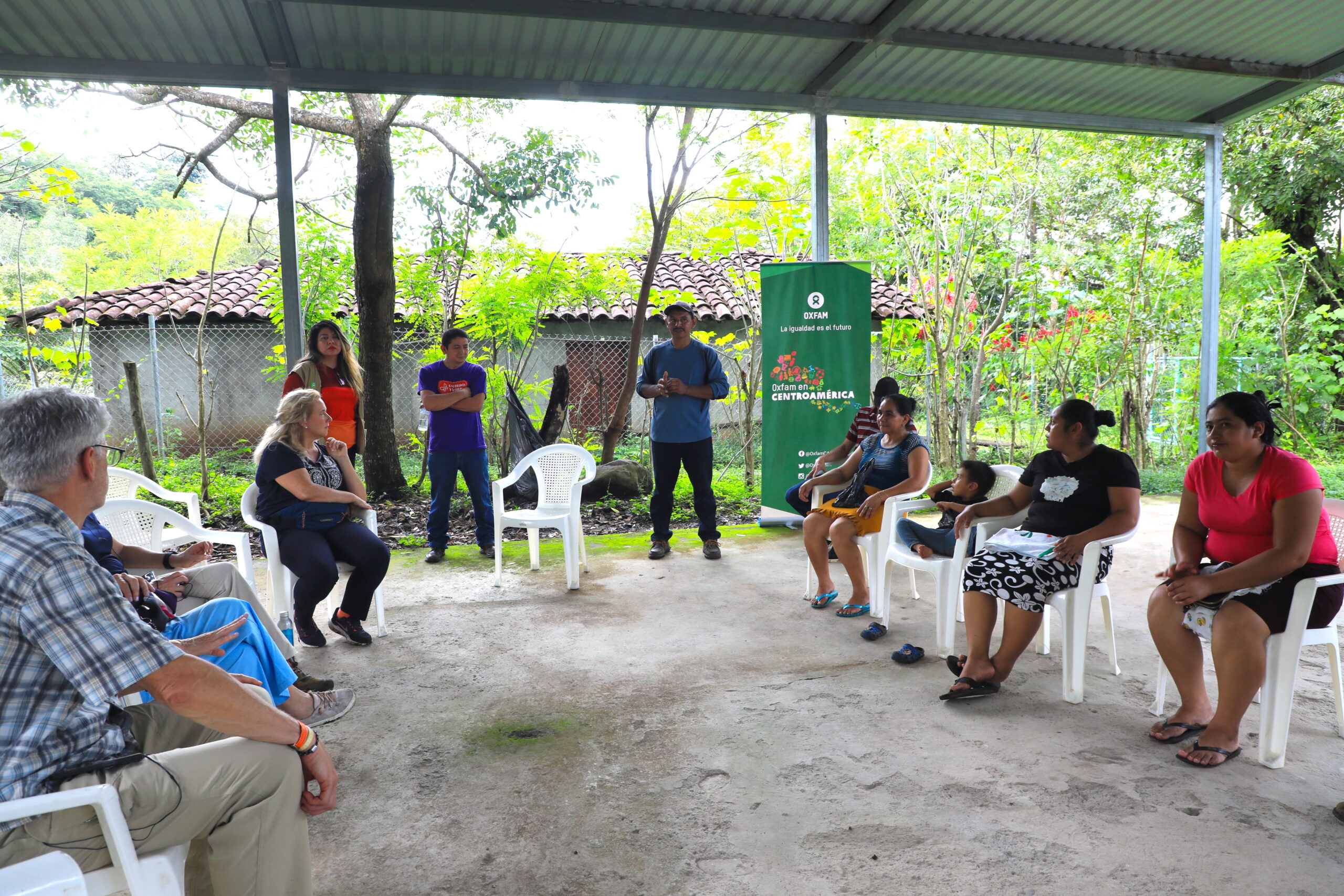
Claudia Zaldaña
Abraham Guevara has a contagious smile. And that smile has been the key to motivating people in the communities where he works.
Since 2022, he has been the Regional Coordinator of the department of Morazán, El Salvador, at Fundación Campo. This organization is one of Oxfam’s local partners in their efforts to increase community preparedness for natural disasters across Central America.
Abraham takes the truck keys and settles into the seat, ready to begin the trip to a remote community in the east of the country.
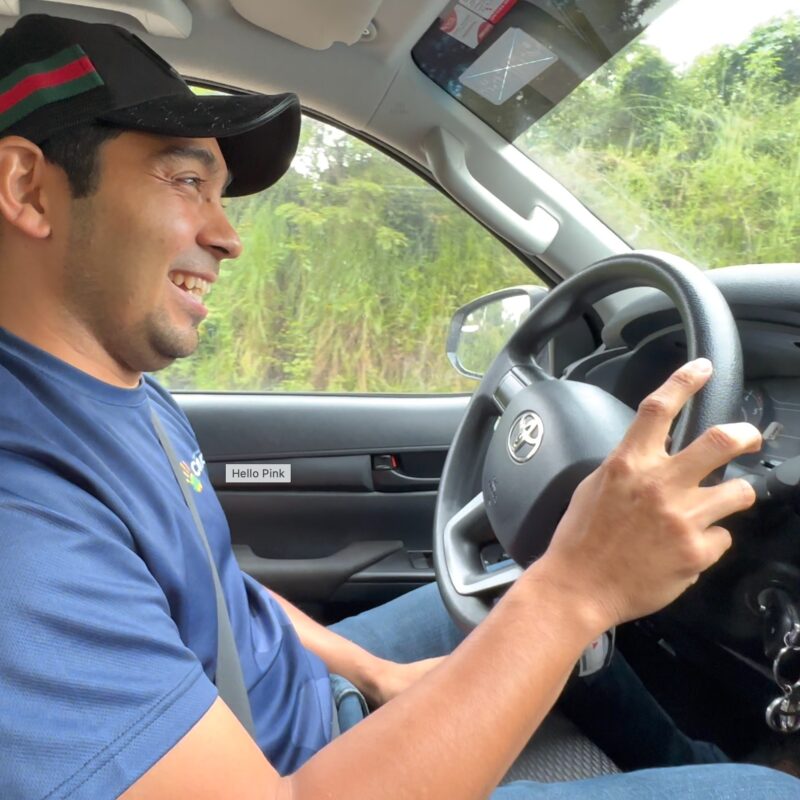
Claudia Zaldaña
Abraham enjoys the community organizing aspects of his work. “I was lucky to be born in a refugee camp, during the last years of the civil war in El Salvador. There, organization was vital and the key to community development.”
Abraham is convinced that his knowledge and experience in community organizing has allowed him to lay the foundations for more effective work with communities and to build a closer and valuable relationship with Oxfam.
When community organizations work together, they often divide efforts by location or project, effectively remaining siloed in their approach.
Oxfam America is taking a different approach. Oxfam supports several local organizations in El Salvador and has fostered collaborative relationships where partners work and learn together alongside communities.
Preparing for Drought in the Dry Corridor
The objective of Oxfam America’s partnerships is to support local communities and Community Emergency Committees, strengthening their ability to prepare for disasters, and reducing the impacts of hazards on the most vulnerable families living in the Dry Corridor of El Salvador.
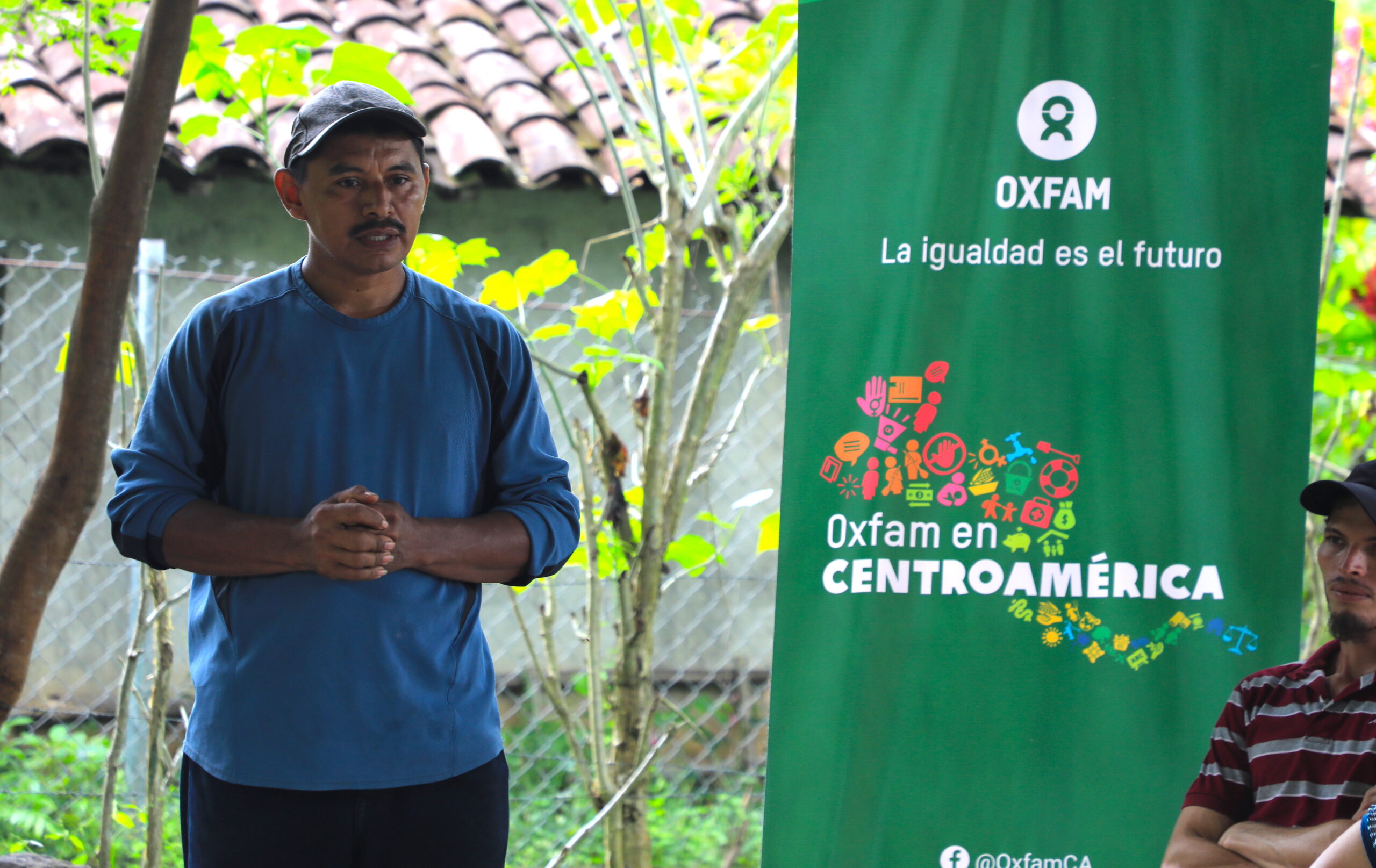
This initiative is supported by the Disaster Relief & Recovery domain of Margaret A. Cargill Philanthropies, which focuses on low attention disasters and regions.
While the impacts are devastating, drought is a “slow onset” disaster that is often overlooked relative to events like hurricanes or floods.
Oxfam and partners are collaborating in 30 communities with high levels of social and economic vulnerability as well as high exposure to natural hazards. Through this work, families learn to take early action so they will be less affected by disasters.
Oxfam works hand in hand with two local partner organizations to achieve their objectives in El Salvador. One partner is Asociación Fundación para la Cooperación y el Desarrolo Comunal de El Salvador (CORDES), and the other is Fundación Campo. Both organizations have established and trusting relationships with local communities.
“At the beginning, we divided our work territorially; Fundación Campo served half of the communities and CORDES served the other half. However, later we decided to work together in all the territories and this helped us to get to know the communities better, understand their behavior and work more deeply as a team,”
— Malvin Oritz, Disaster Risk Management Technician, CORDES
Abraham shares that the experience of working as a team has been enriching. “It has helped us diversify and broaden our capabilities in the fields of local development and emergency response in the communities,” says Abraham, as the pickup truck continues along the rugged road leading to El Bajío.
Working and Learning Together
Angel Marcos, Regional Project Manager at Oxfam for this project in Central America, is traveling with Abraham. Angel is convinced that this project is valuable for everyone involved.
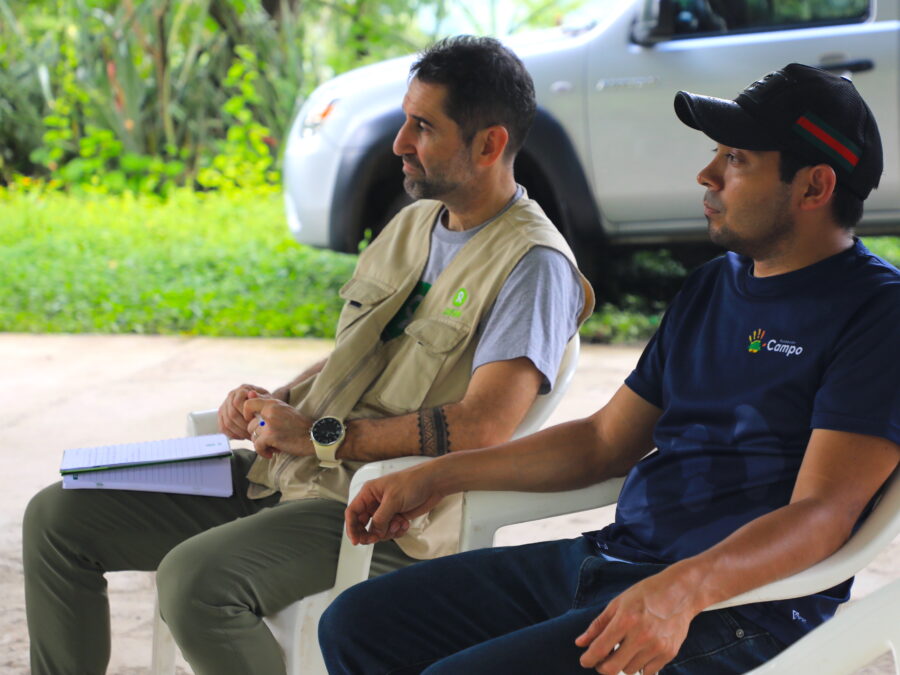
“The partner organizations are the ones who know the communities best, they have a closer bond with them, and their presence has helped us start work in the regions in a much better way,” says Angel.
He also thinks it was a good decision to have the partner organizations working in tandem in all communities, rather than dividing territories. “There is more of a team feeling and approach since they started working together in the field,” he says.
“We are not the specialists in response; Oxfam guides us on that issue. But where we are stronger is that we have an established presence, the contacts, and the coordination on the ground. We know what we have to do to serve people and they type of assistance that is needed in this area,” says Abraham to Angel with a smile.
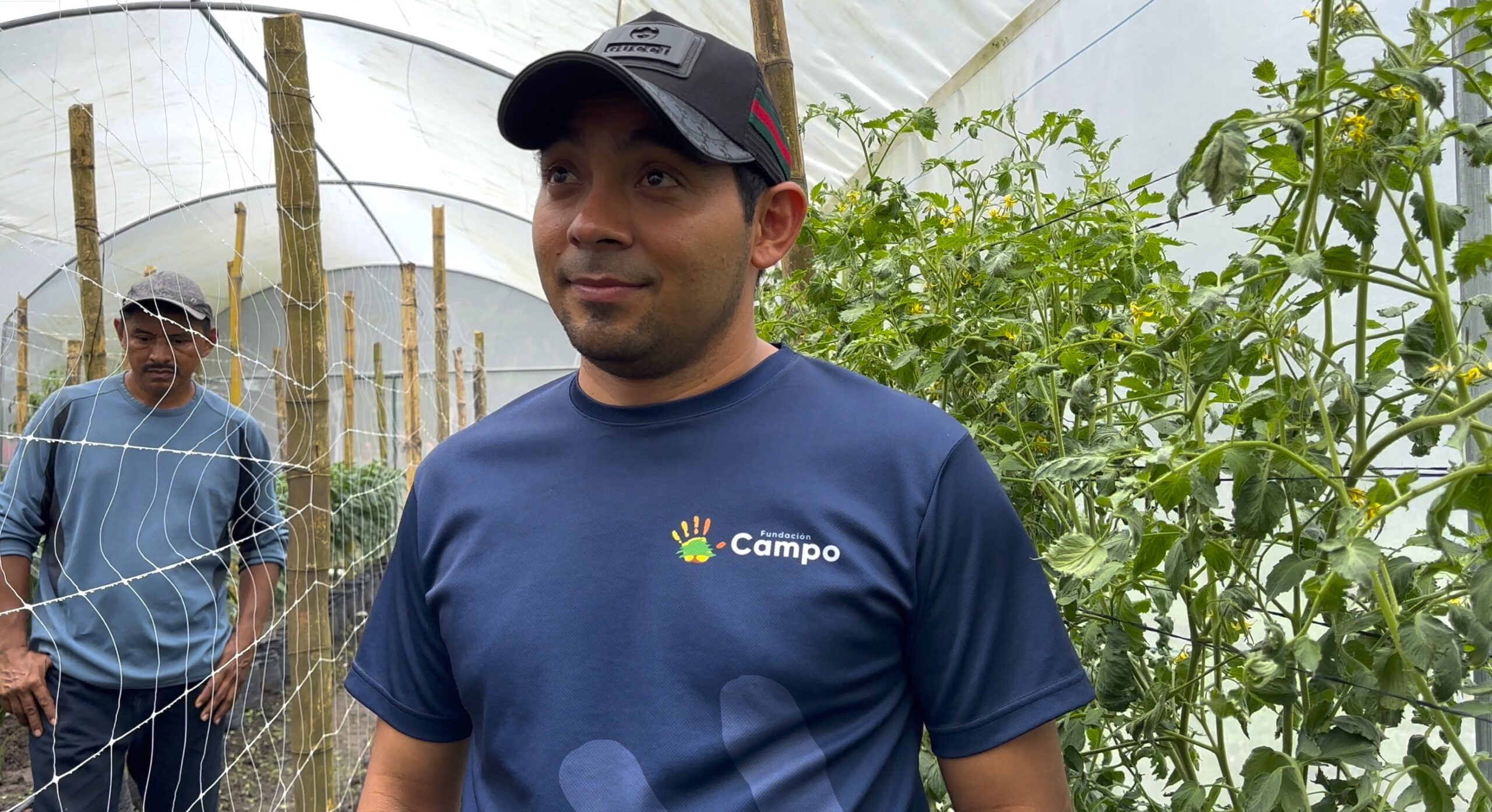
Abraham believes this knowledge is valuable and that this collaboration is also an opportunity to transfer that knowledge between organizations.
Angel agrees, and on this journey to El Bajío, a seed was planted. Angel and Abraham agreed to hold a partners’ workshop to share the experiences of each organization and what they are learning through the project.
Strengthening Livelihoods
One of the challenges of this type of community work is sustainability. Abraham shares that Fundación Campo always plans the exit strategy for each community from the very beginning.
“People here are very committed to improving their communities. It’s also important to always include initiatives in projects that will strengthen community members’ livelihoods. This helps ensure that the capacity forged in community leaders stays in the community and they do not have to leave to look for opportunities elsewhere,”
— Abraham Guevara, Regional Coordinator, Fundación Campo
Abraham parks the truck in El Bajío, where he has come to see the macrotunnel—an example of work to strengthen community members’ livelihoods. A macrotunnel is a plot of land protected by a fine netting structure, similar to a greenhouse. A group of El Bajío residents grow vegetables in this macrotunnel.
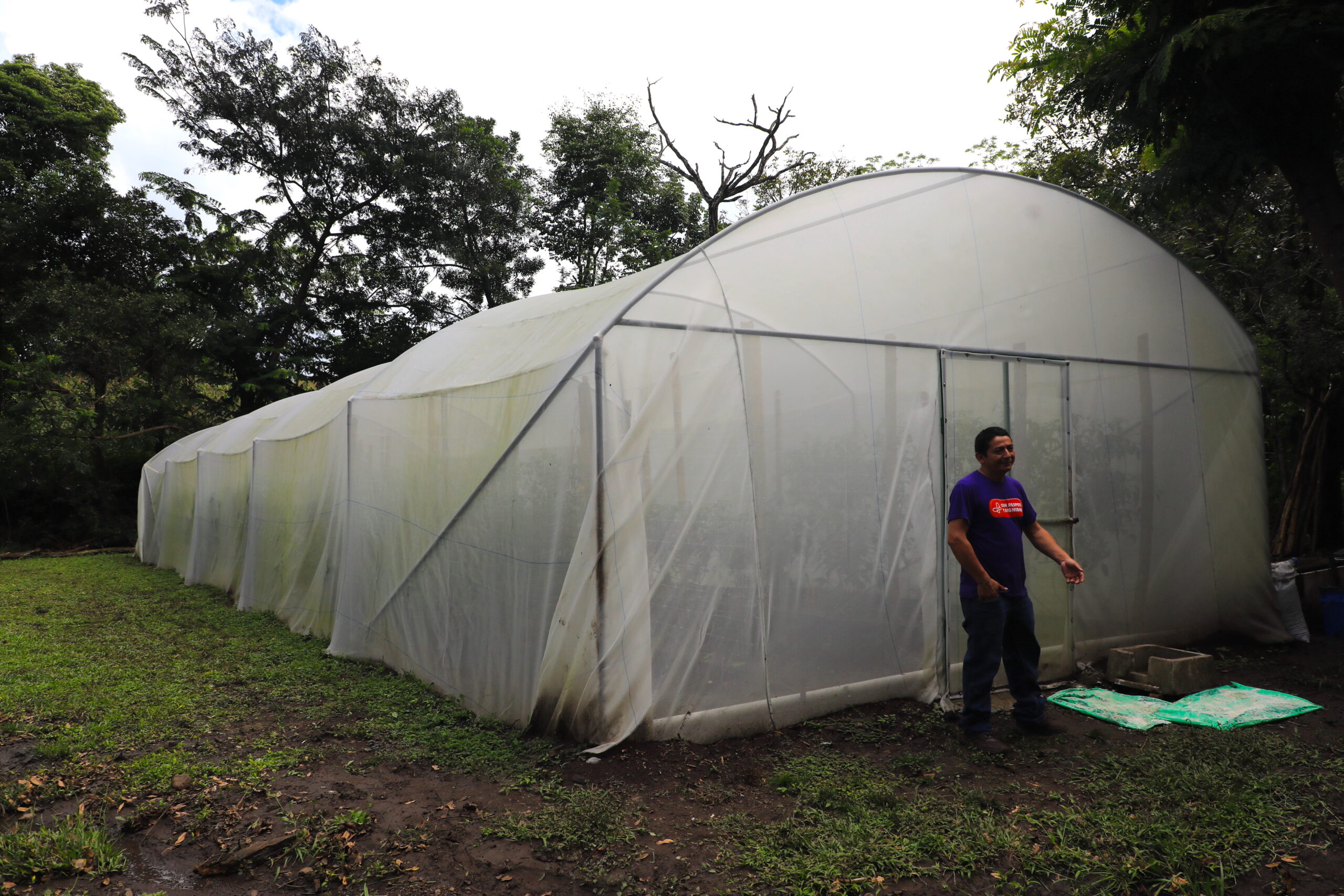
Community members also capture and store rainwater in a tank and use this precious and limited resource for irrigation. The macrotunnel helps protect plants from pests and extreme weather.
This innovative and drought-resistant way to grow vegetables supports individuals and families through the long dry periods characteristic of the region. This type of innovation is increasingly needed as the region’s already challenging conditions are being intensified by climate change.
Story and photos by Claudia Zaldaña
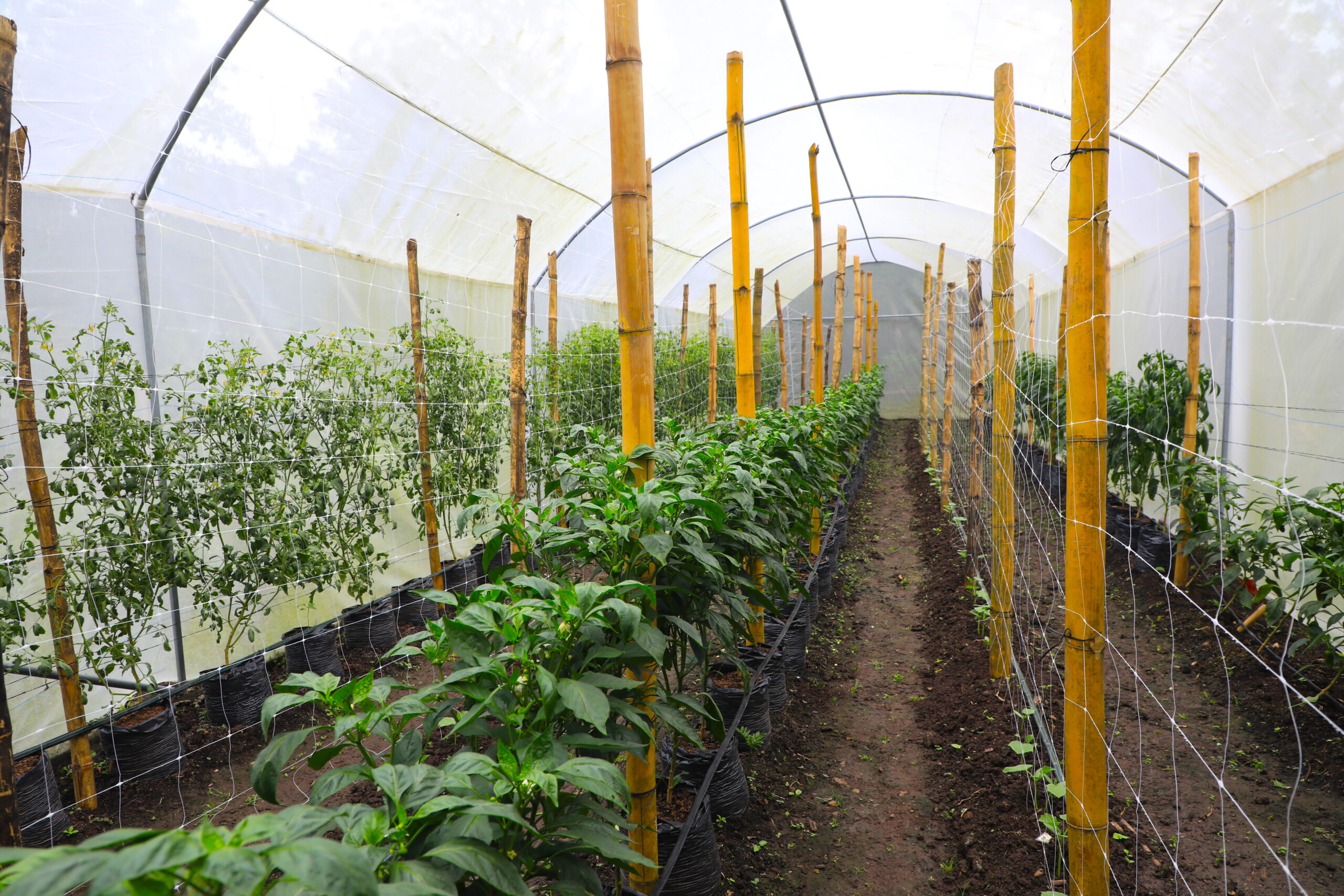
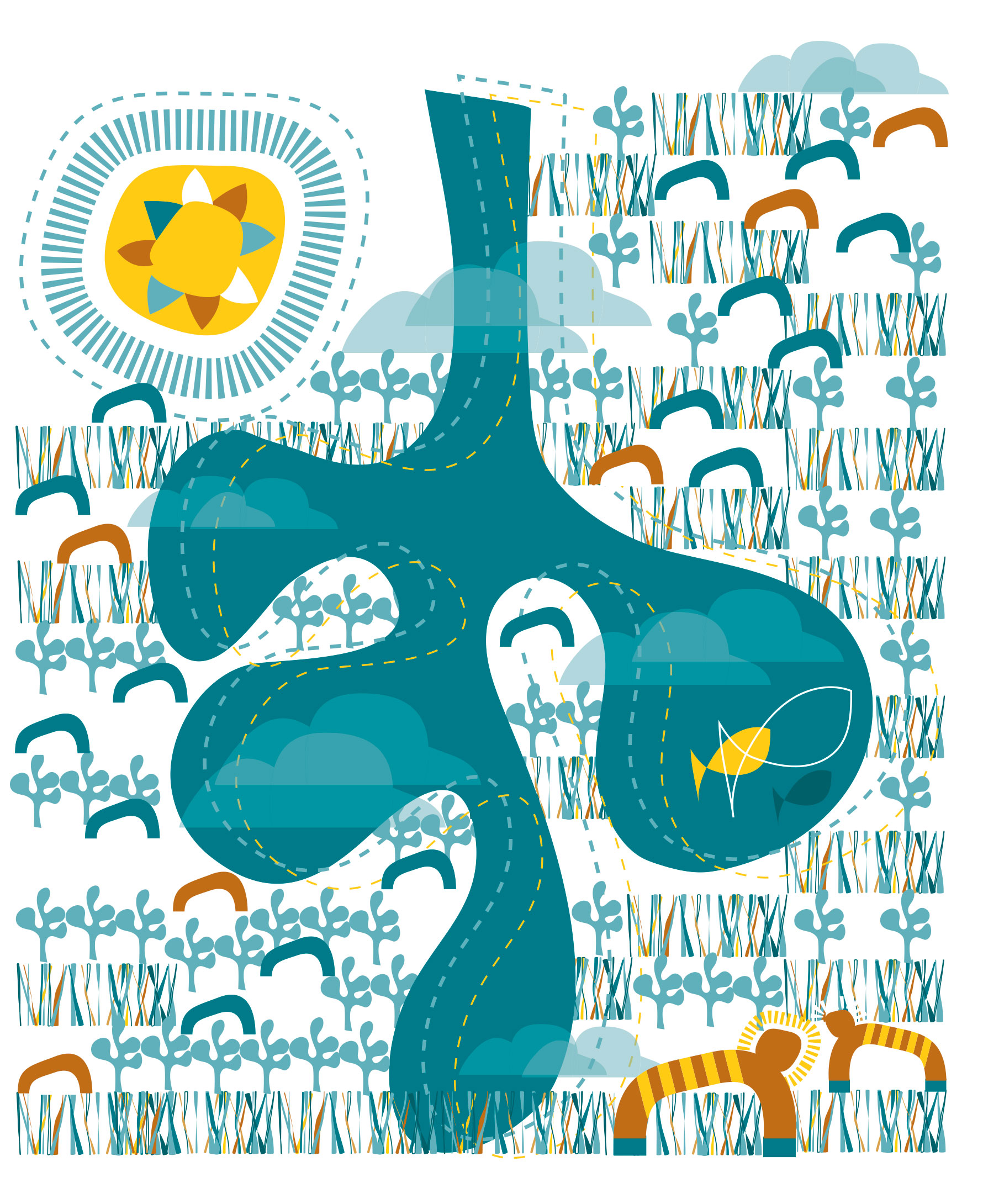
Environment
We support the conservation of natural resources and protection of natural habitats.
Programs:
- Coastal Ecosystems
- Freshwater Ecosystems
- Tropical Forests
- Grasslands

While focusing on ecosystems offers funders shorthand to consider work within tidy boundaries, communities and wildlife are much more integrated than those terms imply.
The Nature Conservancy and World Wildlife Fund focus on the landscape as a whole, recognizing the inherent interconnectedness of the natural world.

Paid in 2023
Payments in 2023
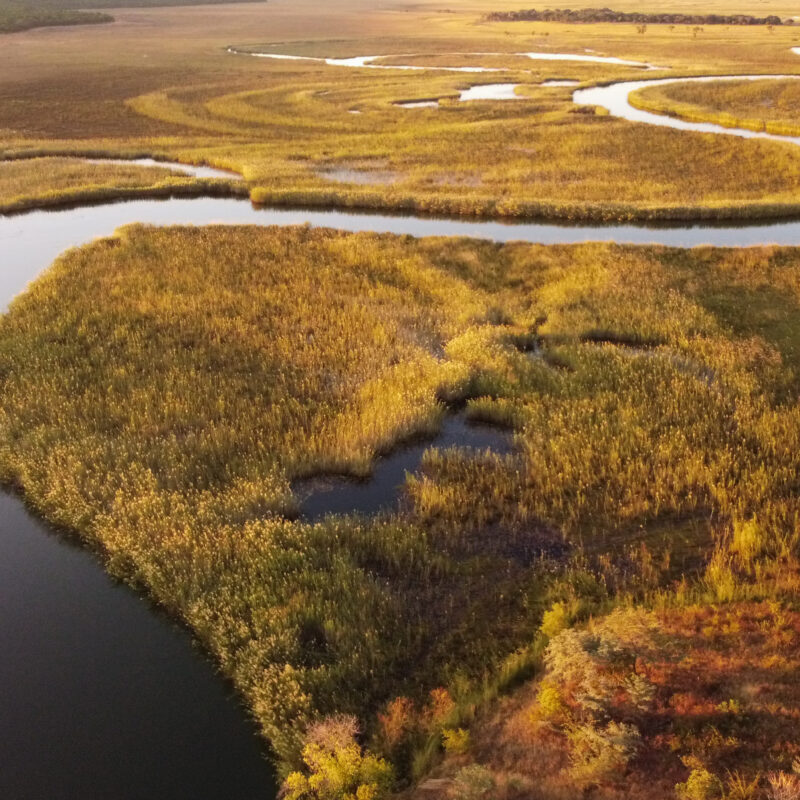
Protecting landscapes that connect wildlife and communities
Migrating wildebeest, elephants, tigerfish, and other species on the move do not recognize human boundaries and borders. These animals follow ancestral paths along unique wetlands in the heart of the Kalahari Basin.
World Wildlife Fund (WWF) and The Nature Conservancy (TNC) honor the inherent interconnectedness of the natural world and are working with communities across borders to protect critical ecosystems and wildlife in Southern Africa.

Protecting landscapes that connect wildlife and communities
© Roshni Lodhia
Migrating wildebeest, elephants, tigerfish, and other species on the move do not recognize human boundaries and borders. These animals follow ancestral paths along unique wetlands in the heart of the Kalahari Desert.
World Wildlife Fund (WWF) and The Nature Conservancy (TNC) honor the inherent interconnectedness of the natural world and are working with communities across borders to protect critical ecosystems and wildlife in Southern Africa.
The greater Kavango Zambezi Transfrontier Conservation Area (greater KAZA) spans five countries in the southern half of Africa: Angola, Botswana, Namibia, Zambia, and Zimbabwe. This sprawling region includes significant populations of iconic wildlife, incredible freshwater resources, and a diversity of interconnected ecosystems.
In Angola, three important rivers (the Cuito and Cubango that make up the Okavango, and Cuando) not only support high levels of biodiversity, but also supply more than 95% of the water that turns the Kalahari Desert green and draws thousands of wildlife to the famed Okavango Delta oasis. This uniquely intact freshwater system flowing through the region is a critical life source for both humans and migrating wildlife.
Coordinating across boundaries for a shared vision
The KAZA Transfrontier Conservation Area encompasses 200,000 square miles – roughly equal to the size of France. This area is home to some of the region’s most iconic species. A 2022 aerial survey counted approximately 229,000 savannah elephants, 17,000 hippopotamuses, and 88,000 plains zebras. 2.7 million people also live in and depend on this landscape.
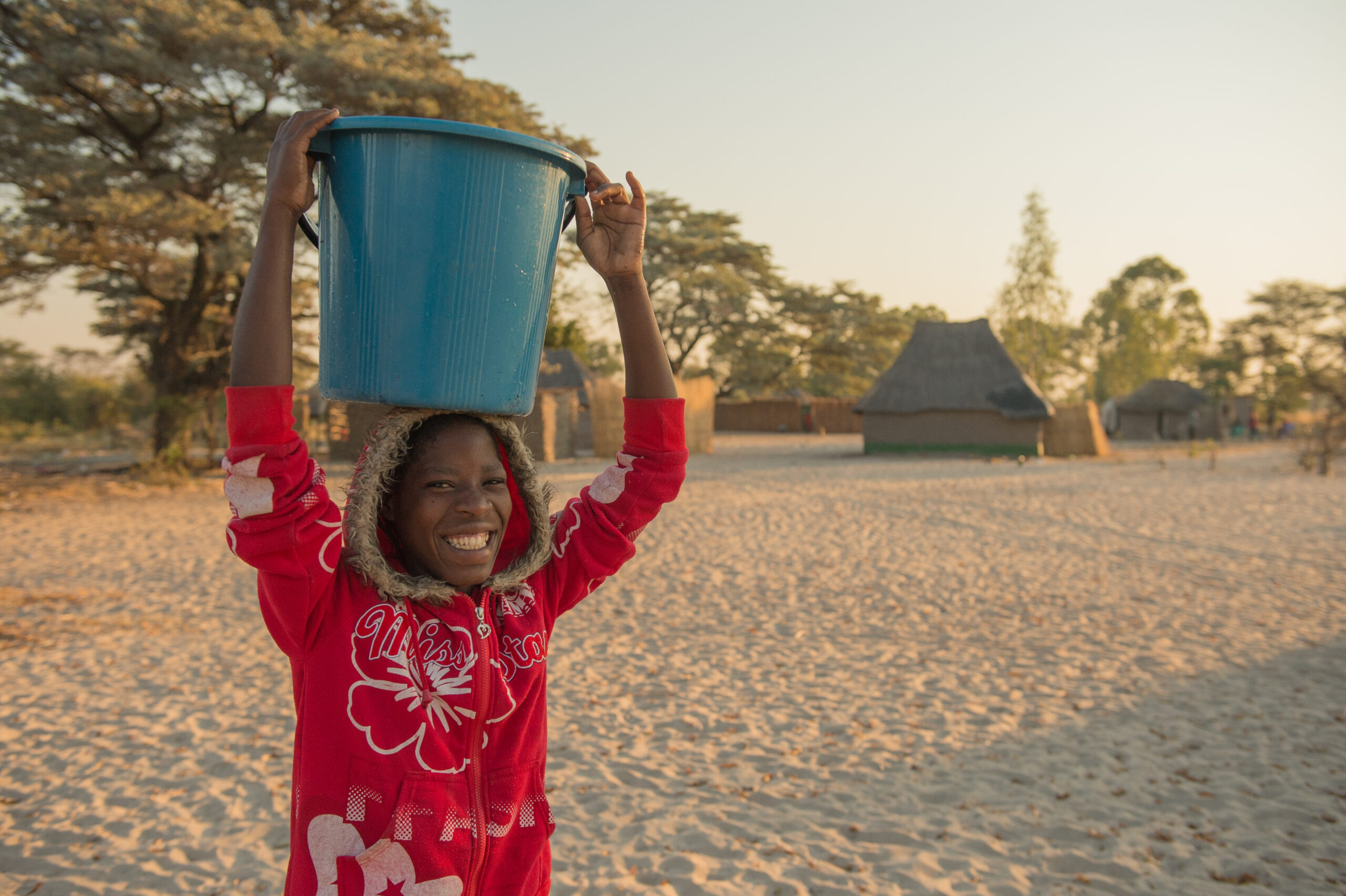
Natalia Sabata, who works at a nearby eco-tourism lodge, prepares breakfast for her family in Katonyana Village, Namibia. © Gareth Bentley / WWF-US
While boasting an abundance of wildlife and natural resources, people and nature in the greater KAZA region face significant and increasing challenges. These include food insecurity, fragmentation of ecosystems and wildlife corridors, human-wildlife conflict, habitat destruction, disruption of water flow, climate change, and wildlife crime.
The critical need to protect freshwater
As a vital life source, water is key in shaping wildlife health and movement throughout the region.
“KAZA is designed to create space for elephants to move as the rivers do, across borders and between protected areas.”- Dianne Tipping-Woods, originally published in World Wildlife Magazine.
Elephants, like rivers, cross national boundaries and connect diverse ecosystems and communities.
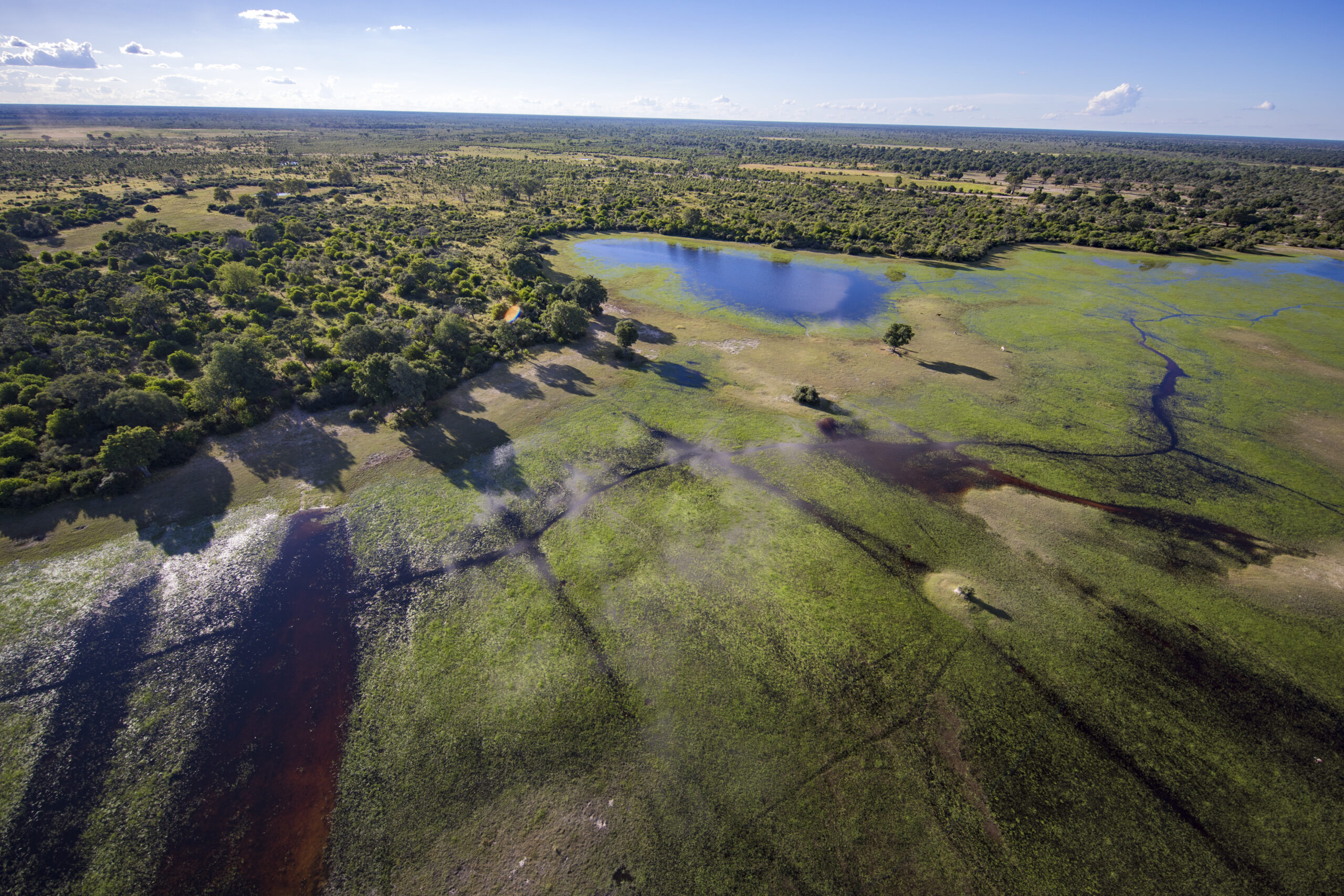
Elephant tracks visible on a floodplain in the Okavango Delta, Botswana. Elephants are known for engineering their environment. Other wildlife often follows in their tracks. © James Morgan / WWF-US.
“It’s thanks to the water that this area has some of Africa’s most remarkable natural attributes, from vast herds of elephants to World Heritage sites,” says Mike Knight, KAZA transboundary leader for WWF. “It’s critically important to make sure that water in the system keeps flowing.”
To advance conservation of this region, MACP is supporting work by TNC and WWF in both the Cuando and Okavango River systems.
WWF’s work centers around the Cuando River basin, one of the last remaining long, free-flowing rivers in Southern Africa. In the adjacent Cuito and Cubango River basins to the west, TNC is focused on conserving the headwater systems that feed the largest inland delta in the world: the Okavango River Delta.
The health of these water systems goes hand in hand with the health of surrounding communities and wildlife.
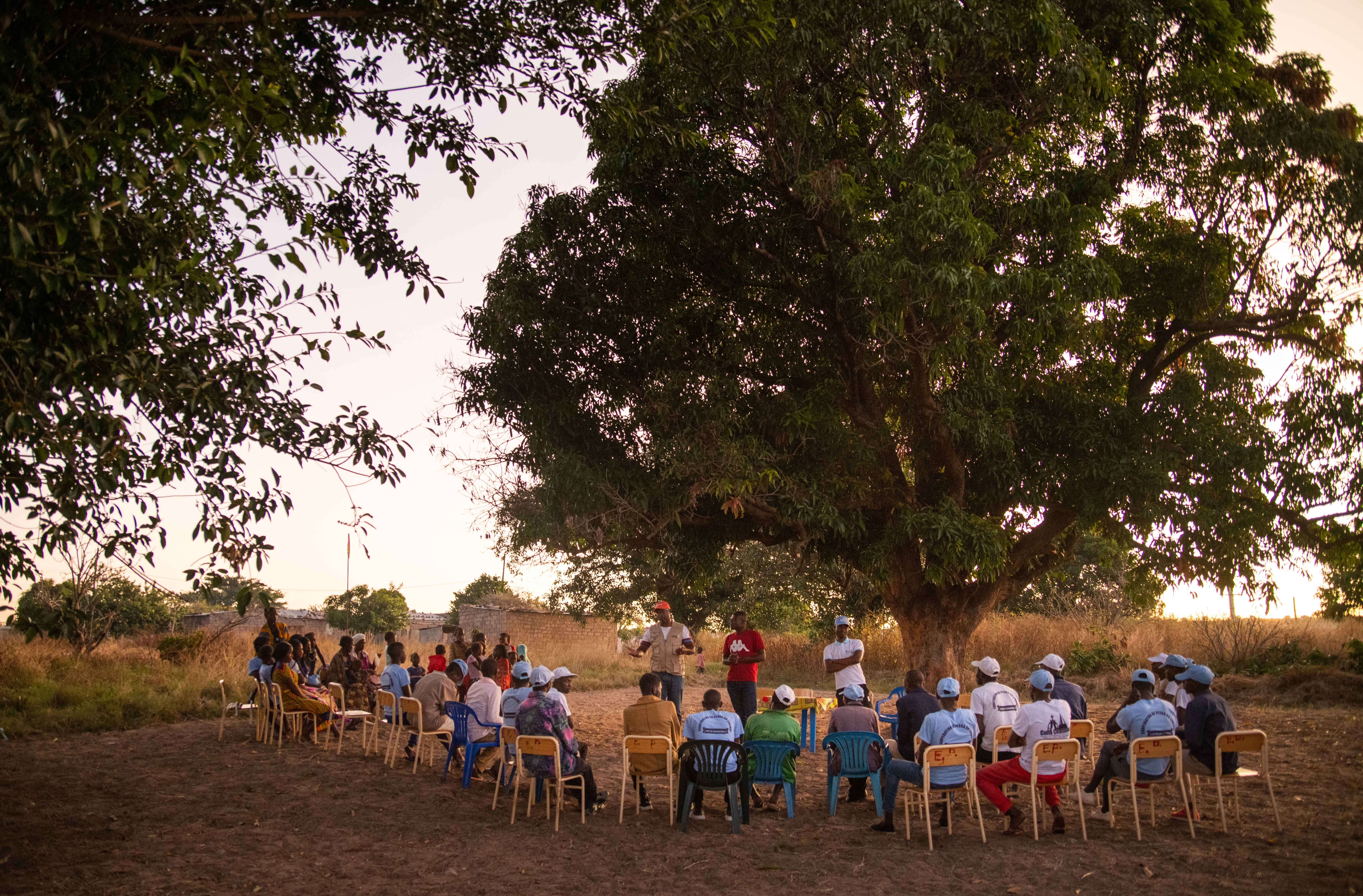
A Livambi fishery co-op meeting is led by Victor Barreto, TNC Okavango Fisheries Specialist, and Noel Valentino Carlos, ACADIR Technical Field Coordinator. © Roshni Lodhia
A vision for thriving communities and conservation
To protect the Cuando and Okavango freshwater systems, local communities must have the rights and tools to sustainably manage their natural resources, as well as the ability to provide for their families. That’s why TNC and WWF’s central approach in this region is community-led conservation.
“People are dependent on natural resources. We want to help them take full ownership of these resources, manage them, and also derive a livelihood.”
— Sekgowa Motsumi, TNC Okavango Basin Program Director
Here, TNC is working with communities and local partners to pilot sustainable forestry and fishery activities that address immediate threats to the watershed and tackle one of the root causes of habitat destruction: extreme poverty.
By collaborating on big-picture efforts such as building government partnerships and compiling science to inform on-the-ground action, TNC and WWF have figured out how to increase efficiencies and make funding go further. Staying coordinated also means learning from and supporting each other and a shared local partner, ACADIR.
The strong science, technical tools, and global experience that TNC and WWF bring to the region are complemented by the deep relationships and experience of ACADIR.
TNC, WWF, and local partners like ACADIR are responding to community needs and priorities along these freshwater systems. Local projects focus on the sweet spot where community interests and conservation opportunities overlap.
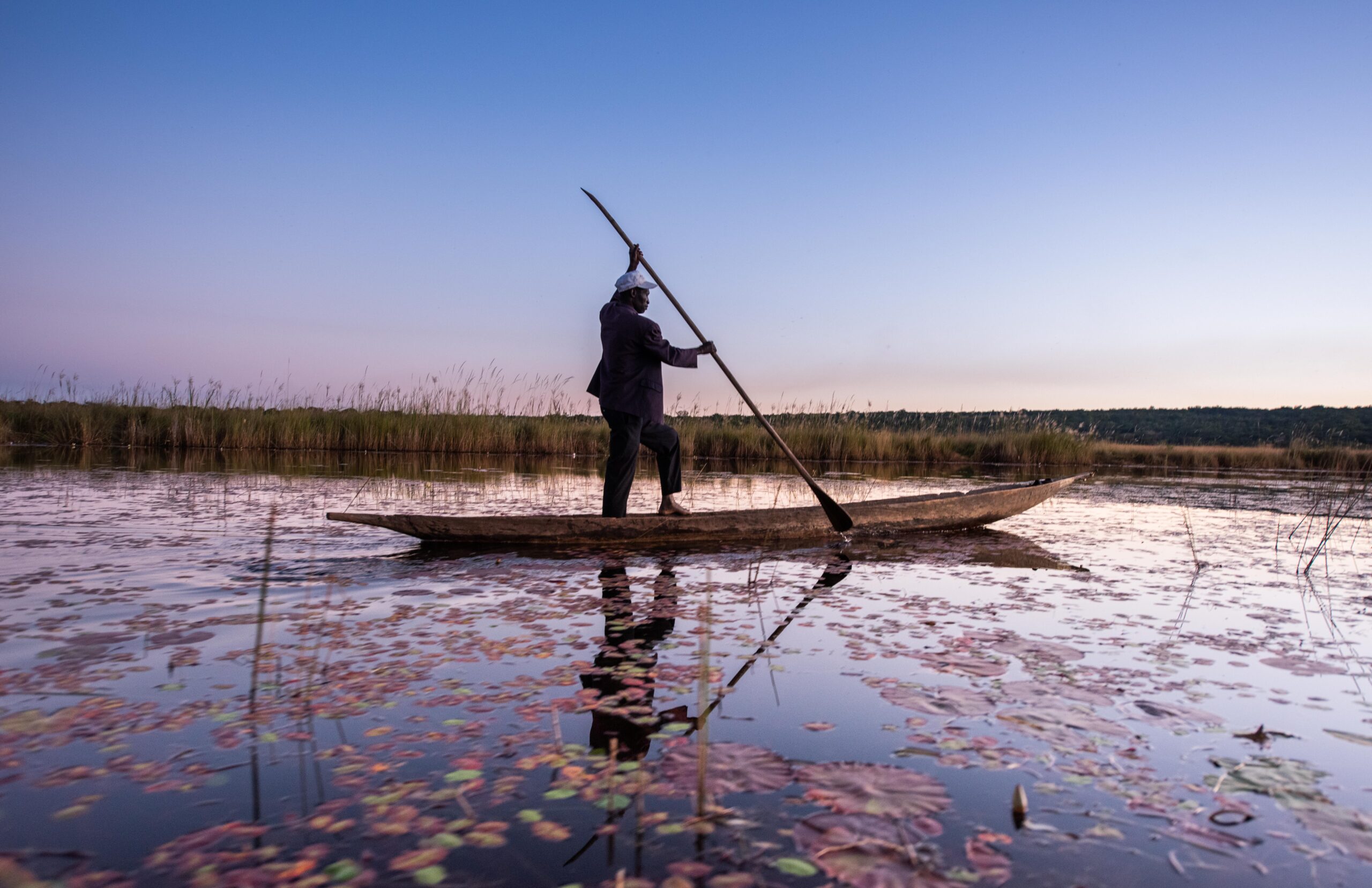
Fernando Kanohe, 53 years old, has been fishing along the Cuito River for 30 years. He is a member of the Livambi co-op. Here he is fishing in the lagoon. © Roshni Lodhia
Along the Cuando River, WWF and ACADIR have worked with five communities in the Jamba region to establish fish reserves and build the capacity of community members to sustainably manage the resource. Community members have welcomed the fisheries reserve model, and the Angolan government has been equally supportive.
Along the Cuito and Cubango Rivers, TNC and ACADIR have supported 14 villages to establish community-led fisheries and forest co-management institutions called cooperatives, including three cooperatives composed entirely of women. TNC’s focus on women’s empowerment is an important new dimension of work in these communities where women have historically been excluded or marginalized from natural resource management and other decisions that impact them and their families.
Working with communities is all about trust. It is the essential foundation for progress, and it takes time to build. ACADIR has worked hand-in-hand with Angolan communities since 2001. The trust earned through ACADIR’s investment in these relationships is what propels the partnership with WWF and TNC to go farther, faster.
You can read more about TNC’s work in the Okavango, and WWF’s focus on freshwater in the greater KAZA region in these respective magazine features. And learn from the local Angolan perspective of ACADIR here.
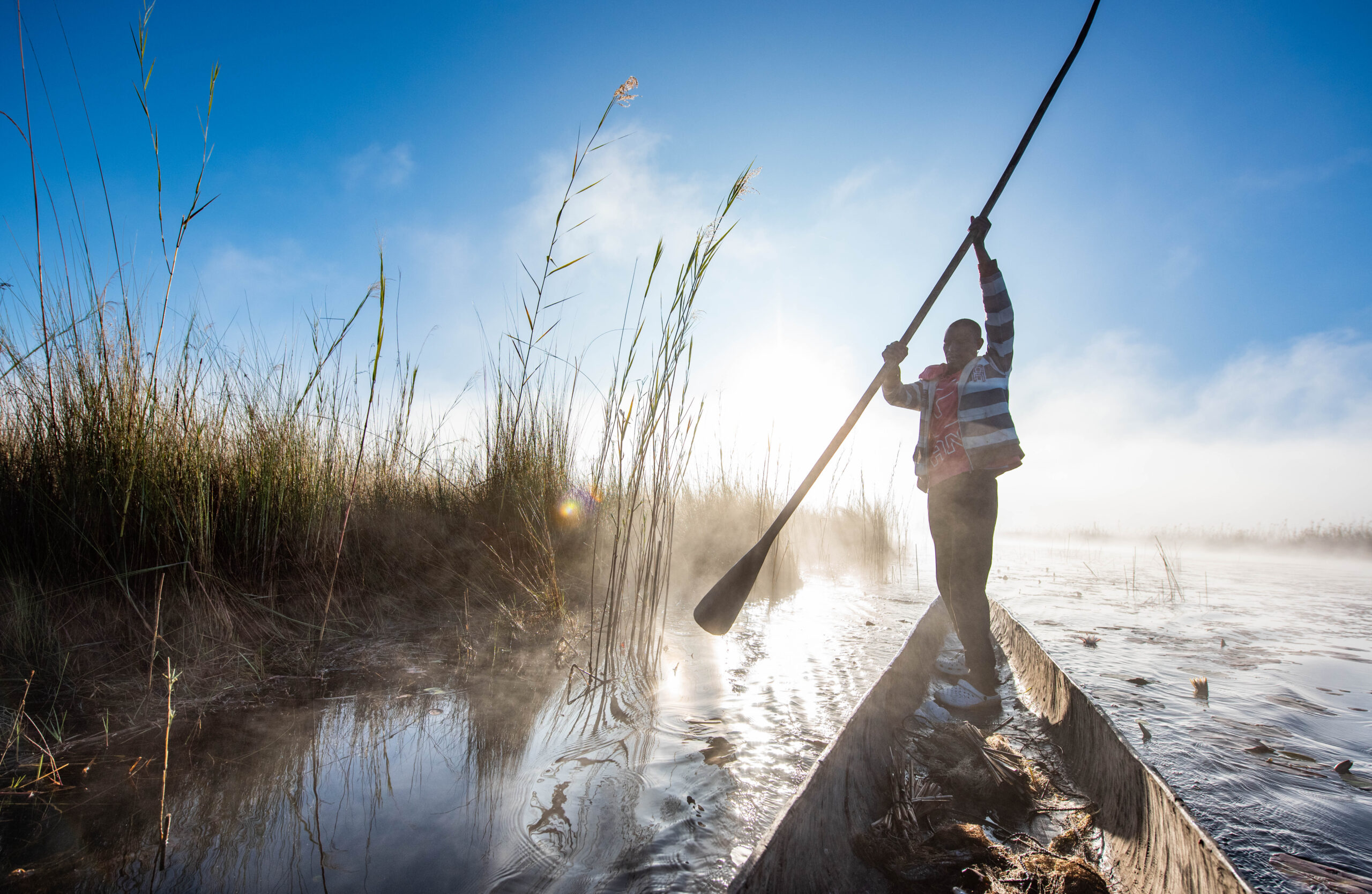
Augusto Chihinga, 33 years old, has been fishing for 20 years. He has 2 children. Here Augusto is checking his fishing nets at 7 AM in the lagoon. © Roshni Lodhia
Learning from an integrated approach
Margaret A. Cargill Philanthropies supports TNC and WWF’s efforts in the region, through multiple grants totaling more than $3.5 million.
While philanthropy has historically focused on discrete ecosystems like freshwater or grasslands, communities and wildlife do not operate in silos. TNC and WWF focus on the landscape as a whole, recognizing the inherent interconnectedness of the natural world.
MACP is learning from this integrated landscape approach in the region to understand how we can better support our partners and align with their cohesive approaches.
With its distinctive wildlife, rich biodiversity, and interdependent ecosystems and communities, the greater KAZA region is a powerful reminder that the well-being of people and the natural world is inextricably linked.
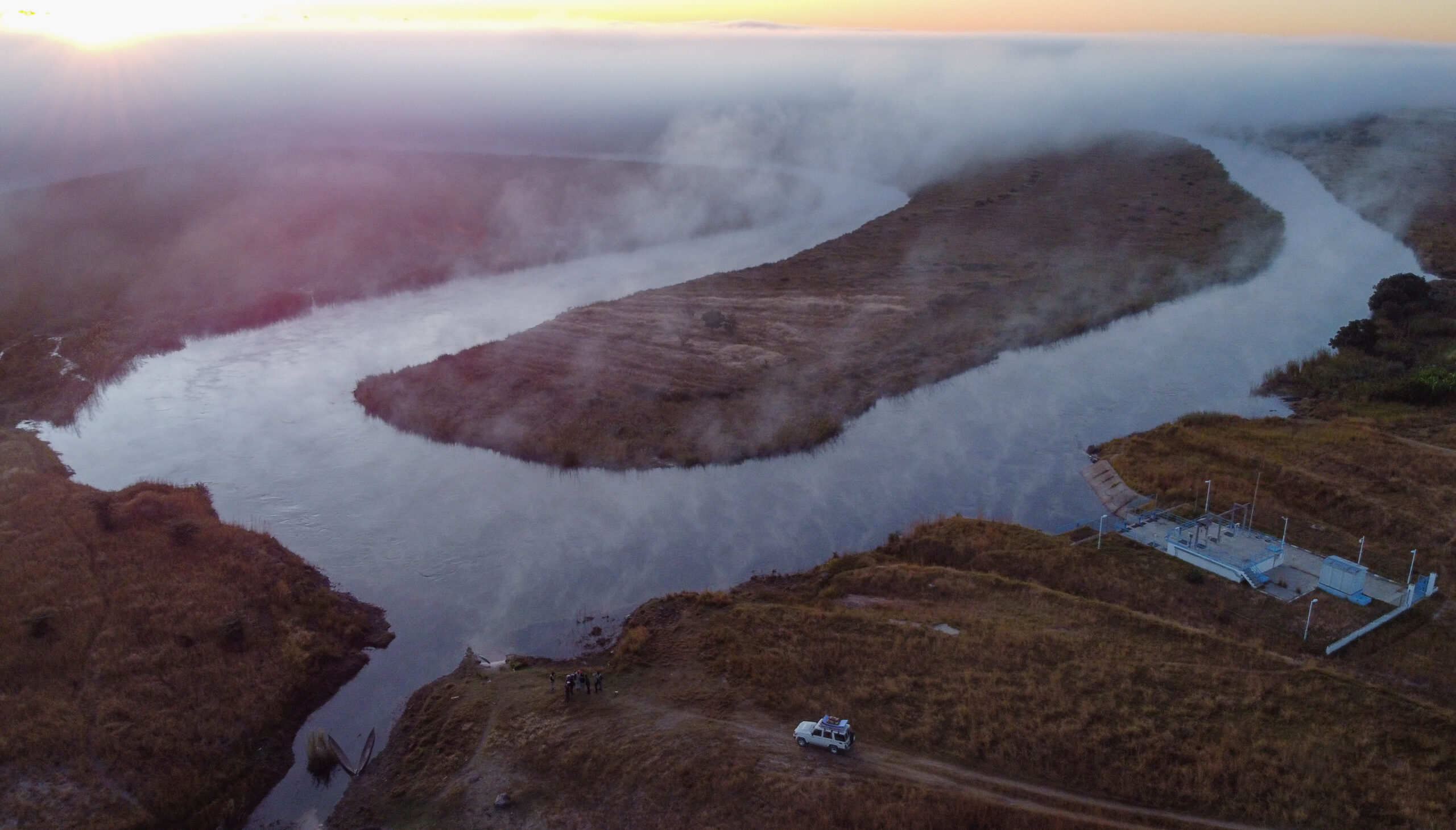
© Roshni Lodhia
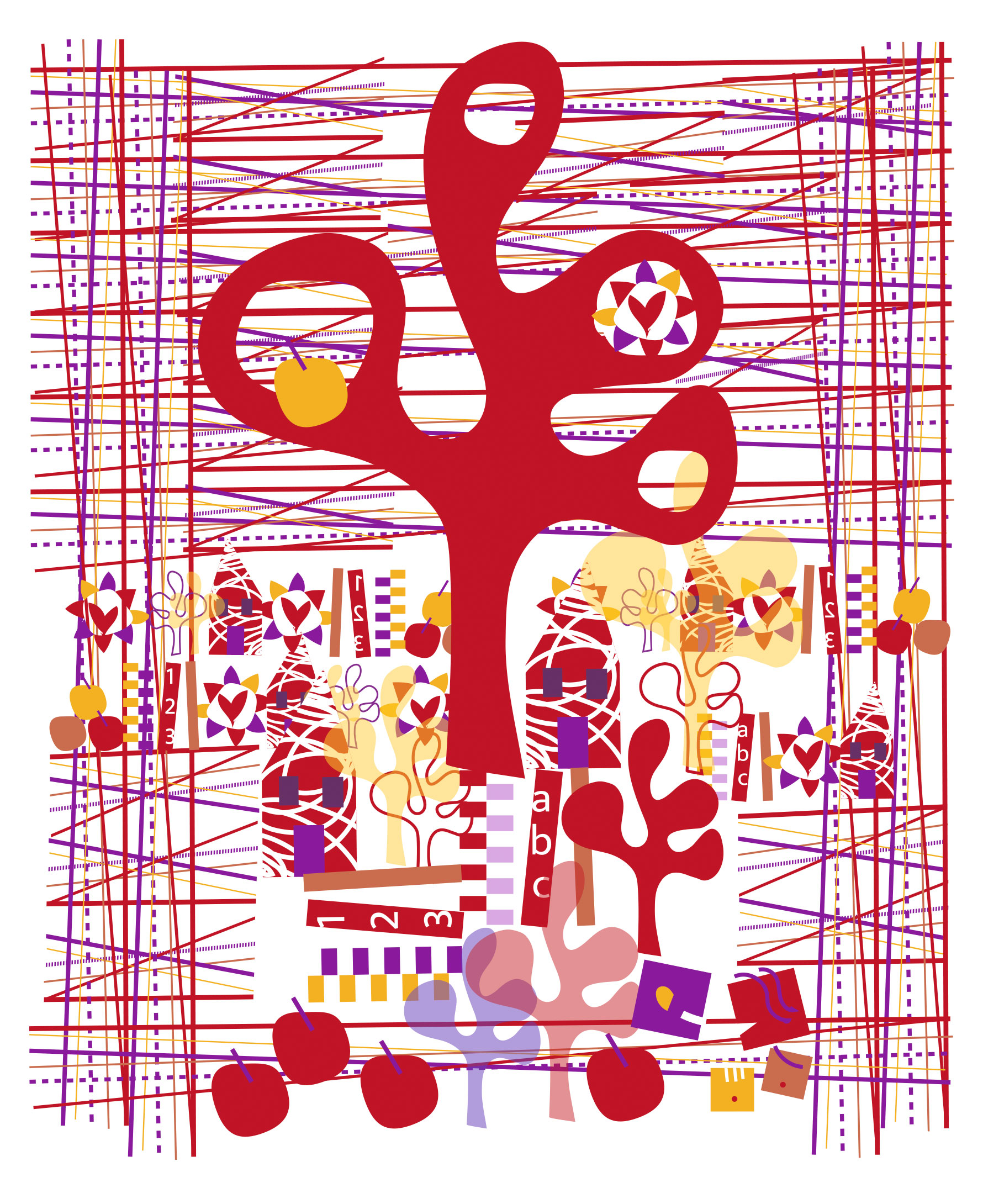
Legacy & Opportunity
We provide funding for opportunities aligned with our strategic priorities and support for specific geographies of importance to Margaret Cargill, including the Upper Midwest and Southern California.
Programs:
- Local Initiatives
- Legacy Grantmaking

Throughout her life, Margaret Cargill had enduring connections to both Minnesota and Southern California.
Organizations like the Afghan Cultural Society (ACS) and Ukrainian American Community Center of MN (UACC) are empowering new immigrants and refugees in Minneapolis with culturally relevant resources. They provide support in employment, mental health, housing, and community connections, helping families navigate life in the U.S. while addressing the unique challenges of displacement. Their work fosters lasting, community-driven impacts for new Minnesotans.
Media organizations have long held the mic and been the ones doing the talking. KPBS decided to flip the script by handing the mic to the public – putting themselves in the listening space.

Legacy Grantmaking
Paid in 2023
Payments in 2023
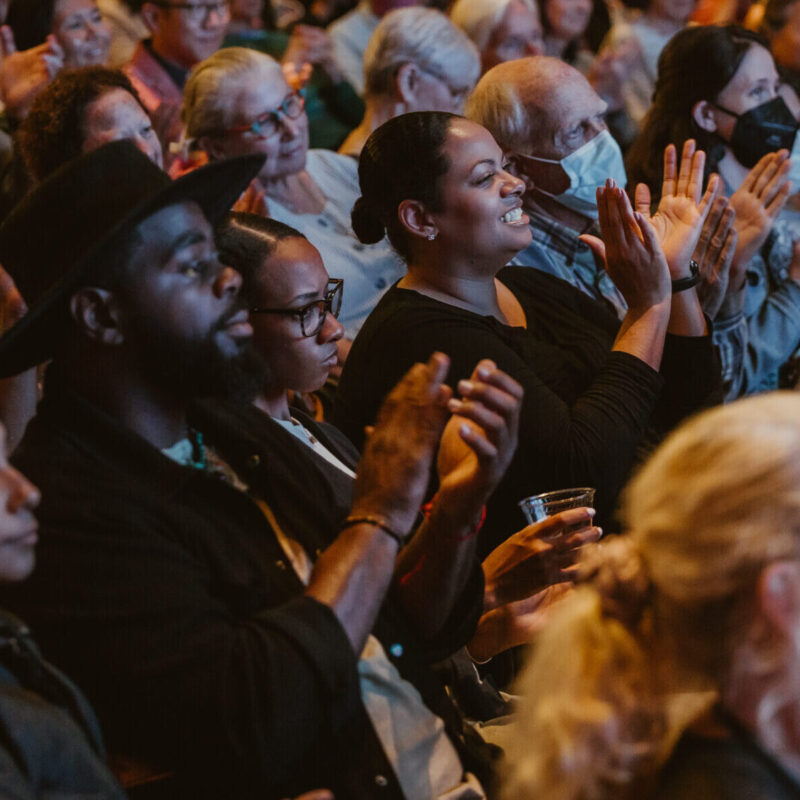
Listening to community in intentional and authentic ways
Media organizations have long held the mic and been the ones doing the talking. KPBS decided to flip the script by handing the mic to the public – putting themselves in the listening space.

Listening to community in intentional and authentic ways
Public media’s role as a source of regular and reliable information has become even more vital in recent years, as many national, regional, and local news organizations merge, shrink, or disappear altogether.
This has been true of news outlets in many metropolitan areas, including San Diego. As San Diego’s largest public media station and the region’s only PBS and NPR member station, KPBS works to reflect and support the region’s many different communities. This means providing trusted programming, but it also means engaging in regular and genuine dialogue with San Diegans.
A History of Community-Centered Initiatives
While KPBS has a long history as a strong presence in every part of San Diego, from Oceanside to the Tijuana border, they have been more deliberate in recent efforts to build on existing relationships and forge even deeper connections with the community. The station is known for community-centered initiatives built on well-established civic partnerships that have stood the test of time. These include the beloved One Book, One San Diego, which brings together the San Diego community through shared reading experiences that encourage learning, discussion, and community engagement on subjects of local importance; Community Conversations, discussions powered by specific concerns raised by the community; and the G.I. Film Festival San Diego, a showcase by, for, and about military and veteran experiences.
These are not initiatives designed by KPBS for the community, but rather ideas that have emerged from ongoing conversations with the community. The community has been an active co-collaborator in these efforts, and in the case of One Book, One San Diego, one where that collaboration has continued for nearly 20 years.
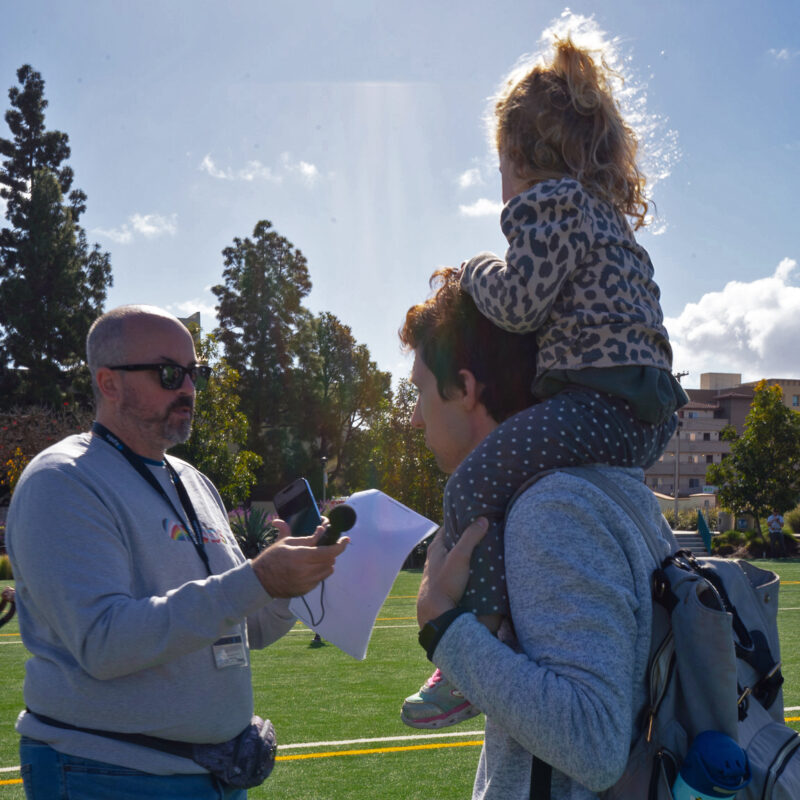
Photo by: Caroline Lannes
“KPBS plays an important role in representing all San Diego voices, and we are responding by getting closer to our communities, becoming a trusted partner, and listening to what they need. We’re also acting on that feedback by telling their stories and providing the context and resources that help San Diegans thrive. This is the future of our public service mission at KPBS.”
– Deanna Mackey, General Manager, KPBS
Deepening Community Connections
While these established initiatives have been successful, KPBS recognized that continuing to grow and deepen relationships with the community would require a shift towards more intentional listening. Media organizations have long held the mic and been the ones doing the talking. KPBS decided to flip the script by handing the mic to the public – putting themselves in the listening space and recognizing that serving and reflecting a region of 3.3 million individuals means not assuming they have all the answers.
KPBS engaged in audience research at the same time as they launched a new initiative called KPBS Listens, a series of listening events in diverse neighborhoods across San Diego. Specific topics bubbled up from these events to become news stories or Community Conversations. KPBS was systematic about documenting what they learned through their listening tour and combined that learning with their audience research to identify key areas of information they will invest in to strengthen the service they provide their community. This includes typical areas for a public media organization, such as news, but goes beyond news to provide relevant information on civic engagement, parenting resources, and local arts.
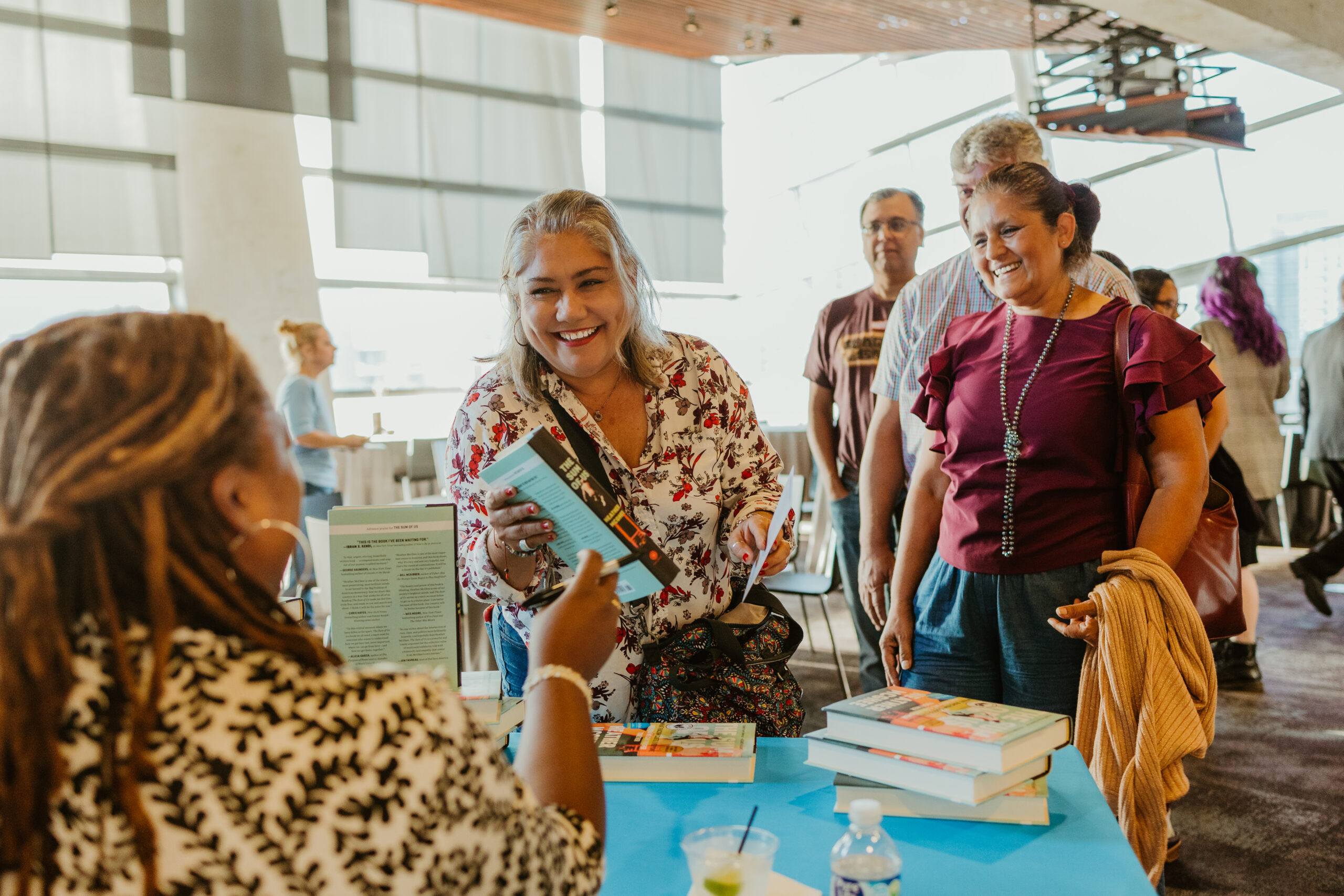
The San Diego community helps select the book featured for One Book, One San Diego. In 2023, Heather McGhee’s The Sum of Us: What Racism Costs Everyone and How We Can Prosper Together was the chosen book, and the author participated in local events and book signings. Photo by: Charie Juaneza
“The presence of KPBS to come here and hear the voices is so important. Not just to tweet out the voices, not just hanging a banner, but coming here to shake hands in the community. It’s a big community but a small one at the same time.” – Community member at a KPBS Listens event
Being present in different neighborhoods has been especially helpful in connecting with people who reflect the region’s changing demographics, including a younger potential audience, and people who have never heard of KPBS.
These and other KPBS initiatives were made possible through grants from Margaret A. Cargill Philanthropies (MACP). This recent funding is part of a long history of support that was started in 1999 by our founder, Margaret Cargill. She valued the vital role public media plays in our communities, and KPBS was the public media outlet that she enjoyed during the many years she lived in San Diego.
Photo across top of the page/header: One Book, One San Diego is a partnership between KPBS and the San Diego Public Library, designed to bring San Diegans together through an enriching, locally relevant literary experience. Credit: Charie Juaneza
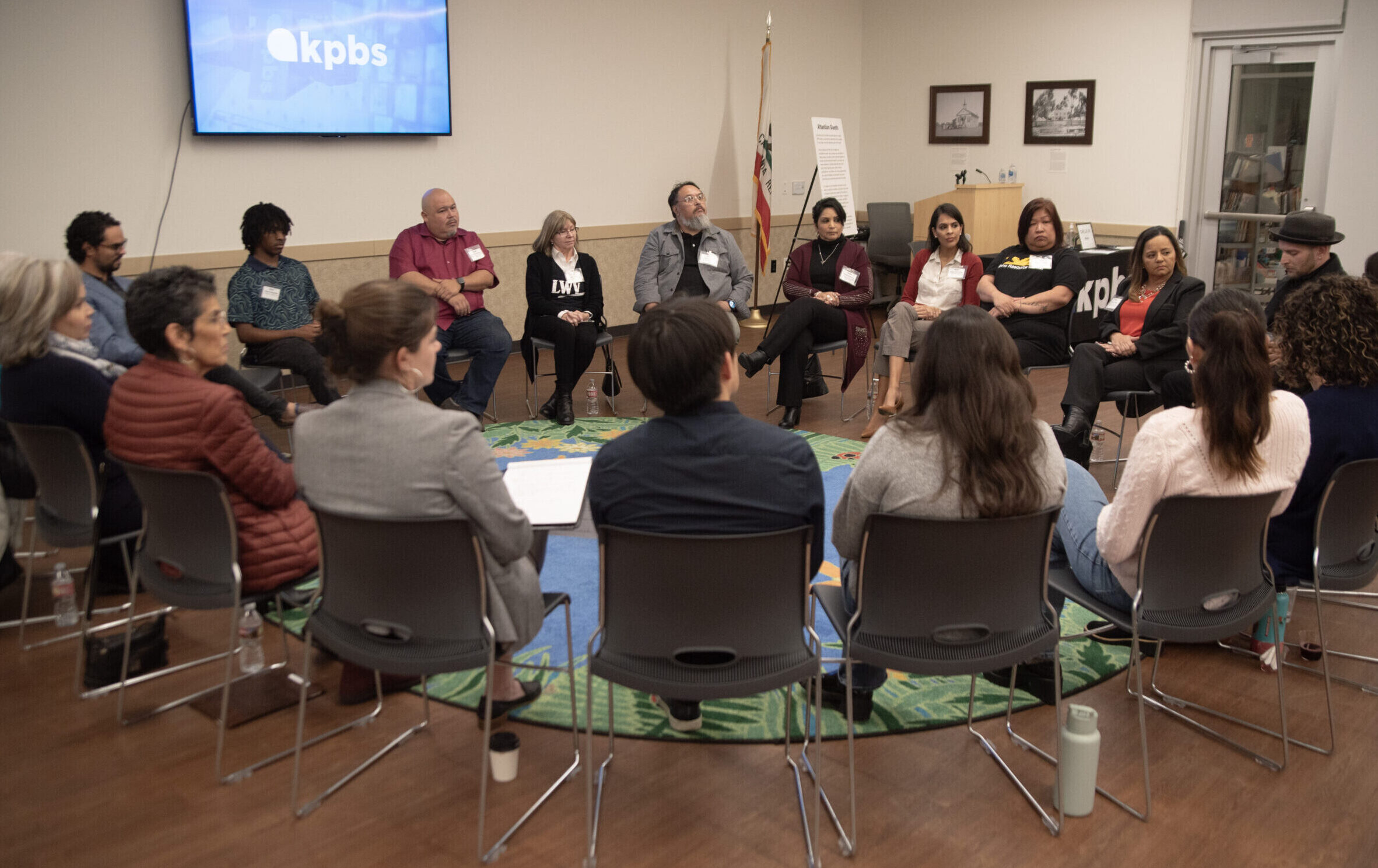
Photo by: Carolyne Corelis
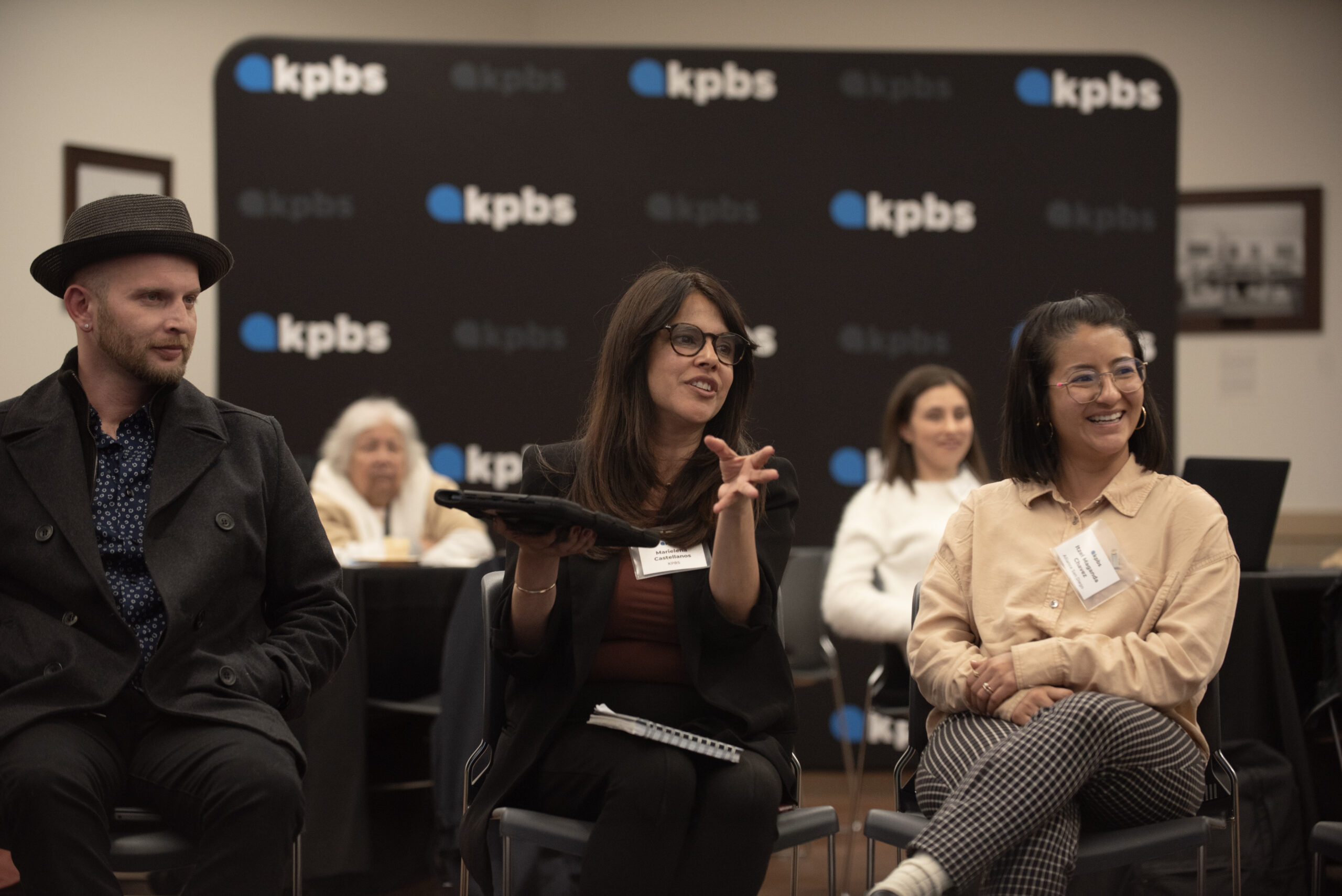
Community Conversations are solutions-focused, educational discussions hosted by KPBS on issues important to the region. Photo by: Carolyne Corelis
Local Initiatives
Paid in 2023
in 2023*
*In 2023, MACP made payments via direct grants and partnered with both the Minneapolis Foundation and Saint Paul & Minnesota Foundation to provide community responsiveness funding from the Margaret A. Cargill Fund.
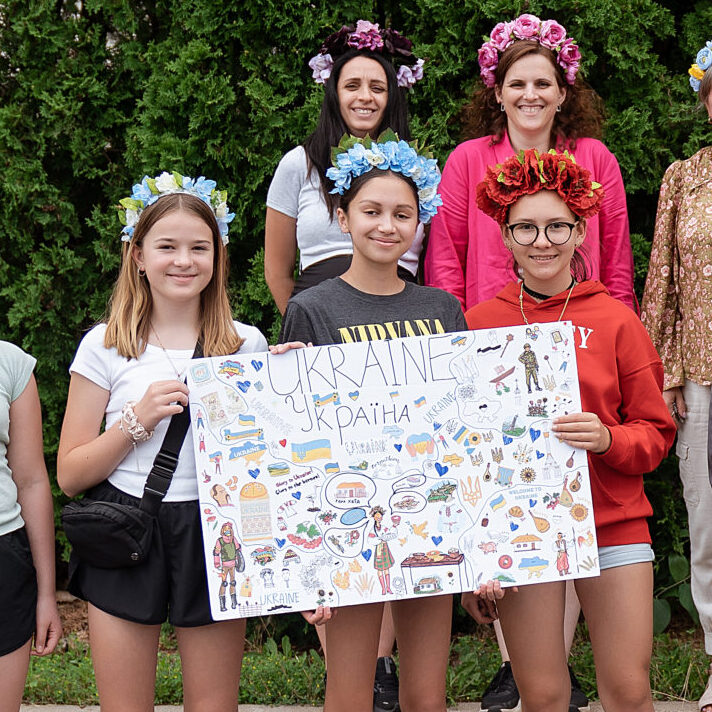
Woven Together: Immigrant and refugee communities building connections
Twin Cities organizations are supporting families taking their first steps into American life after displacement and conflict. Afghan Cultural Society and the Ukrainian American Community Center of Minnesota empower immigrants and refugees with employment, housing, and wellness resources, providing lasting support that creates a stronger foundation for new Minnesotans.

Woven Together: Immigrant and refugee communities building connections
UACC Summer Camp.
Twin Cities organizations are supporting families taking their first steps into American life after displacement and conflict. Afghan Cultural Society and the Ukrainian American Community Center of Minnesota empower immigrants and refugees with employment, housing, and wellness resources, providing lasting support that creates a stronger foundation for new Minnesotans.
Meeting immediate needs
Afghan Cultural Society (ACS) and the Ukrainian American Community Center of MN (UACC) are crucial elements in a broad network of support – staff, volunteers, donors, and philanthropy – that couple new Minnesotans with the resources they need. These organizations offer support that expands and adjusts based on families’ needs, starting with peer-based resettlement assistance that includes housing, transportation, employment, and healthcare, along with counseling and community connections.
Refugees who have arrived in Minnesota in recent years also underscore the importance of mental and social wellbeing. Fasiha, a 2022 Afghan arrival shared the impact ACS has had on her quality of life, “Here, people work away from home a lot, and they don’t spend a lot of time in the house. They don’t really get in touch easily. But since I have been introduced to [ACS], I feel much better, and I was able to find friends and meet so many people.”
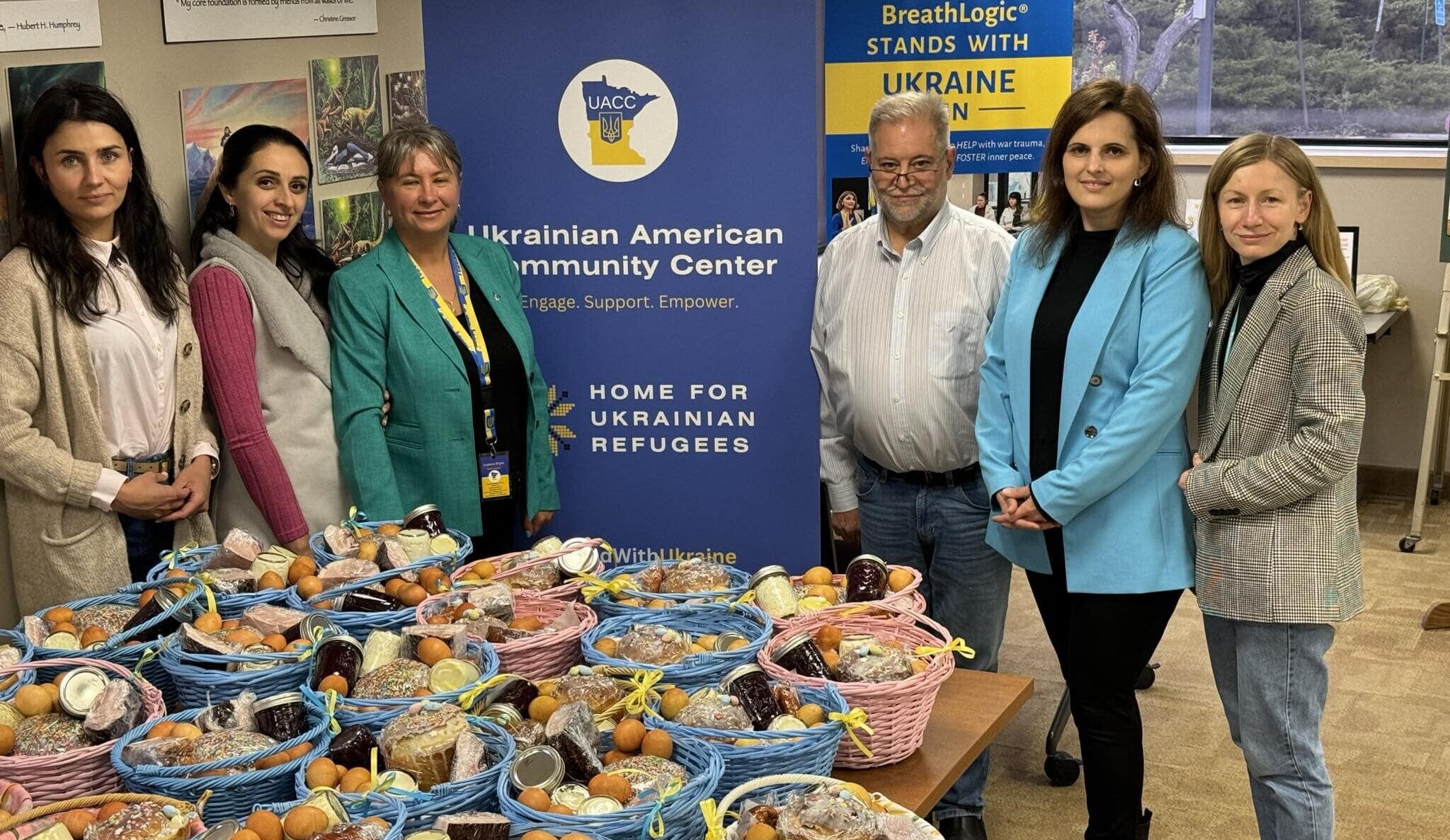
UACC Refugee Services Support Team assembled baskets for newly-arrived families as part of the Community Center’s Ukrainian Easter celebration.
UACC Community Outreach Manager Iryna Petrus, who left Ukraine shortly after Russia’s 2022 attack, describes the Center’s goal: to create a space where people immediately feel comfortable, feel accepted, and treated as they would be at home “a space where people can come and be themselves.” In response to the surge in refugees, familiar tea and snacks are a gateway to a list of language-accessible workshops, summer camps for kids, and much more.
Finding spaces that feel familiar is central at ACS as well, as member Rezwana Tavasoli reflected, “I am happy meeting people talking in my mother tongue. I am happy when I am with family and friends. To other Afghans: You are not alone. We are all here, and if you want to meet and talk to Afghans, you can step into the Afghan Cultural Society, and the folks here will help you in all ways they can.”
“When people share their personal stories, they tell me it’s easy for you to understand because you are a refugee yourself, you heard those bombs.” – Iryna Petrus
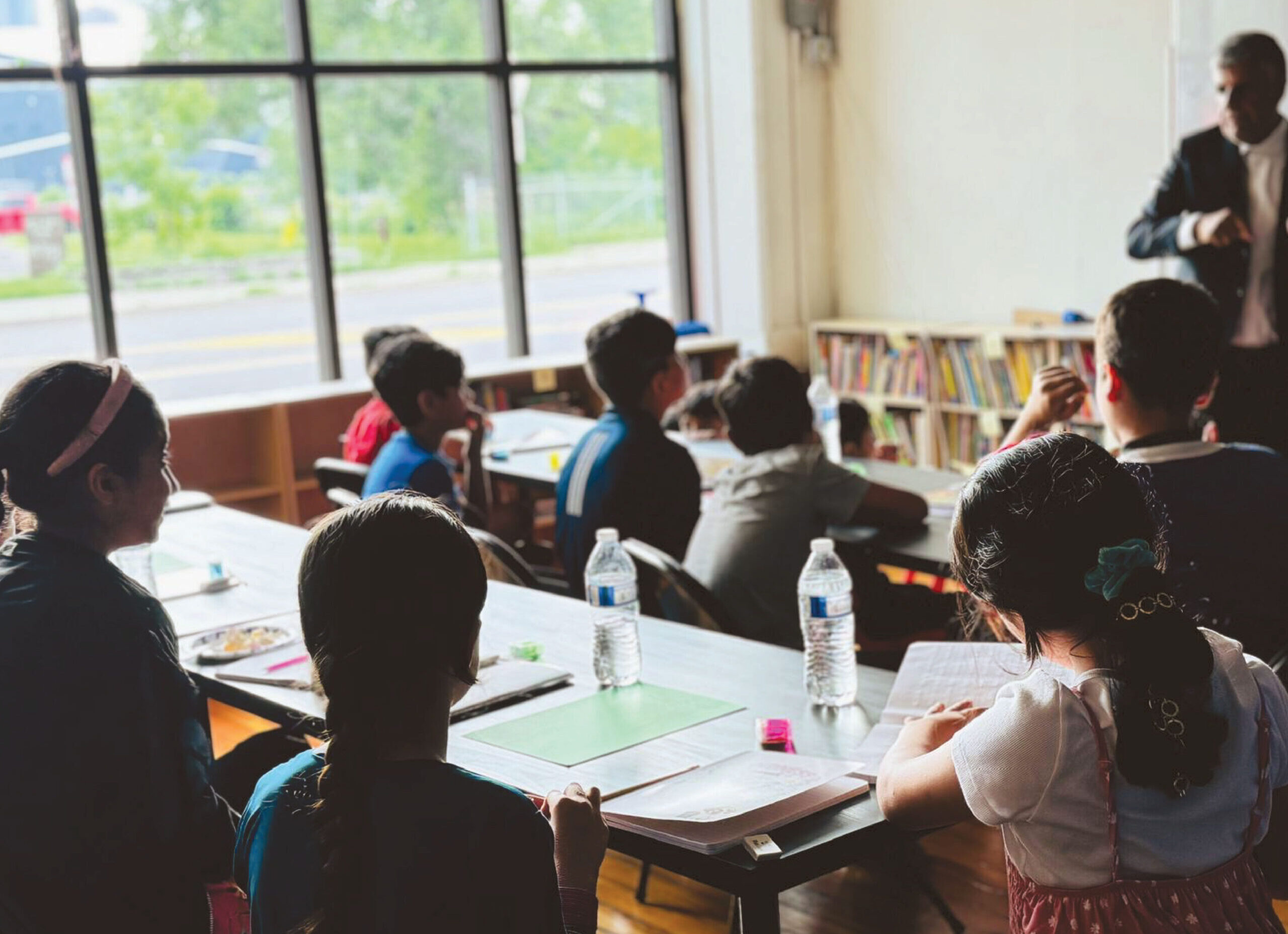
Children participate in Farsi lessons through ACS. 2024
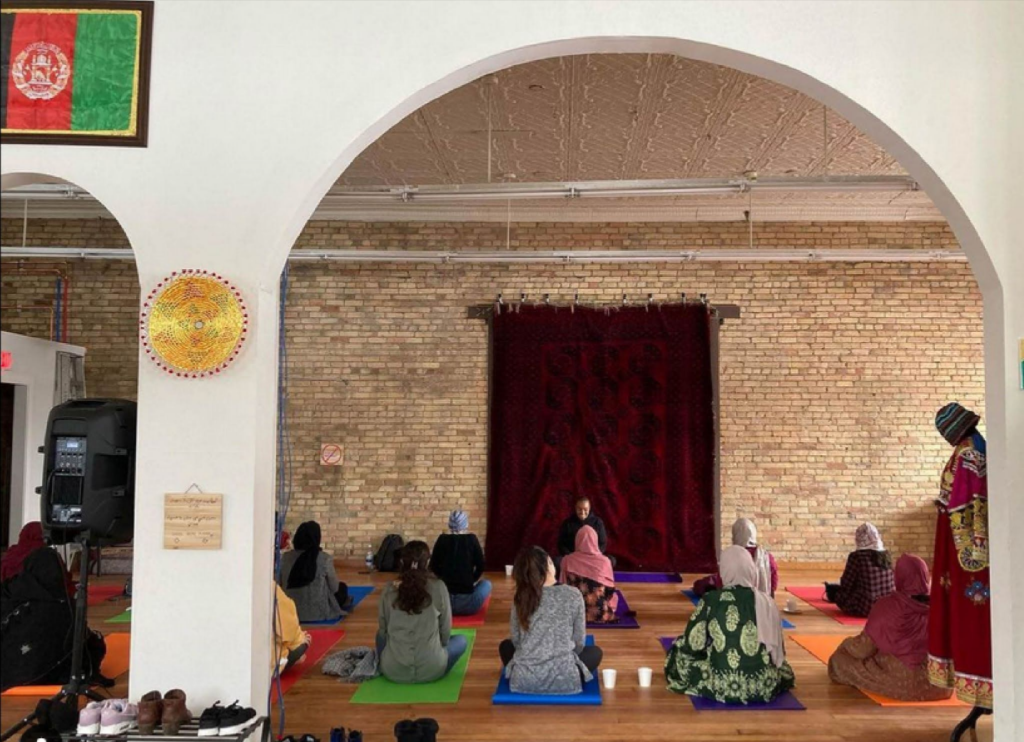
Women’s Circle members participate in a group yoga class at ACS. 2022
Navigating new systems
While some immigrants have a chance to plan their transition to another country, refugees often flee war, conflicts, or other life-threatening crises. Leaders at ACS and UACC draw on and use their shared experiences in their work, providing invaluable connections where it counts. An ACS Family Assisters team lead since 2023, Sarah Quraishi remarked, “As a new refugee myself I have been learning about systems in the U.S. alongside my peers and I feel so much more knowledgeable and able to help than when I started.”
The organizations advocate for and support families and individuals adjusting to life in the U.S. Accessing services can be confusing and expensive, and language differences are just one aspect to navigating the healthcare landscape. New community members are often eager to meet long-overdue healthcare needs and find a path to citizenship and permanent status. Legal counsel, medical interpretation, educational opportunities, and coaching resources are all rooted in culturally affirming approaches.
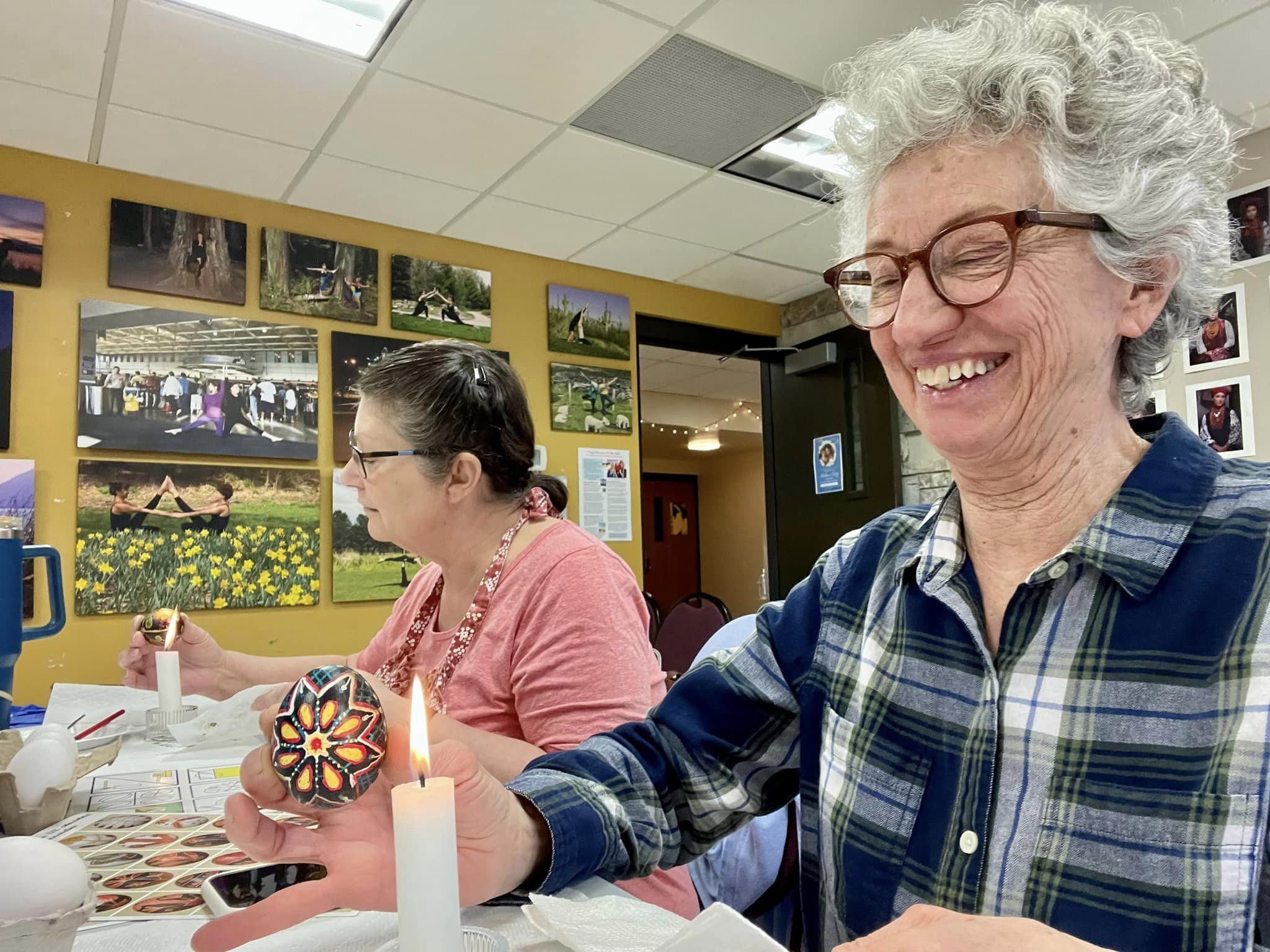
UACC hosted several classes for community members to enjoy the Ukrainian holiday tradition of painting Easter eggs.
Meaningful, personal connections
Centered in Minneapolis’ Cedar-Riverside, ACS’s community-focused touch has provided stress relief, and a space fueled by love and respect. “We were so happy because we met a lot of Afghans and talked with each other and celebrated Eid together. We really appreciate their hard work and support in all aspects” said participant Wagma Amiri, whose family has also participated in ACS’s driving knowledge, sewing classes, and youth-centered programs.
Staff and volunteers at UACC also see the importance of connecting on a personal, and at times, very emotional level. “When people open up about their stories, they tell me it’s easy for you to understand because you are a refugee yourself, you heard those bombs.” Petrus shared.
As UACC’s Director of Refugee Services, Walter Anastazievsky remarked, “We are home base. We are the place where anyone coming from Ukraine, who needs help, who needs connection, who needs a way of getting oriented in this new society, can come and get that.” Ukrainian-Americans have a long history in Minneapolis’ Northeast Marcy-Holmes neighborhood. And as new refugees have arrived, the Center continues to evolve with board representation and expanded diversity that reflects the community.
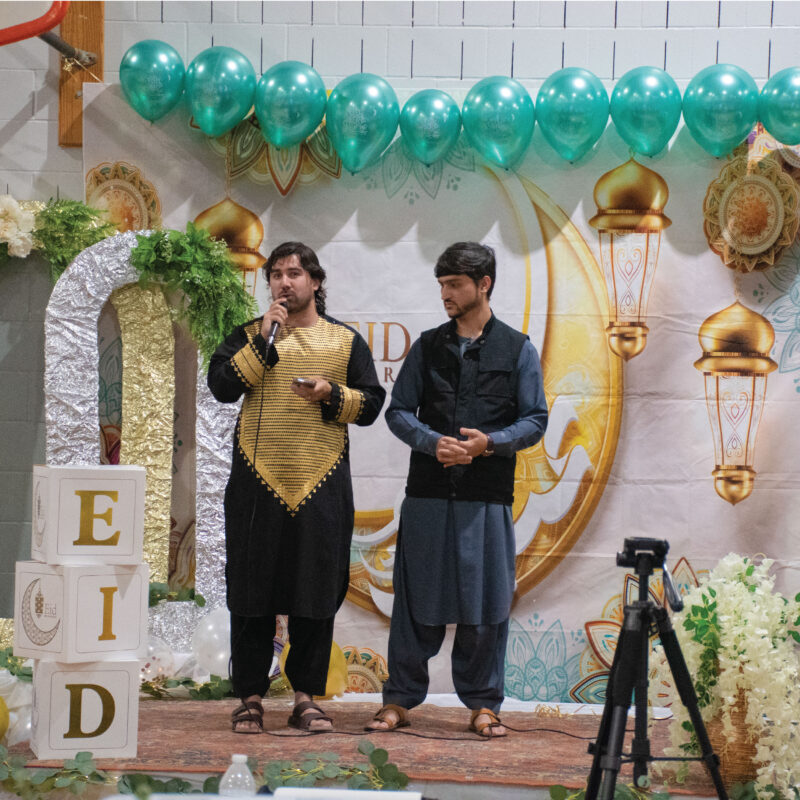
ACS Team Members Wahidullah and Fahim act as hosts at ACS’ annual Eid Qurban celebration at the Brian Coyle Center. 2024
To other Afghans: You are not alone. We are all here, and if you want to meet and talk to Afghans, you can step into the Afghan Cultural society and the folks here will help you in all ways they can.
– Rezwana Tavasoli
In 2023, Margaret A. Cargill Philanthropies (MACP) provided support for these organizations through its community responsiveness funding. MACP’s Local Initiatives program prioritizes communities and issues within Minnesota that have been historically overlooked or underserved, which directly reflects guidance from its donor, Margaret Cargill. ACS and UACC represented two in a group of ten, $50,000 gifts to Minnesota-based nonprofits who work with immigrant and refugee communities. Funding was made through The Margaret A. Cargill Foundation Fund at the Saint Paul & Minnesota Foundation.
The work of UACC, ACS, and their partners demonstrates the power of community-based programs in creating meaningful connections and lasting impacts. By weaving together diverse resources and support systems, they are helping build a stronger foundation for immigrant and refugee communities in Minnesota—one that allows them not only to survive but to flourish.
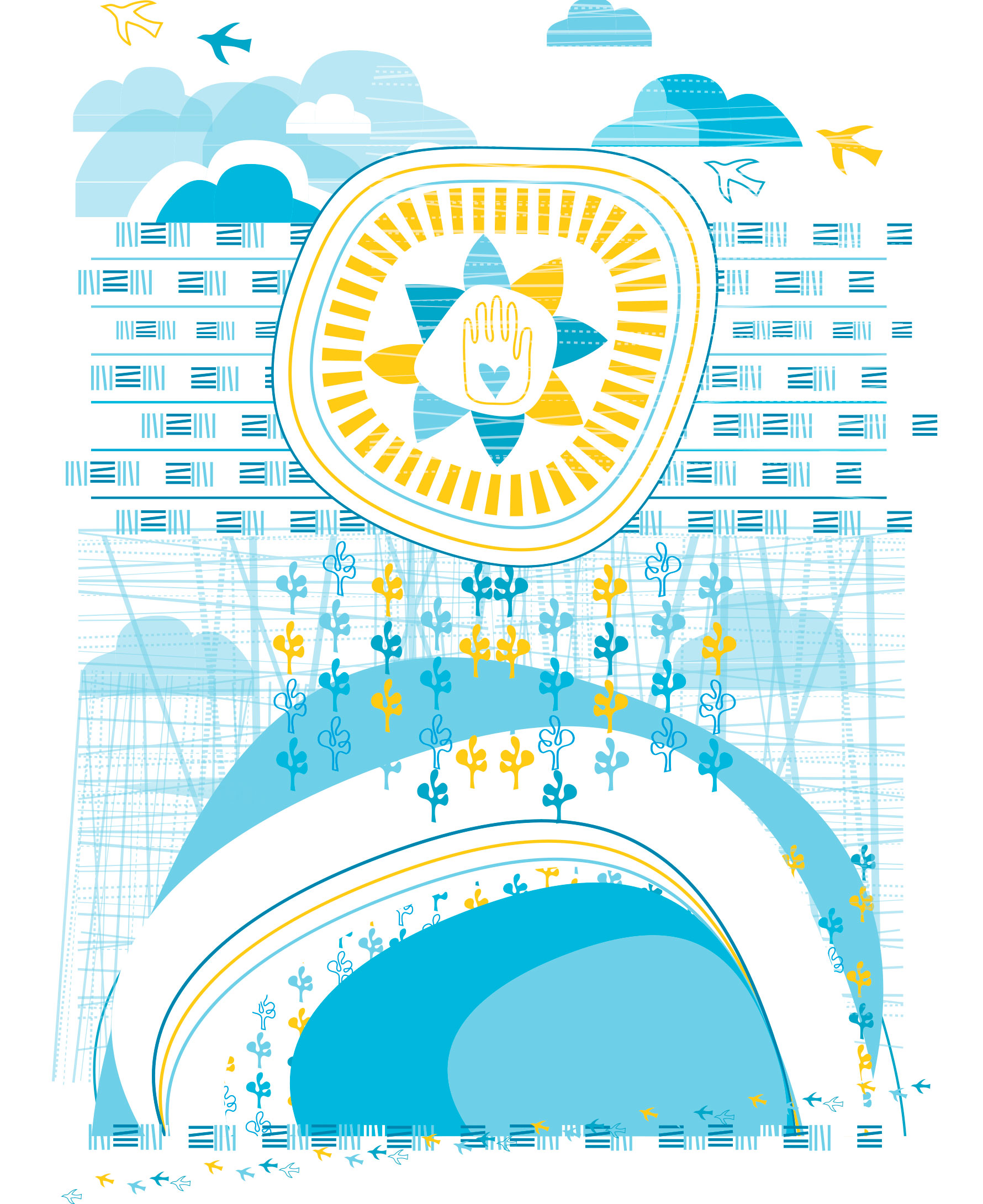
Quality of Life
We support life’s journey at vulnerable stages for children, young adults, families, and older adults.
Programs:
- Aging
- Family Stability
- Youth Camping & Swimming
- International Health

MAHUBE-OTWA shows the power of connection through their network of partners and the nearly 18,000 people they serve in their vast rural region of Northwest Minnesota. There they are building community and moving the needle toward multi-generational upward mobility out of poverty through a Whole Family Approach.

Paid in 2023
Payments in 2023
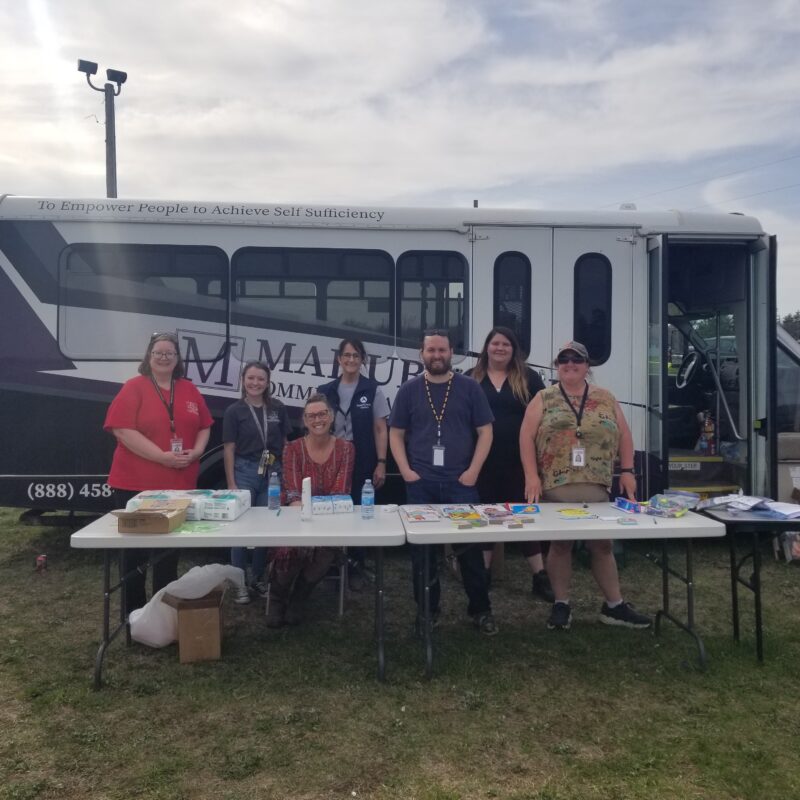
Thriving through community collaboration in rural Minnesota
Founded in 1965, MAHUBE-OTWA Community Action Partnership provides a range of upward mobility services in a vast rural area. The name MAHUBE-OTWA is a combination of the five counties in Northwest Minnesota where the organization has administrative offices: Mahnomen, Hubbard, Becker, Otter Tail, and Wadena counties. Now, MAHUBE-OTWA takes a whole family approach, working with children, parents, and elders simultaneously to ensure multi-generational upward mobility. In 2023 the 185-member team at MAHUBE-OTWA served 20 counties and three tribal nations.

Thriving through community collaboration in rural Minnesota
MAHUBE-OTWA Wadena office building.
Founded in 1965, MAHUBE-OTWA Community Action Partnership provides a range of upward mobility services in a vast rural area. The name MAHUBE-OTWA is a combination of the five counties in Northwest Minnesota where the organization has administrative offices: Mahnomen, Hubbard, Becker, Otter Tail, and Wadena counties. Now, MAHUBE-OTWA takes a whole family approach, working with children, parents, and elders simultaneously to ensure multi-generational upward mobility. In 2023 the 185-member team at MAHUBE-OTWA served 20 counties and three tribal nations.
A Mandate to Meet Community Needs
Sixty years ago, President Lyndon B. Johnson signed the Economic Opportunity Act into law giving each community tools to end poverty in ways that best met their need. While the services have been modified to adapt to a changing economy, MAHUBE-OTWA’s core purpose – help people help themselves and each other – and values of being client-focused, community-minded, and resourceful, have remained the same.
On any given day, a visitor to a MAHUBE-OTWA office might hear someone trying to read Ojibwe signage, perhaps an elder who knows the long words are a string of smaller words and doesn’t hesitate. Or maybe it’s a young parent working on reclaiming the language lost to his generation that he wants to pass on to his children.
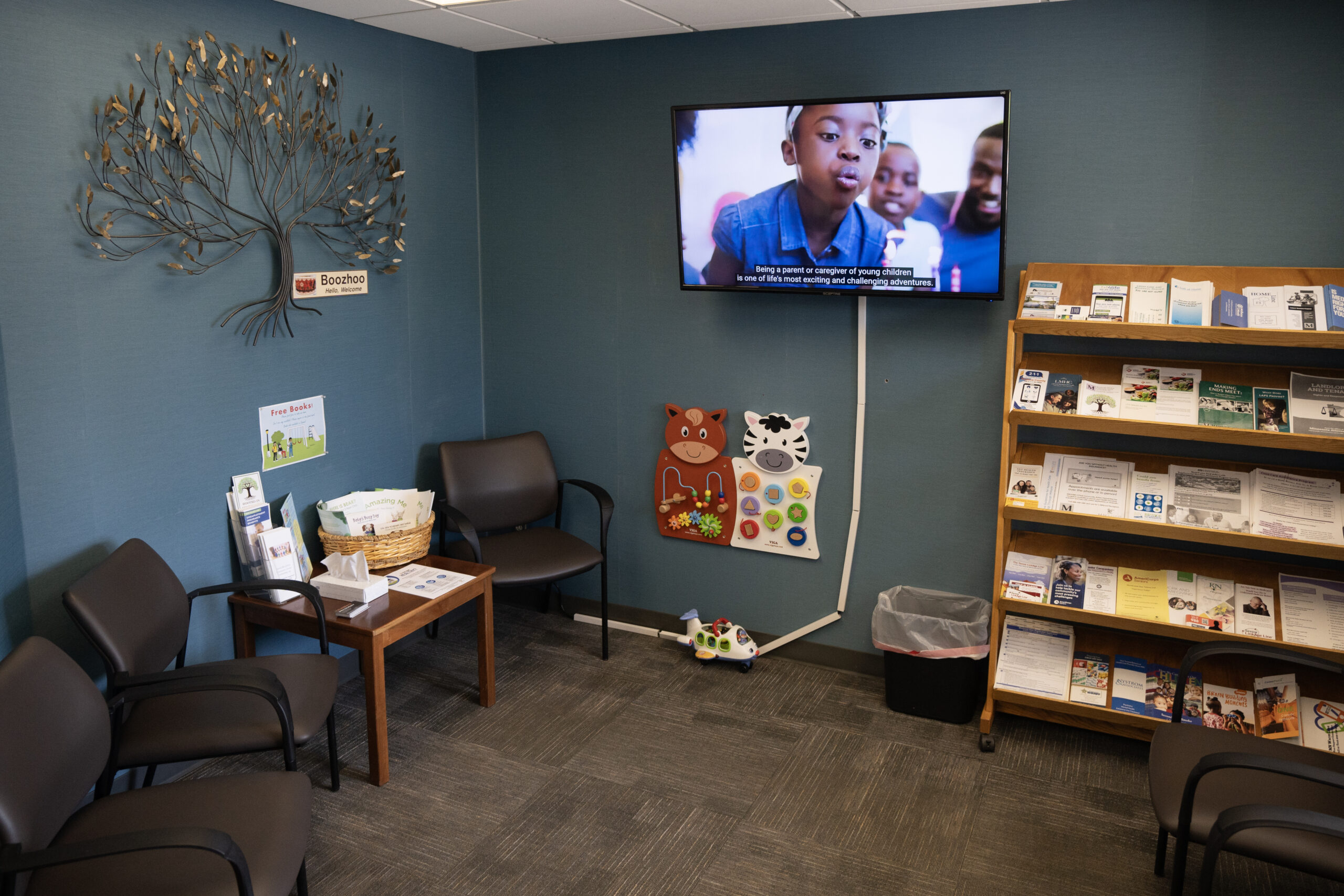
Waiting areas have resources for families and ways to entertain young ones as well.
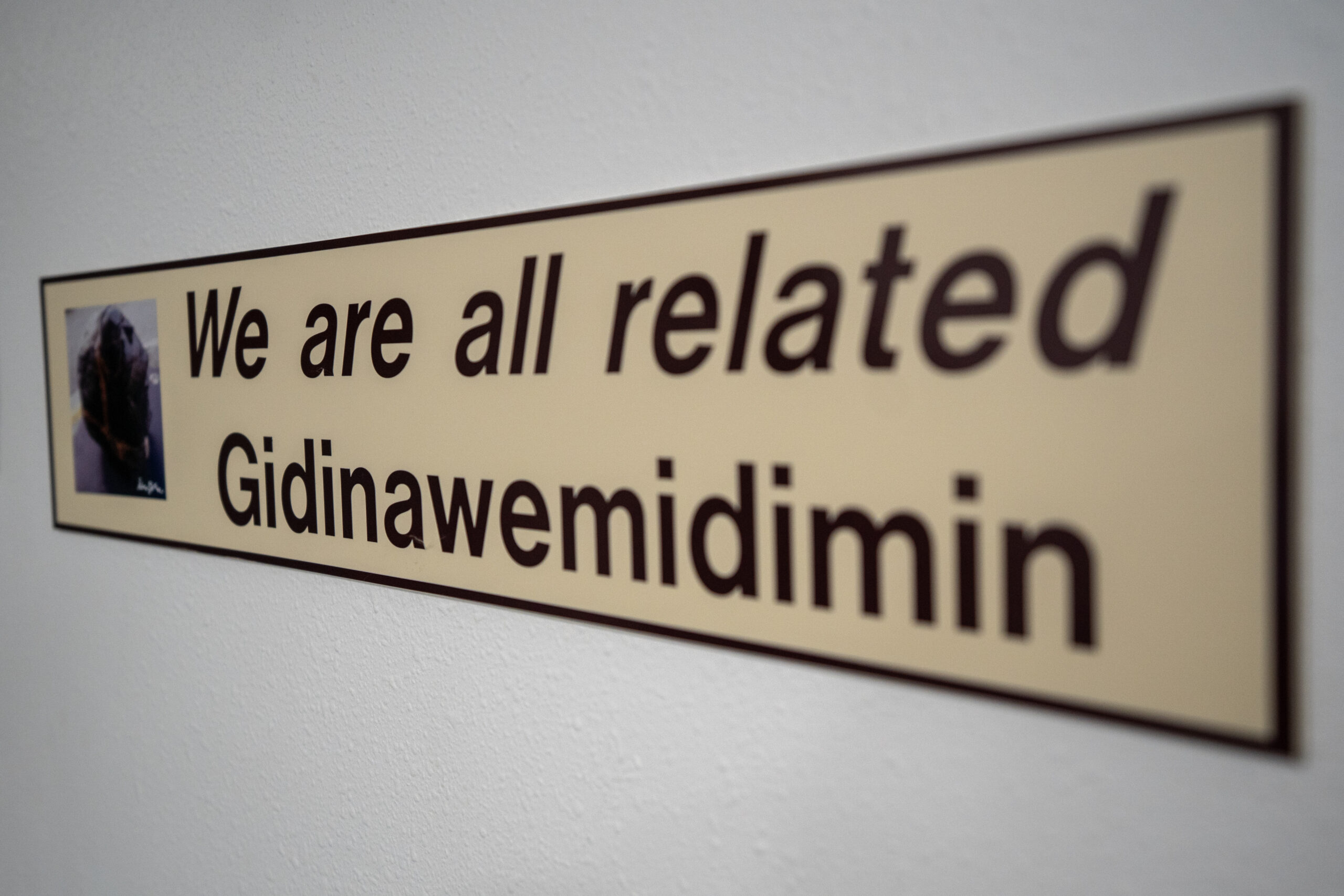
Ojibwe language signs are prominently displayed in MAHUBE-OTWA offices.
On the monitor located in the reception area, a visitor might see images from a recent photo project where young parents shared an image of something that gave them strength – for some it was a healthy routine, for others a religious practice, or their children, or a big accomplishment, or their ancestors. The photos flash across the monitor with encouraging words for other families who are trying to find their footing
A visitor might also taste a handful of cherry tomatoes picked from the nearby Medicine Garden by a volunteer and placed near the front desk for nourishment. Or smell the sage from a healing ceremony in the conference room. Quite often there is a young child nearby eager to share a toy or give a high-five.
“Community is literally our middle name.”
— Liz Kuoppala, - MAHUBE-OTWA Executive Director
Community-minded Partnerships
MAHUBE-OTWA manages over 1,100 organizational relationships through which it lives its value of being community-minded. In some instances, this can look like negotiating with a landlord to give someone a second chance, helping a teen get reconnected with school, or partnering with legal aid to help a family access benefits.
In others, it can mean convening quarterly meetings of the Family Service Collaborative – which includes superintendents, public health, social services, mental health, and probation professionals – to work on integrated services for families, or bringing local businesses together with faith community partners for a Poverty Simulation to help them experience firsthand the daily life of the families they serve.
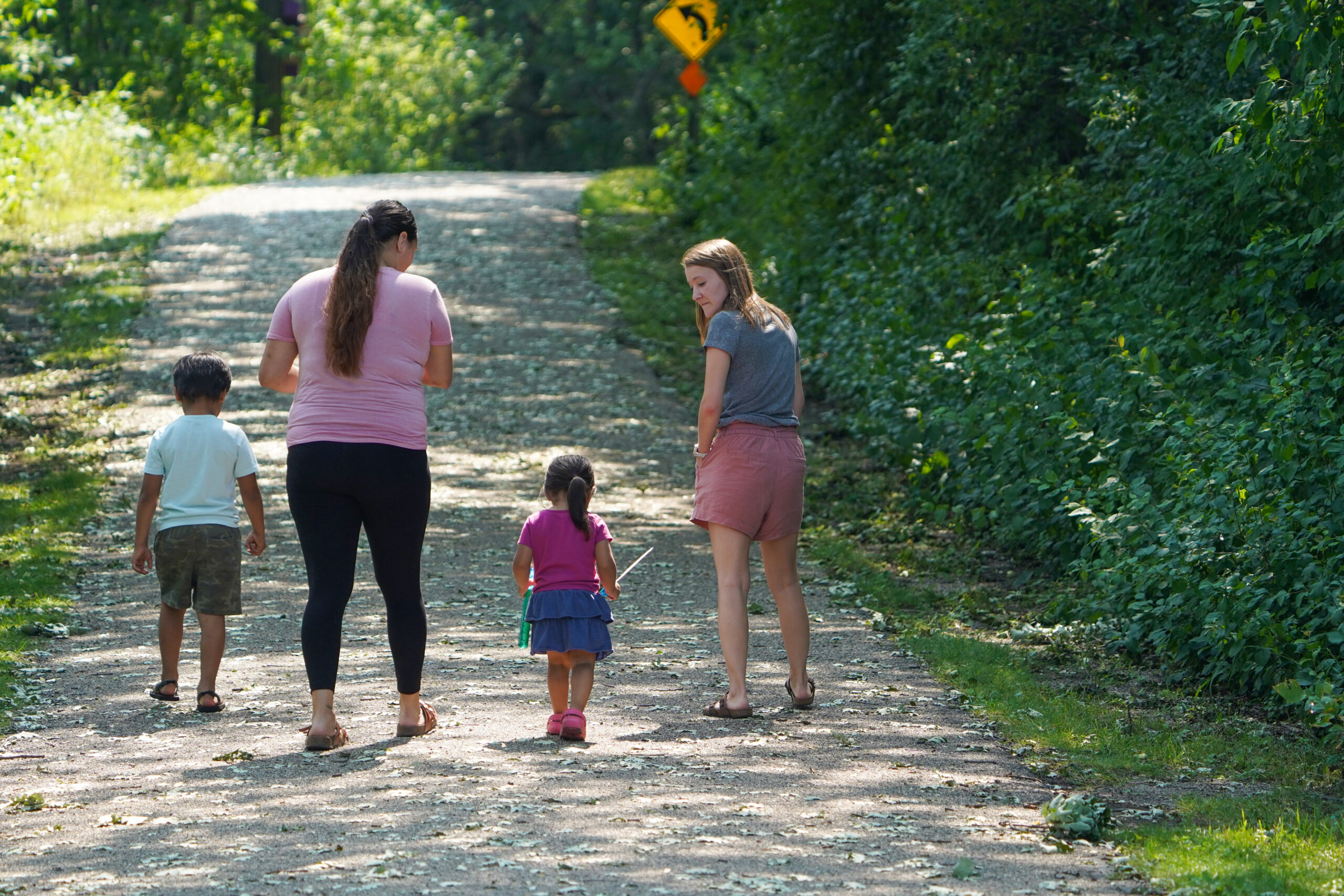
MAHUBE-OTWA Coaches guide families on their journey together
A grantee partner since 2020 in the Quality of Life Domain, MAHUBE-OTWA has adapted its service delivery model to a Whole Family Approach while meeting families where they are, and leveraging support to provide upward mobility while preventing backsliding.
The partnership with MACP has expanded the depth and breadth of MAHUBE-OTWA’s work. For example, after being connected with MACP grantee partner Johns Hopkins Center for Indigenous Health, MAHUBE-OTWA began to focus not only on Adverse Childhood Experiences (ACEs) in its trauma-informed work but to lift up the value of family and culture and other Benevolent Childhood Experiences (BCEs).
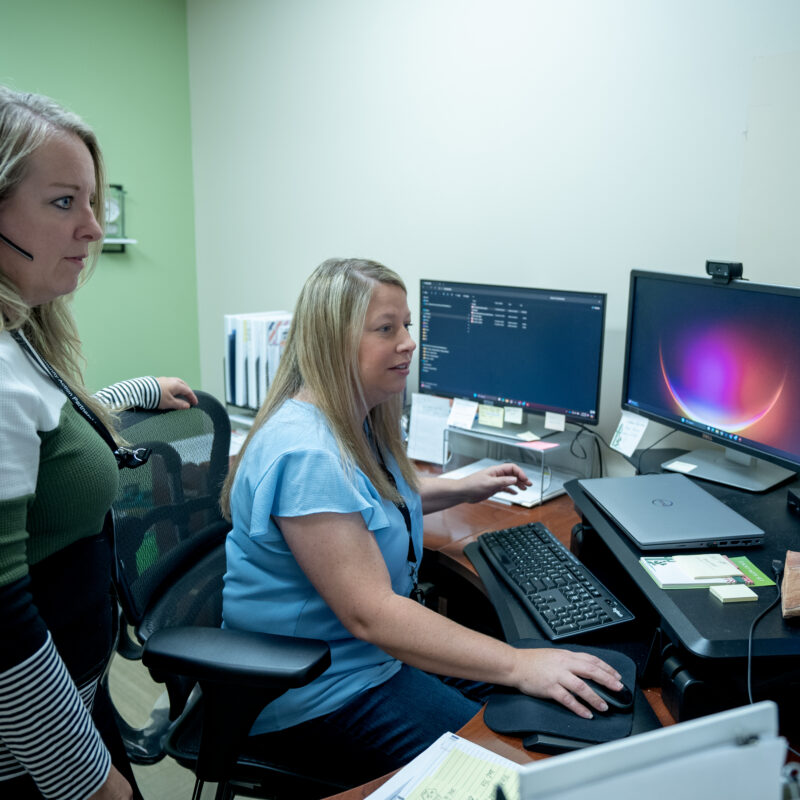
Collaboration is essential for MAHUBE-OTWA leadership and staff to work effectively within communities.
“MACP funding and partnership has helped us pivot from a scarcity mindset to an abundance mindset. We know we have plenty of natural resources, we know indigenous communities have thrived in these rural areas for millennia and are thriving still, we know rural areas have a way of pulling together to bring in the hay or to put up a barn. We are leaning into these collaborative and integrated approaches as our top strategy to end poverty.”
– MAHUBE-OTWA Executive Director Liz Kuoppala
By listening closely to their program participants (including hiring some on as staff, contracting others as context experts, or still others serving on the Board of Directors), MAHUBE-OTWA continues to evolve its services to meet changing needs and opportunities.
Recent examples include a Winter Car Prep program where families enrolled in Education or Employment Pathways are provided a chance each fall to get their car checked for tires, batteries, wipers, and lights to keep them safe in the winter.
There were also outreach events in Mahnomen and Naytahwaush, where a combined 77 families, 119 parents, 39 one-parent households and 40 two-parent households were provided with giveaway items like diapers, wipes, personal care products, and kid games. These events are an opportune time as well to share information about MAHUBE-OTWA’s programs and services. A community engagement bus, purchased as a part of MACP support, works well to transport staff and resources throughout the multi-county region.
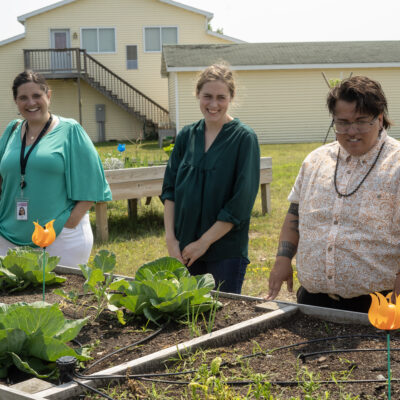
MAHUBE-OTWA staff take in the community garden at the Detroit Lakes MAHUBE-OTWA office.
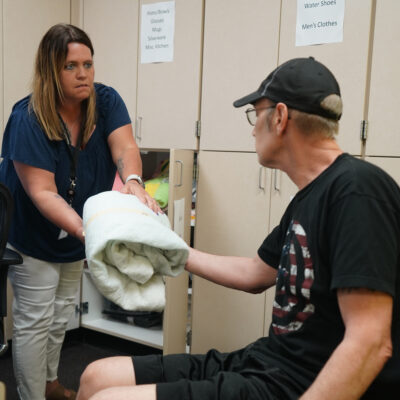
MAHUBE-OTWA staff with a member of the Wadena community
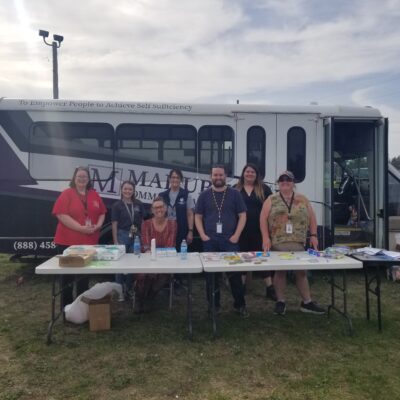
Community Engagement bus in action. Pictured L to R: Shanna Grefsrud, Kayla Johnson, Dana Patsie, Cynthia McDonough, Wayne Somes, Destiny Weaver, Tricia Shaw
Former Head Start preschoolers who are now completing high school and headed to college have an opportunity to receive a scholarship for another “head start.” MAHUBE-OTWA is able to provide Barrier Elimination Funds with MACP support, which are flexible resources to meet needs that cannot otherwise be met with public funds such as school needs for kids and adults like laptops or textbooks, car repairs, and utilities.
Last year, MAHUBE-OTWA served nearly 18,000 people with a range of upward mobility services.
None of these services or interactions were merely transactional. All of them required partnership with clients and community. This is how MAHUBE-OTWA in a vast rural region of Northwest Minnesota is moving the needle on poverty, not by fighting against it but by building community and making meaningful connections.
Story by Liz Kuoppala, MAHUBE-OTWA. Photos by Ne-Dah-Ness Rose Greene. Video courtesy of MAHUBE-OTWA.
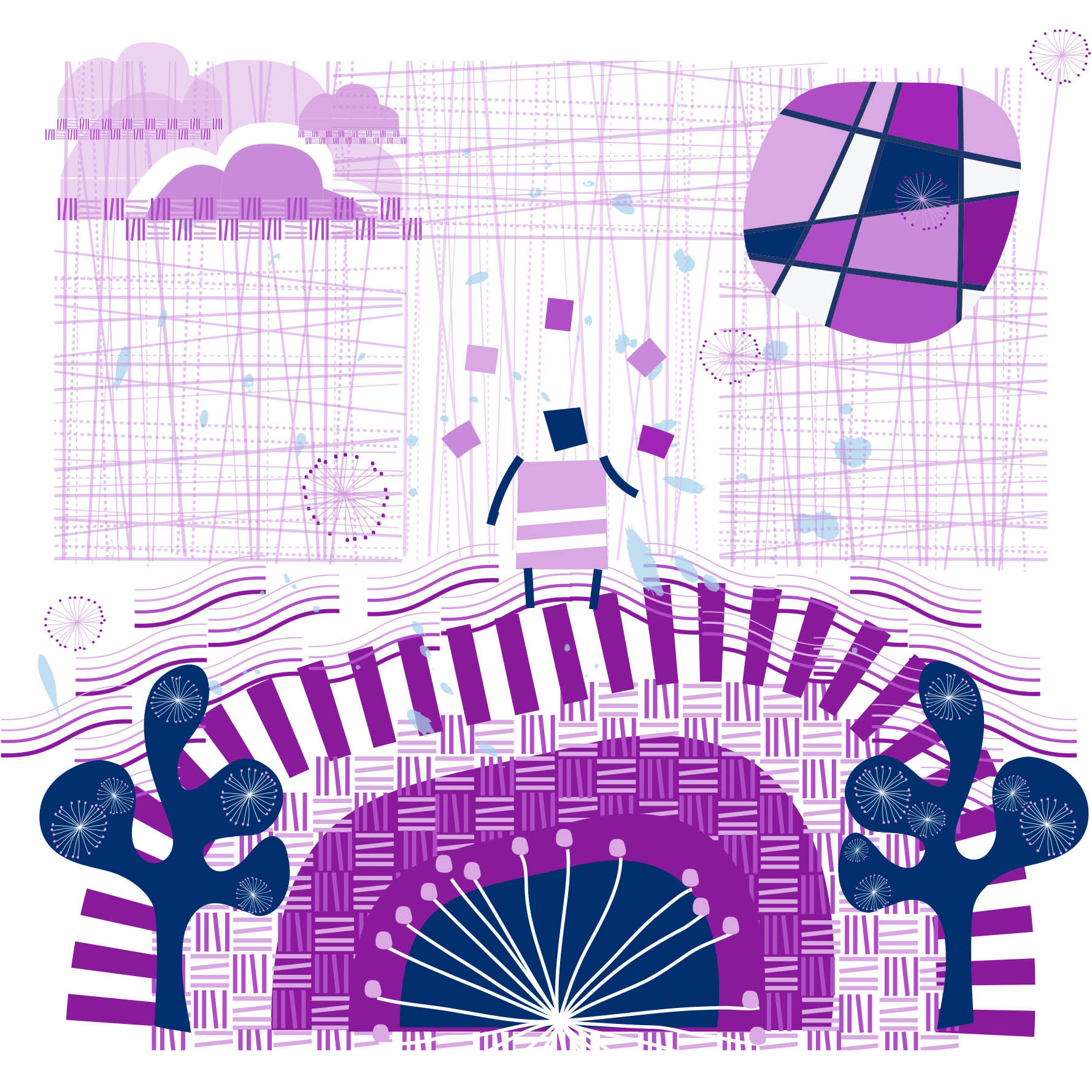
Teachers & Students
We support the teaching profession and student success.
Programs:
- Teachers
- Postsecondary Success

Through the “Bridge” concept, Berea College students are connected to support services and programs at each stage of their college learning journey. Students build their skills and thrive in a new environment, forging relationships that will last a lifetime.

Paid in 2023
Payments in 2023
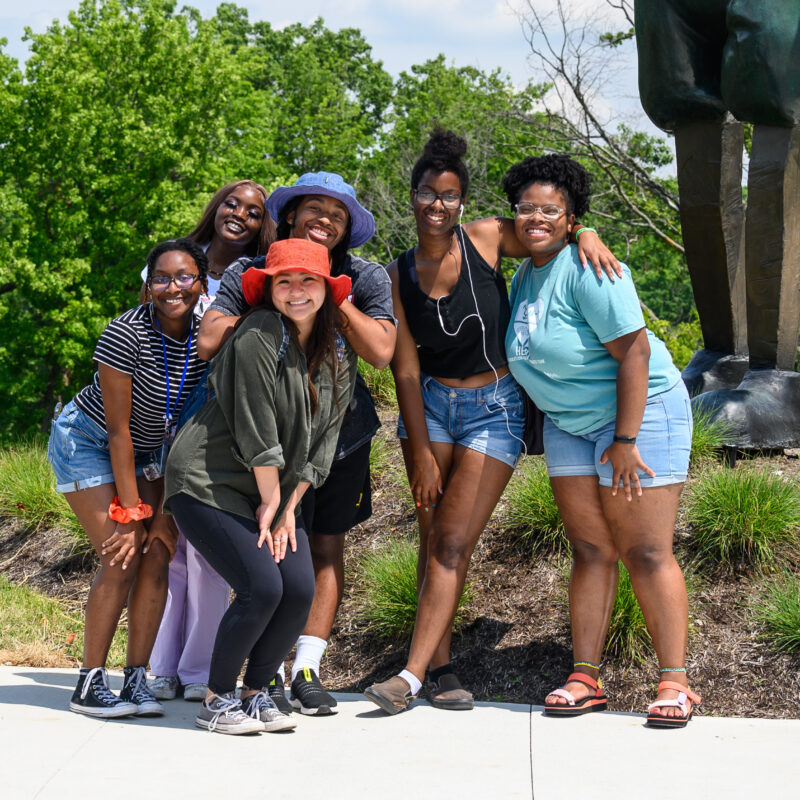
A balanced approach to student support with Bridge In, Through, and Out
A college like no other, Berea College is located in central Kentucky on the edge of the Appalachian Mountains.

A balanced approach to student support with Bridge In, Through, and Out
A college like no other, Berea College is located in central Kentucky on the edge of the Appalachian Mountains.

Berea College, Ehku Say ’26
Berea College was the first integrated, co-educational college in the South, and it has not charged students tuition since 1892.
Berea is intentionally designed for students of limited financial means and unlimited potential. Maintaining a top national ranking, the college offers academic breadth, a work-integrated educational program, and unmatched support for students to belong, thrive, and succeed during their time at Berea and post-graduation.
The college’s mission is stated as eight Great Commitments, which make up the moral framework that informs every action Berea takes toward serving its students, its community, the Appalachian region, and the world beyond. The Commitments focus on principles such as advancing the power of love over hate, human dignity and equality, and peace with justice.
A longstanding partnership
As a named beneficiary of the Anne Ray Foundation, Berea and MACP have engaged in a longstanding partnership to address a distinctive challenge among higher education institutions: How can Berea help its unique population of approximately 1,500 students thrive? In 2011, this question led to a new approach of thinking intentionally about a metaphorical “bridge” to clarify and give purpose to supporting the college’s students of great promise.
This systematic and complex concept of helping students facilitate and design their individualized bridge in, through, and out of Berea results in a supportive environment that is unparalleled in higher education.
The Bridge In focuses on helping prospective students recognize that they belong at Berea College. Support includes expanding the steadfast efforts of the Office of Admissions to nurture a rich campus environment by admitting a highly diverse class of incoming first-year and transfer students, making Berea one of the most racially diverse private liberal arts colleges in the U.S.
Through high-touch services such as a Family Engagement Counselor to work with families as they navigate the confusing process of applying to college, the Admissions team seeks to find students with determination, academic success and grit, and high financial need who will be the perfect fit for Berea.
Fostering a diverse student body is central to Berea’s mission. At Berea, students learn from one another through a spirit of kinship, where diversity enriches students’ perspectives and supports growth, shaping them into better leaders and citizens.
“I underestimated how different college is from high school. So, the Bridge program has definitely helped me slowly progress into what college will require from me, especially academically.”
— Milena Campos, ‘28
Once students are admitted, attention turns toward easing each student’s journey from high school into college. A hallmark transitional program includes an intensive four-week summer Berea Bridge program where incoming students take courses, participate in the college’s federally recognized work program, and learn skills to help them prepare for all aspects of their life at Berea.
Support for the Bridge Through comes in numerous curricular and co-curricular forms to ensure that students continue to develop their unique identity and voice while supporting their resilience and persistence—from over 33 academic majors; to a suite of programs and centers dedicated to educating the whole person, to free medical, counseling, dental, and accessibility services; to supplemental advising and intervention efforts.
“I know these people are also students... but they come together and they come from all different backgrounds, diversity, they know things that I might not know, and they're giving me their knowledge...”
— K-lord Fernandez Cayetano, ‘27
Among the college’s many initiatives focused on diversity, equity, and inclusion are the Male Initiatives, which seeks to improve retention and engagement among Black, Latino, and Appalachian male students. The program begins with a first-year course that is complemented by intentional co-curricular programming for participants throughout their matriculation to foster a deep sense of belonging and leadership skills among each Male Initiative cohort.
Helping students design and construct their Bridge Out has been an area of increased focus in recent years. The provision of financial resources for students beginning in their sophomore year—including paid internships, career development resources, and transition funds for each graduating senior—provide pivotal educational experiences that enable students to develop skills, expand their professional networks, and achieve greater confidence in themselves and clarity for their career direction. These efforts are vital for Berea’s population of students who often do not have familial professional support, experience, and networking structures in place.
“I realized Berea is where I wanted to stay to start my life… BereaCorps gives me this opportunity to start saving, learning how to handle my finances and understand insurance, and also get a better hold of my health before I can start helping others.”
— Reganne Fox, ‘23
Post-graduation, a cohort of 22 recent graduates also have an opportunity to be employed at the college for up to two years in the BereaCorps program, where they can give back to Berea while gaining valuable work experience and enhanced professional development to help these young alumni identify their next steps both professionally and personally.
Mutual respect for Berea College
Berea College was a mutually respected institution by Margaret Cargill and her dear friend, Cathy Hopper, who attended the college in the early 1950s. That year made an impression that stayed with Cathy throughout her career as an educator and school administrator, and later as Assistant Superintendent of Operations for the San Diego Unified School District. While working with Margaret and co-founder Christy Morse on Margaret’s early philanthropic work, Cathy helped to establish a connection to Berea, and MACP funding helped launch its Bridge programs.
Through the MACP-Berea partnership, the college has remained steadfast in its commitment to the transformative power of learning as it educates current and future generations of students who wish to build a better and healthier future for themselves, their families, their communities, and beyond.
Key story content provided by Berea’s Teri Thompson and Rachel Roberts-Lakes. Video courtesy of Berea College and produced by Justin Skeens, Director of In Cahoots Films, LLC.
*This excludes employee matching gifts and employee service awards.

A Note About Our Structure:
Margaret A. Cargill Philanthropies is composed of two grantmaking foundations: Margaret A. Cargill Foundation and Anne Ray Foundation. Margaret A. Cargill Foundation is a private foundation that spends at least 5% of its assets on charitable activities over time. Anne Ray Foundation is a supporting organization, which makes grants to organizations named in its formation documents. It spends at least 3.5% of its assets on charitable activities over time.
While our two entities have different governance structures, we operate as a combined organization with shared staff, grantmaking strategies, processes, and platforms. The two foundations share administrative costs and operating expenses, with the intent to maximize resources available to support charitable activities. In addition, our investment strategies and our charitable spending support our founder’s desire to operate our grantmaking programs in perpetuity, offering permanent sources of funding to the causes she valued.

2023 Grantmaking by Domain
Environment
Quality of Life
Disaster Relief & Recovery
Legacy & Opportunity, Legacy Giving
Teachers & Students
Arts & Cultures
Legacy & Opportunity, Local Initiatives
Animal Welfare
Other
Thank you
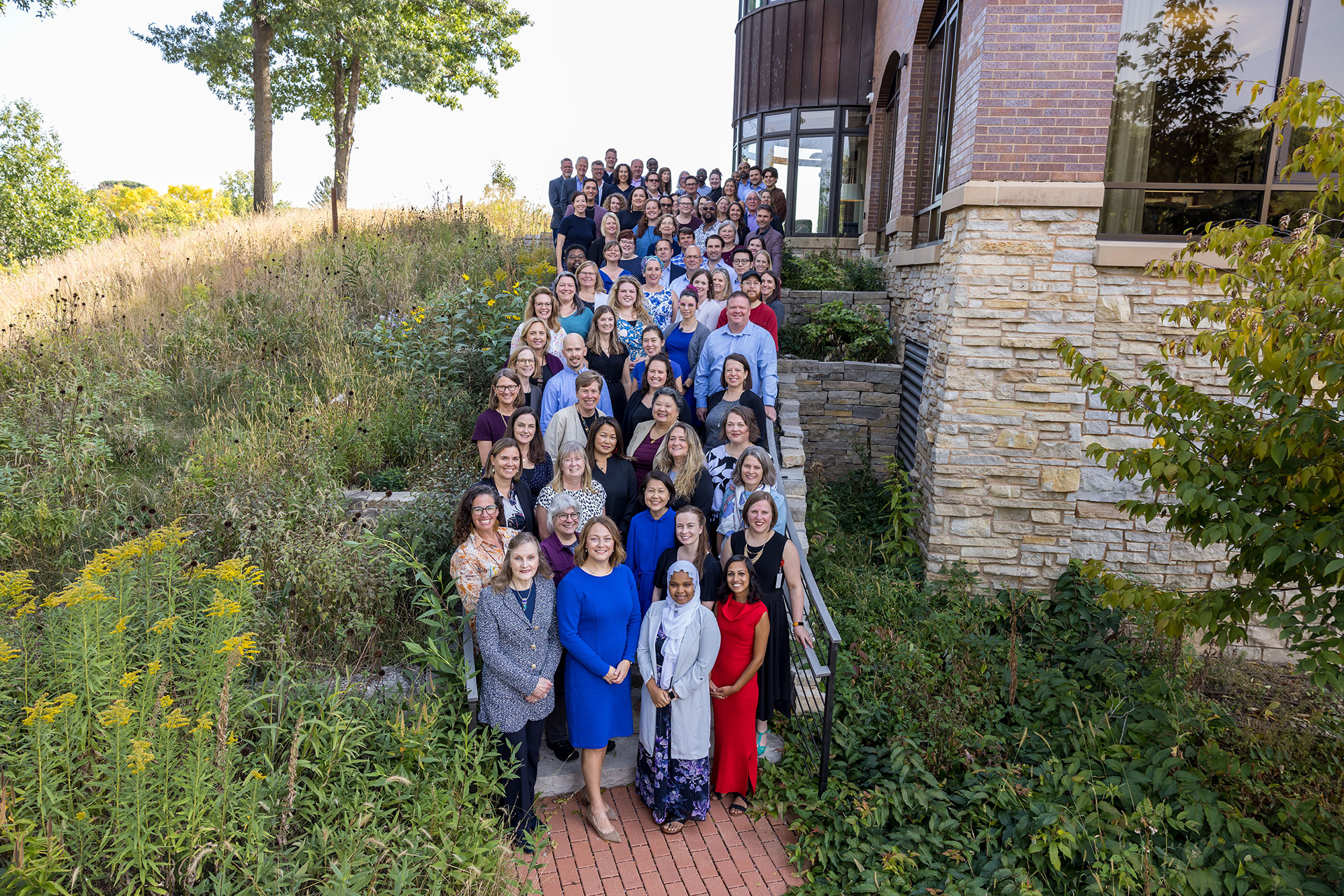
Staff photo by Rebecca Slater.
Art by andreacobb.com © 2024.
Design by Shari Zimmermann.
Development by Haberman.

